About Agaves
 Most agaves are unfazed by harsh sun, high heat and minimal water. Their statuesque, fountainlike forms lend a sculptural element to any garden, and contrast beautifully with fine-textured plants. They also make good firebreak plants and security fences.
Most agaves are unfazed by harsh sun, high heat and minimal water. Their statuesque, fountainlike forms lend a sculptural element to any garden, and contrast beautifully with fine-textured plants. They also make good firebreak plants and security fences.
Pests & Problems
Agave snout weevil is a major concern. ALL agaves are vulnerable to this serious, rapidly spreading pest. Find out how to prevent and treat snout weevil.
Growing Conditions
Being indigenous to the New World (the American Southwest, Mexico and Central America), larger agaves store enough moisture to get by on rainfall alone and will grow in nutrient-poor soils.
Although agaves like water, their roots---like those of most succulents---will rot in waterlogged soil. Plant them in coarse soil that drains well.
With the exception of a few soft-leaved and variegated varieties, agaves want sun---the more the better---in all but desert climates.
Pruning
When cutting a damaged leaf, keep in mind that a straight-across cut at its midsection will spoil an agave's symmetry. It's best to make two cuts that trim the leaf to a "V" that resembles the leaf's natural tip. Or cut the leaf all the way to the trunk. See how.
Large agave removal
- Cut off the bloom spike when it forms at the top of the plant. (This doesn't stop an agave from dying, but it does prevent the stalk from turning into a tree.) See how.
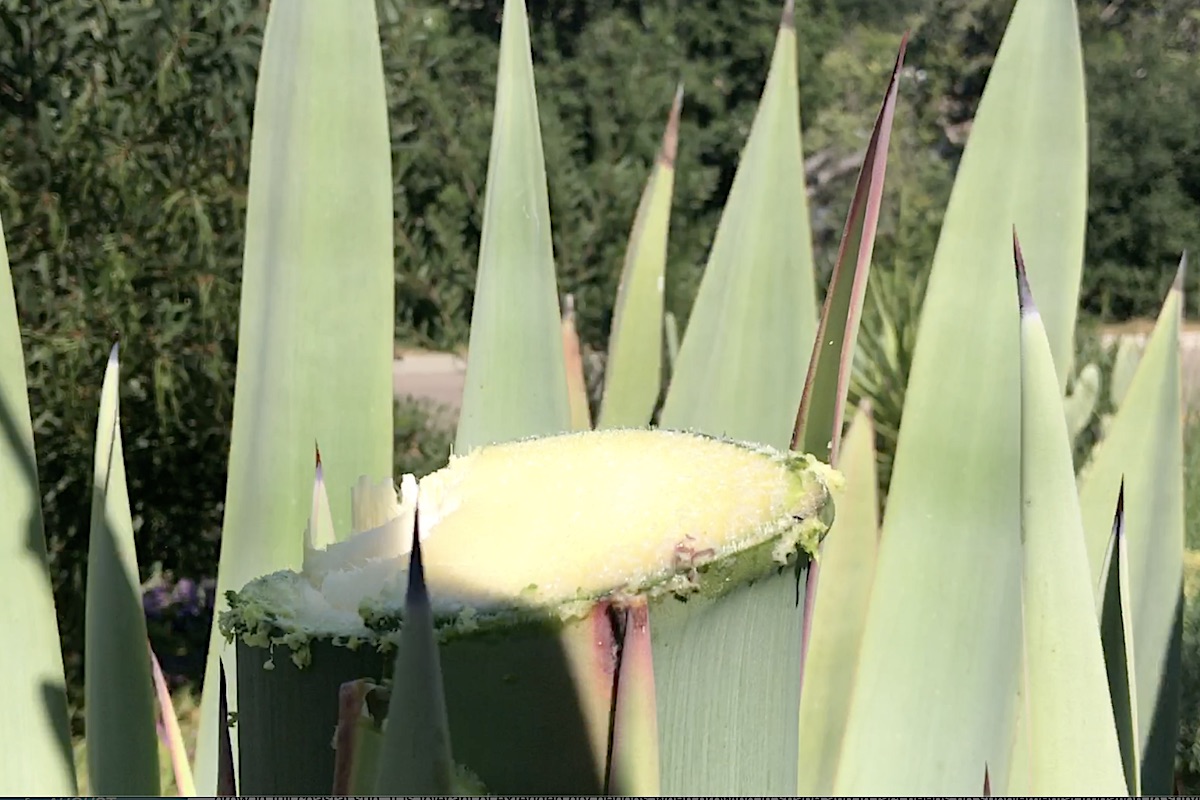
- Saw off the agave's leaves and discard.
- Optional: Chop the roots and roll the pineappled core out of the way.
- Let the core continue to dry. This can take six or more months.
- When the core is shrunken and dry, saw it into pieces for the trash.
Containers

Agave victoriae-reginae is arguably the best small agave for pots.
Agaves smaller than basketballs make excellent potted plants. Small agaves---there are many---look best displayed one to a pot. And any large species, when young, is fine in a container, in fact, will stay smaller longer.
Know how big any given agave will get
A significant advantage for homeowners who work with succulent nurseries and landscape designers is that they know how large Agave species and cultivars will get over time, and can help select and position the plants accordingly.
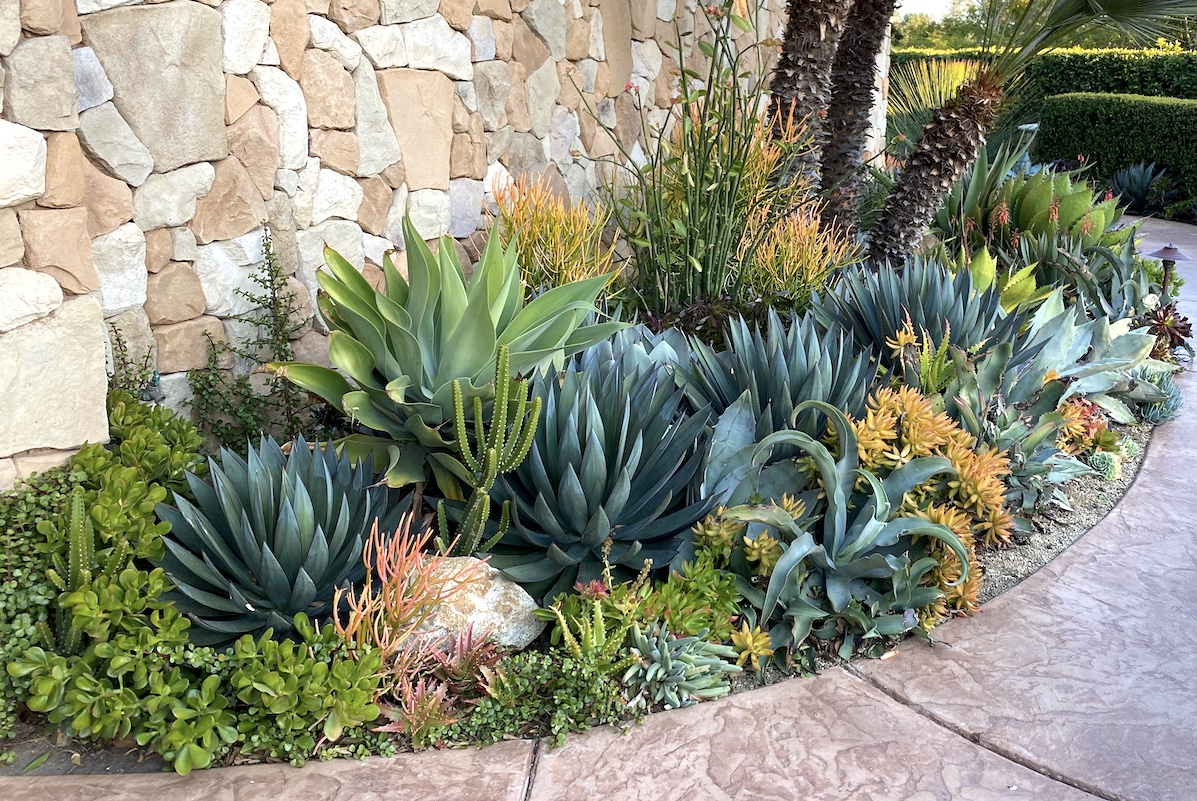
A lovely succulent garden, right? Yes, until all those agaves double in size. Yikes!
Case in point: Blue agaves often appear interchangeable when young and in one-gallon nursery pots. But when mature, there's a huge difference (literally) between, say, Agave americana and Agave ovatifolia (both in the Gallery below). Plus, one sends forth pups that spread prolifically, and the other politely doesn't.
About those spines
Sharp points at leaf tips and along leaf edges can make agaves treacherous. If this is a concern, snip about a quarter inch from needlelike tips with garden clippers.
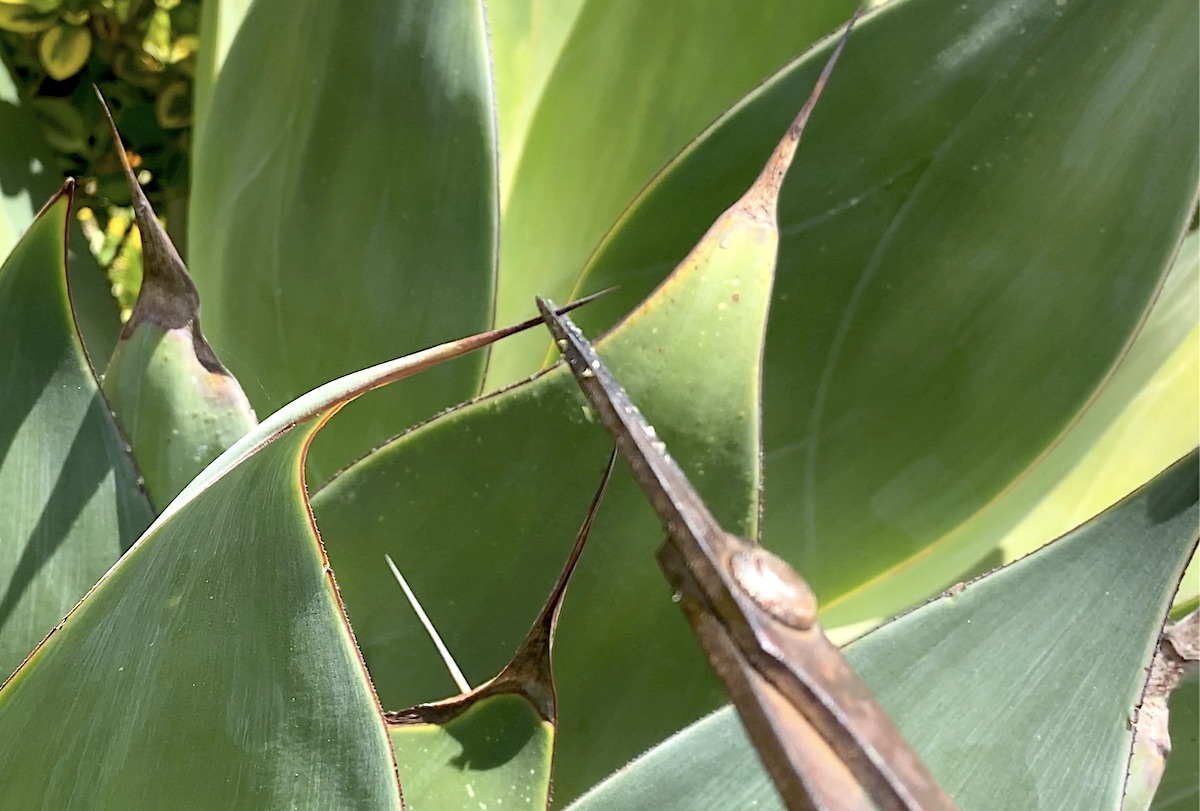
How to trim agave tips
Propagation
Nothing easier. Agaves start readily, even those lacking roots. Simply set the rosette atop friable soil and keep it out of strong, hot sun while it's growing roots, which will form from tissue at the base. Once rooted, an agave is able to hydrate its tissues and wants or can handle greater sun.
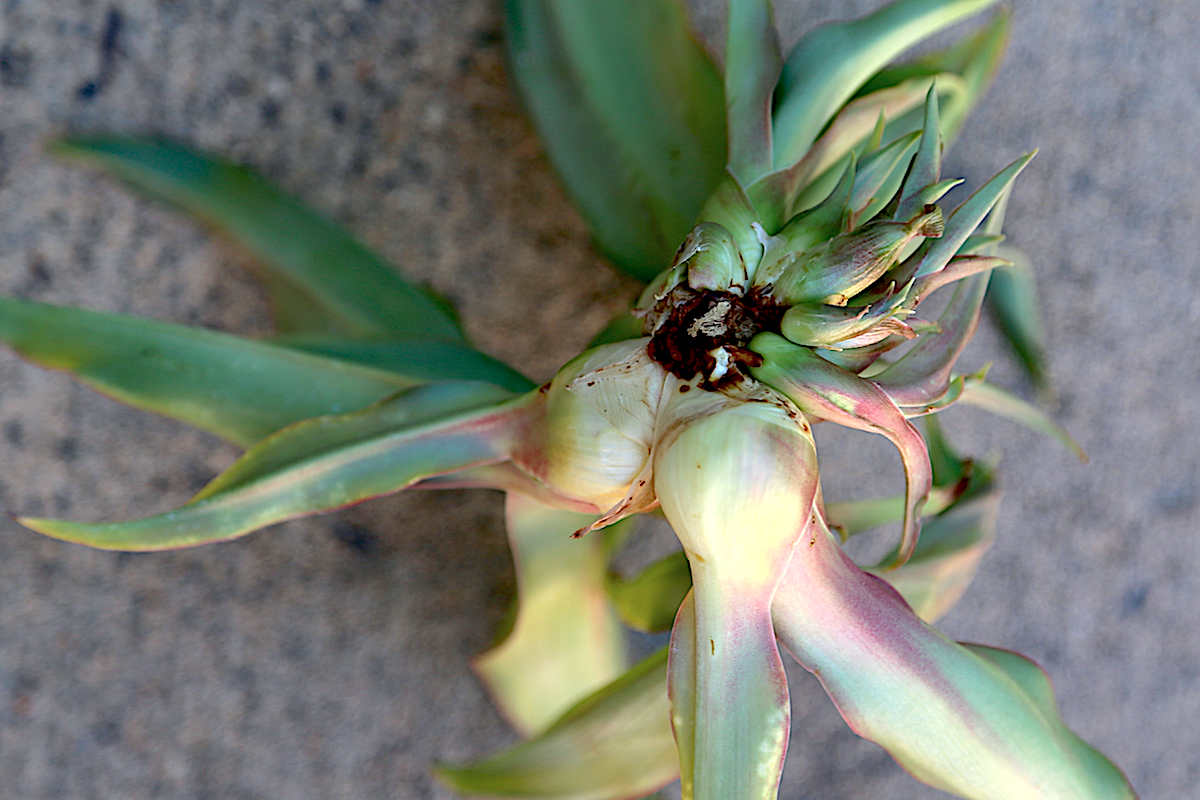
Bulbils from bloom stalk of octopus agave (Agave vilmoriniana)
One of the most widely grown is A. americana (century plant), because it offsets so prolifically from lateral roots. Baby plants that pop up are "pups." Simply dig and replant.
When an agave blooms, you may get a bonanza of baby plants, or "bulbils." Those at the bottom of the flower stalk mature first. Cut off the stalk or wait for it to fall on its own, then twist off bulbous babies. In nature these may root on their own, but it's best to give them a head start. Fill a pot with potting soil, place the bulbil atop it, set in part shade and keep soil moist. When you tug gently on the leaves and the plant doesn't lift, it's ready to go in the garden.
Life Cycle
All but a few agaves are monocarpic, meaning they bloom once and then die. This may take as many as 25 years, but it will happen.
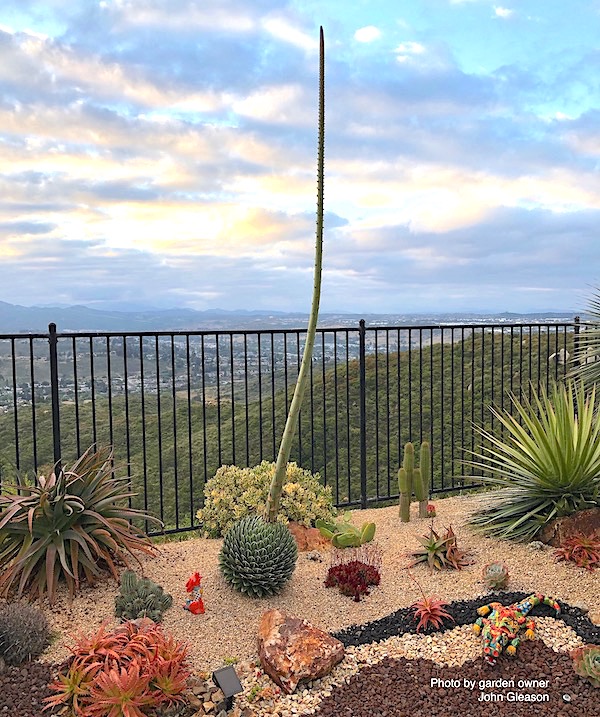
Agave victoriae-reginae in bloom
As it completes its life cycle, a mature rosette that has graced a garden for years sends up a tall flower stalk. Most, but not all, branch. The plant puts all its energy into flowering and eventually dies.
Flowers along the stalk eventually turn into miniplants (bulbils) or seed capsules from which new agaves can grow.
Only the individual agave that flowers dies. In some cases---notably Agave americana species---a litter of pups will carry on.
When will your agave bloom?
There are hundreds if not thousands of species and cultivars of Agave, and each type is on its own timeline. These are notorious for "blooming-out" early (three to five years): Agave angustifolia, A. bracteosa, A. desmettiana, and A. ovatifolia. See them in the gallery below.
One that famously takes 25 years to bloom is comparatively small (soccer-ball sized): Agave victoriae-reginae. Incidentally, one of the largest, A. americana, got its common name "century plant" because someone assumed it takes a century to bloom. No...about 20 years.
It's debatable whether growing conditions can delay or speed up maturation and subsequent blooming. It's possible; a well-fed agave will flourish and get big faster than one dealing with drought and poor soil.
Hardiness
Most agaves can handle cold into the 20s F if kept dry, and some go a lot lower. Based on info from agave experts and nurseries, I include the lowest temperature that those in my Agave Gallery (below) can handle.
Resources
Where to buy agaves
If you're in Southern CA, see my list of succulent nurseries and destinations.
If you're in Tucson: Starr Nursery.
Elsewhere, check with your local Cactus & Succulent Society of America chapter.
Videos
What to Do When Your Agave Blooms: Cautions Removal, 20 Kinds, How to Start Seeds & Bulbils (11:05)
Hidden Agave Nursery's Stunning Succulent Rarities (8:11) Jeremy Spath's nursery in Escondido, CA
Agave Essentials and Essential Agaves (14:36) How to select and grow agaves; 30 varieties for landscapes and gardens.
What You MUST Know About Century Plants (Agave americana) (2:50) Why this large succulent is terrific and terrible.
Century Plant Life, Death & Removal (4:45) What to do when your Agave americana blooms and dies.
Six Great Agaves for Your Garden (4:53) Alternatives to Agave americana.
Agave guiengola (with Kelly Griffin) (5:01)
Variegated Agaves in Hybridizer Kelly Griffin's Garden (4:33) Glorious multi-colored agaves.
Grow Agave attenuata (foxtail agave) (11:36) Care, cultivation, variegates, winter care, how to trim frost-damaged leaves.
Grow Agave lophantha 'Quadricolor' (2:27) A gorgeous small agave for gardens and containers.
Books
Agaves, by Jeff Moore and Jeremy Spath
See the Agave sections of my books Succulents Simplified and Designing with Succulents.
Discover the best agaves
Discover the best agaves for your landscape in my 15-minute video: Agave Essentials and Essential Agaves.
Agave Gallery
If you suspect I've ID'd these or any plants incorrectly, I definitely want to know. Please leave a comment or email me. May you enjoy exploring this marvelous genus! — Debra Lee Baldwin
Related Info on this Site
Your Agave’s Blooming–Now What?
Your agave is blooming! Now what? In my new video, Q&A and photo gallery you’ll find expert advice, agave IDs and how to start the plants from seeds and bulbils.
See Hidden Agave Nursery’s Rare Agaves
Hidden Agave Nursery is more than a source of rare and unusual agaves, it’s fast-tracking this popular succulent genus to its full potential. Owner Jeremy Spath specializes in species and cultivars that don’t get overly large, perform well in gardens, and are exceptionally beautiful. I share his fascination with
Agave Snout Weevil Prevention and Treatment
Agave snout-nosed weevil is a half-inch-long black beetle with a downward-curving proboscis that enables it to pierce an agave’s core, where it lays its eggs. Grubs hatch, consume the agave’s heart, then burrow into the soil to pupate.
Agave Dermatitis: How harmful is agave sap? Are you susceptible?
You’re already wary of poison oak, cactus glochids and the milky sap of euphorbias. Add agave sap to the list. In susceptible individuals, it causes the skin condition “agave dermatitis.”
Agave attenuata (Foxtail Agave) Care & Cultivation
How do I love foxtail agaves (A. attenuata)? Let me count the ways: They’ve performed well in my garden for over 20 years. In pots too. Rosettes eventually attain a manageable 5′ in diameter. Soft, flexible leaves lack barbs or points. Yes, a harmless agave! They’re trunk-forming unlike other agaves, so they serve as beautiful…
Types of Succulents from Aeonium to Zebra Plant, Photos & IDs
Debra’s Dozen Easy-Grow Succulent Plants for Beginners
Trying to make sense out of succulents? There are numerous varieties, but these are the most common succulents and those you’ll likely run across. Enjoy growing and discovering these fascinating “plants that drink responsibly!”


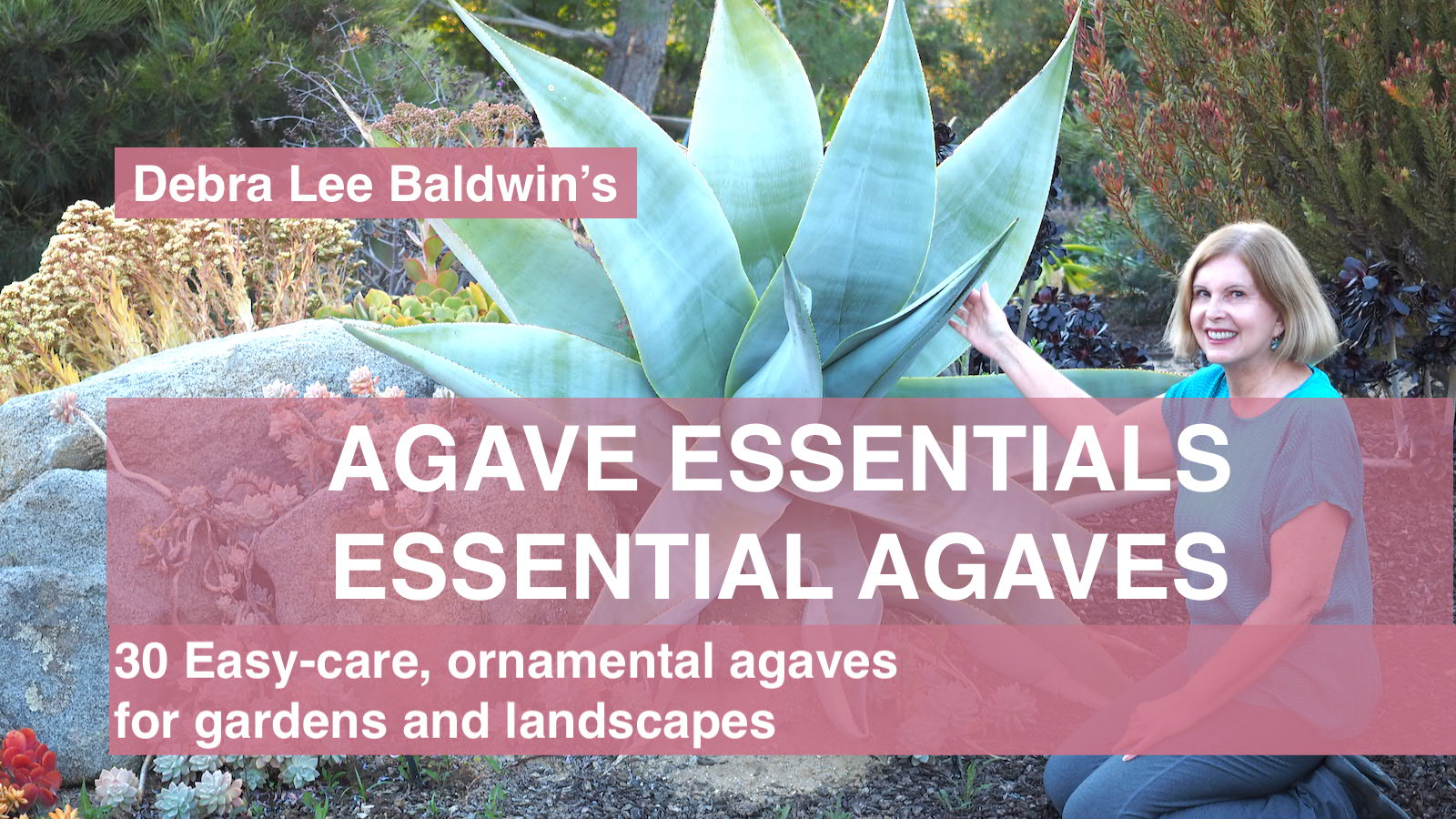
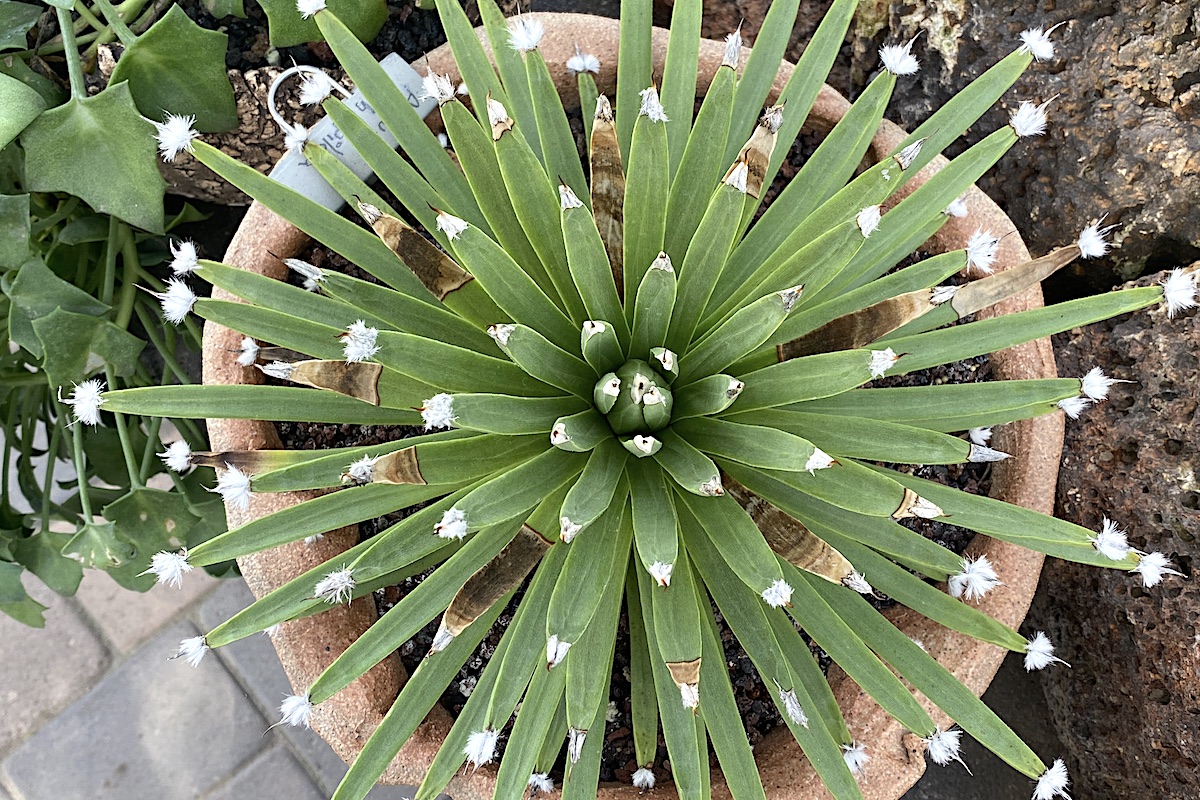
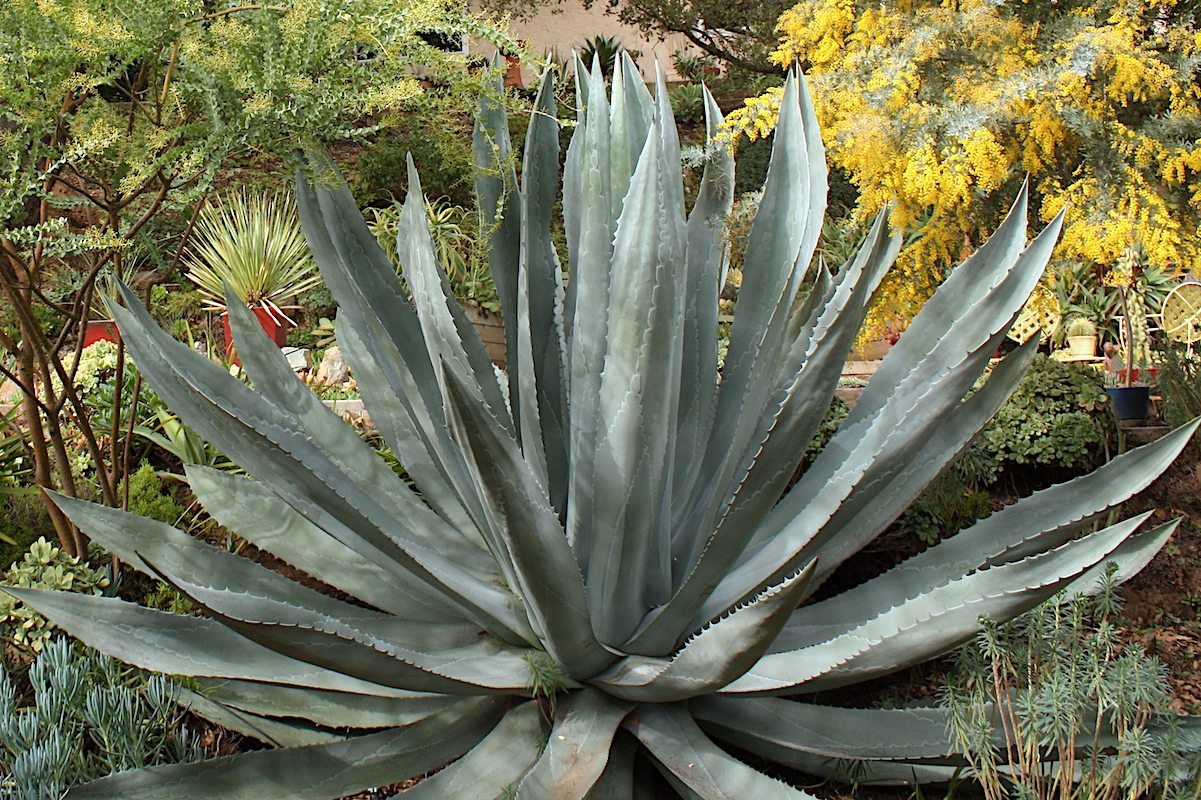
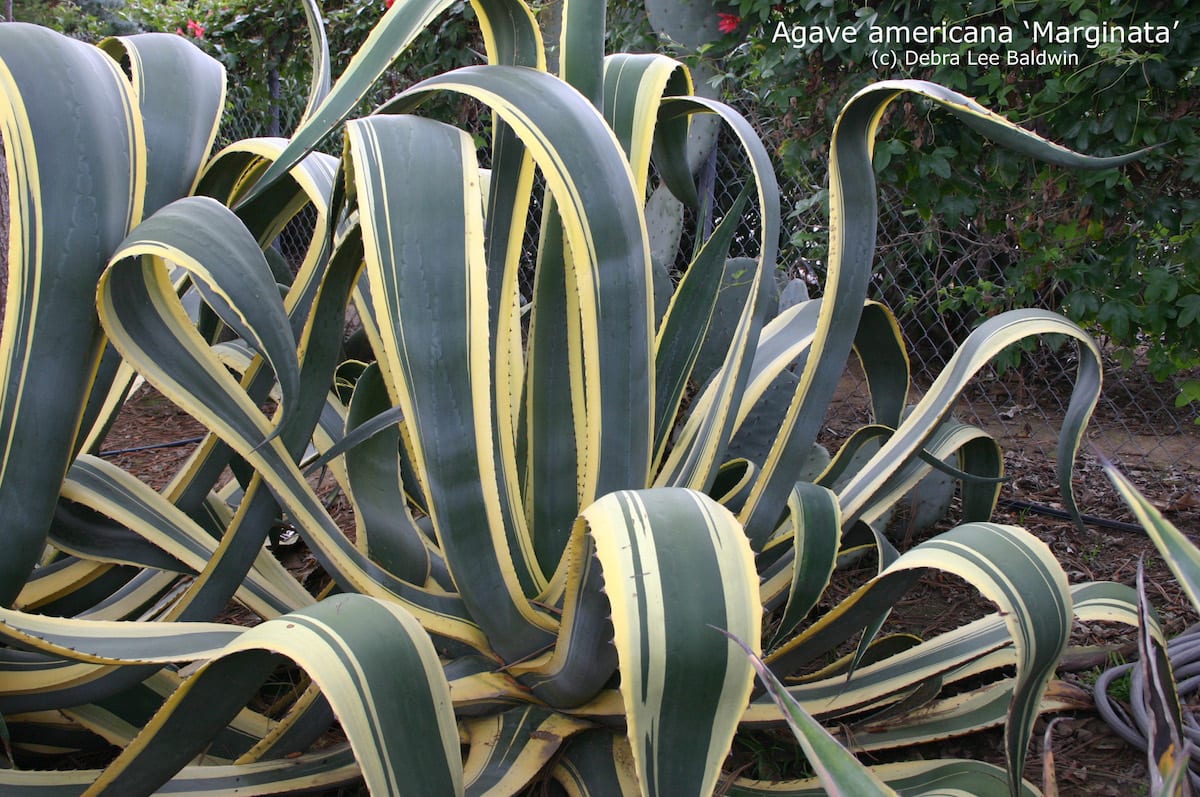
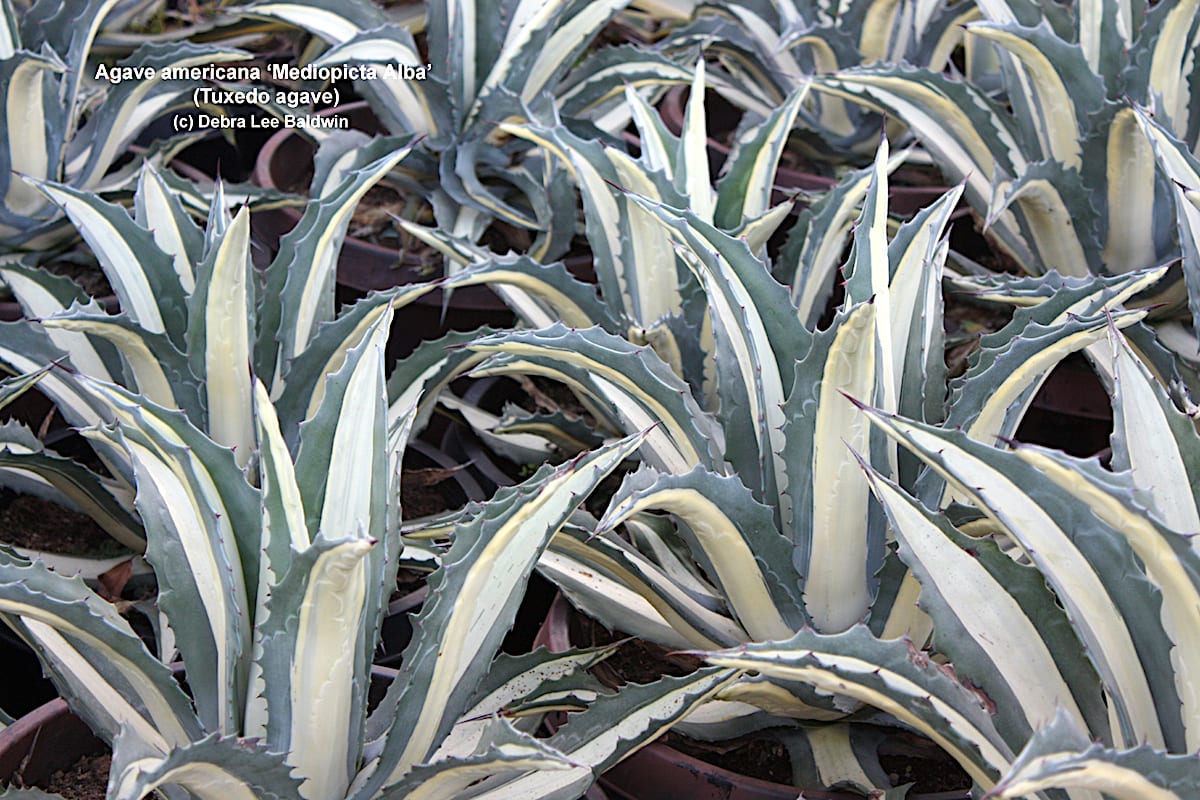
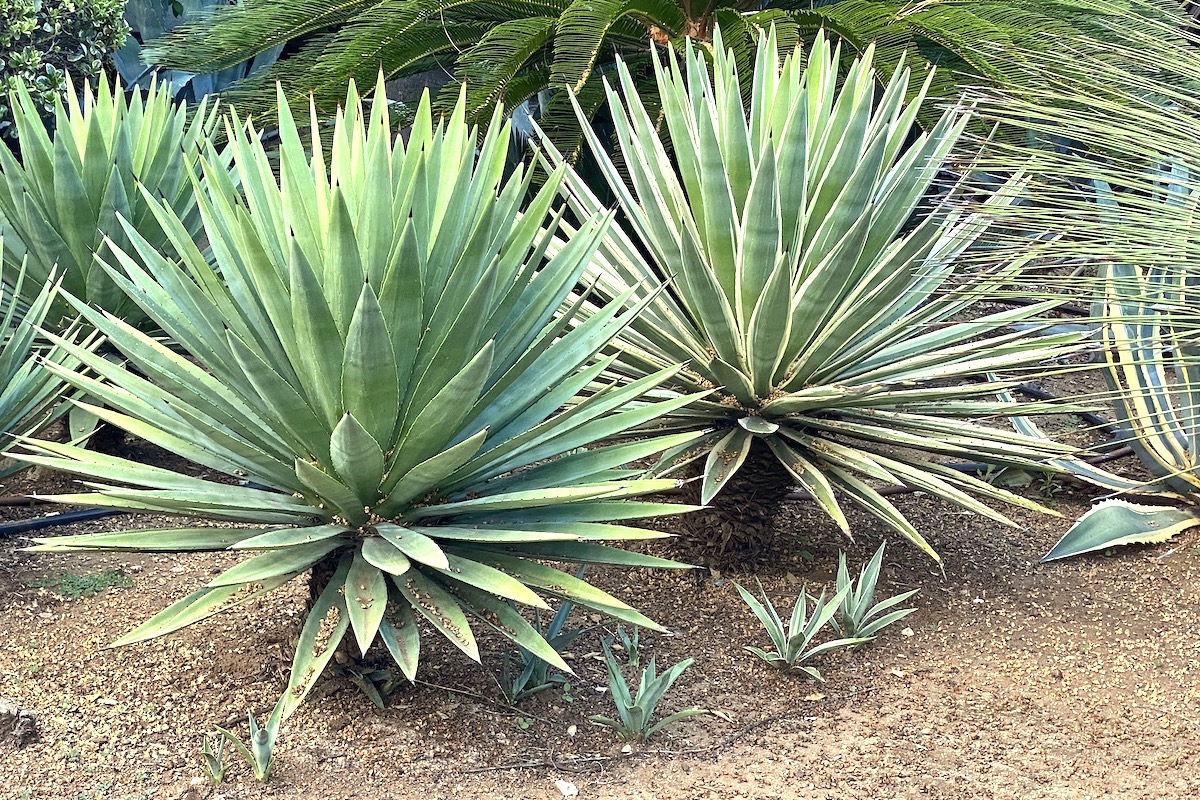
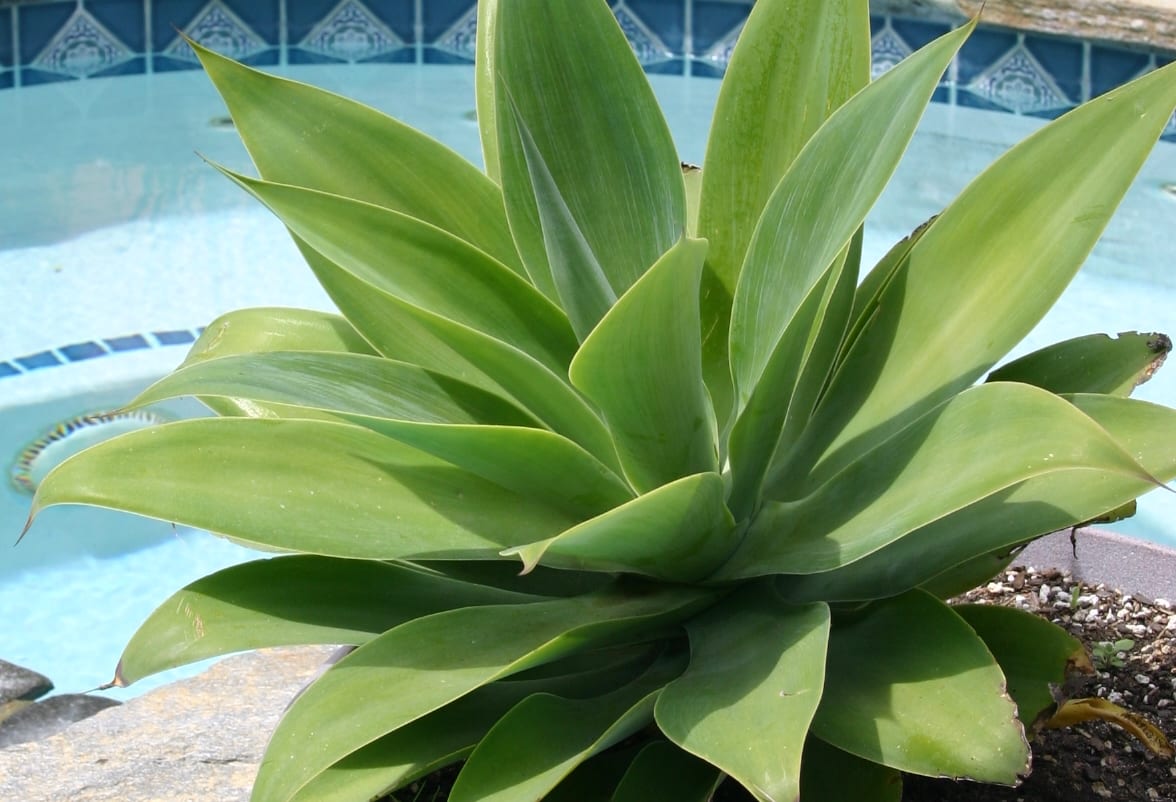
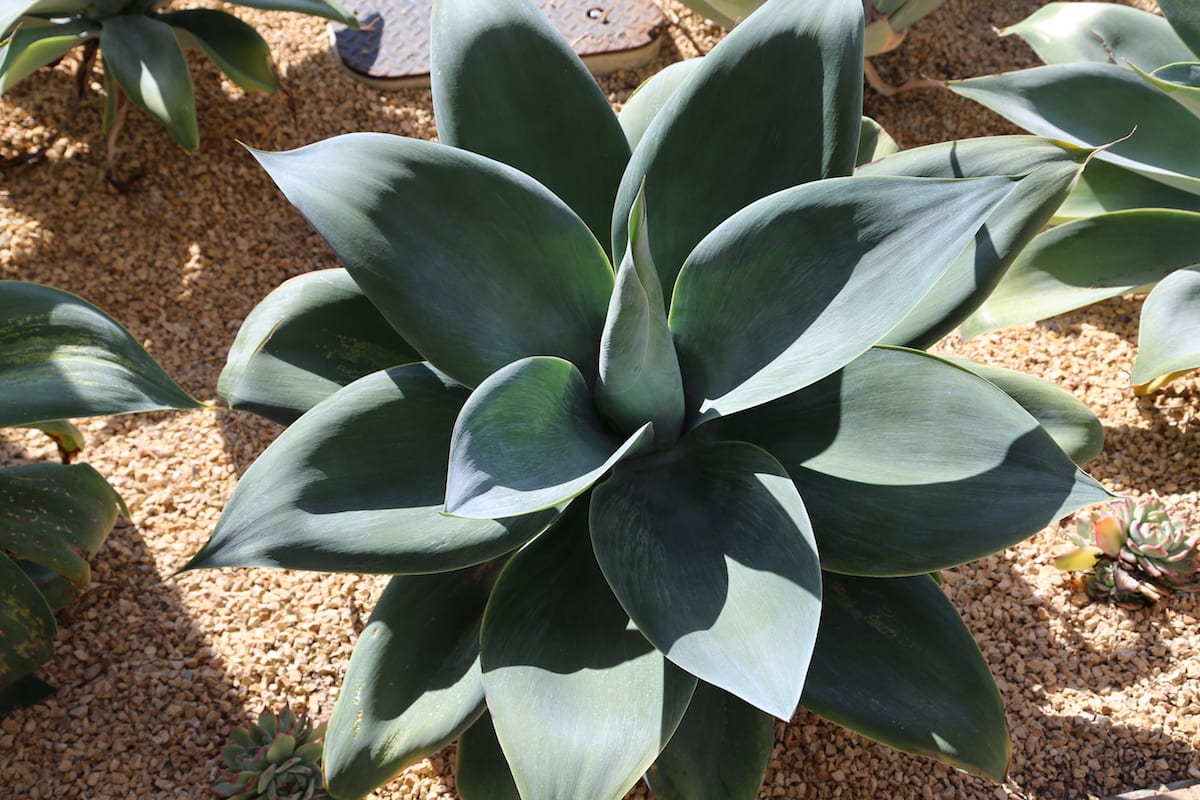
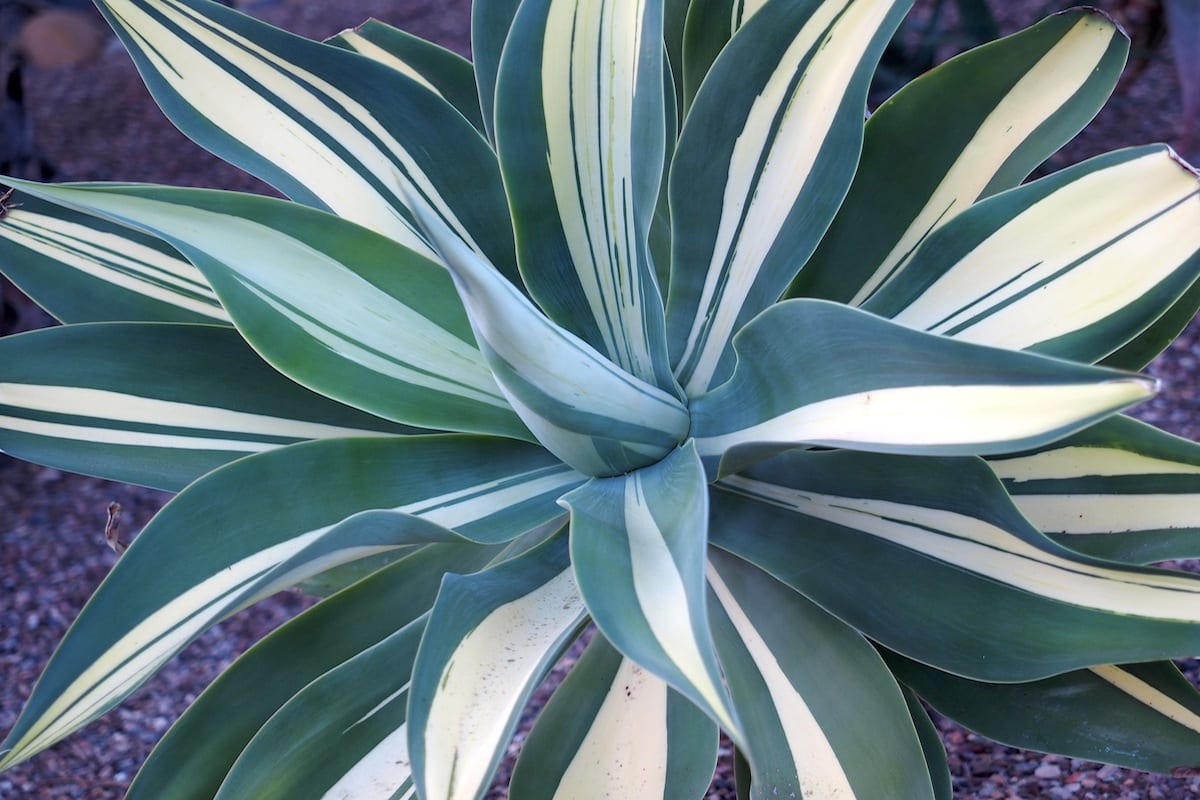
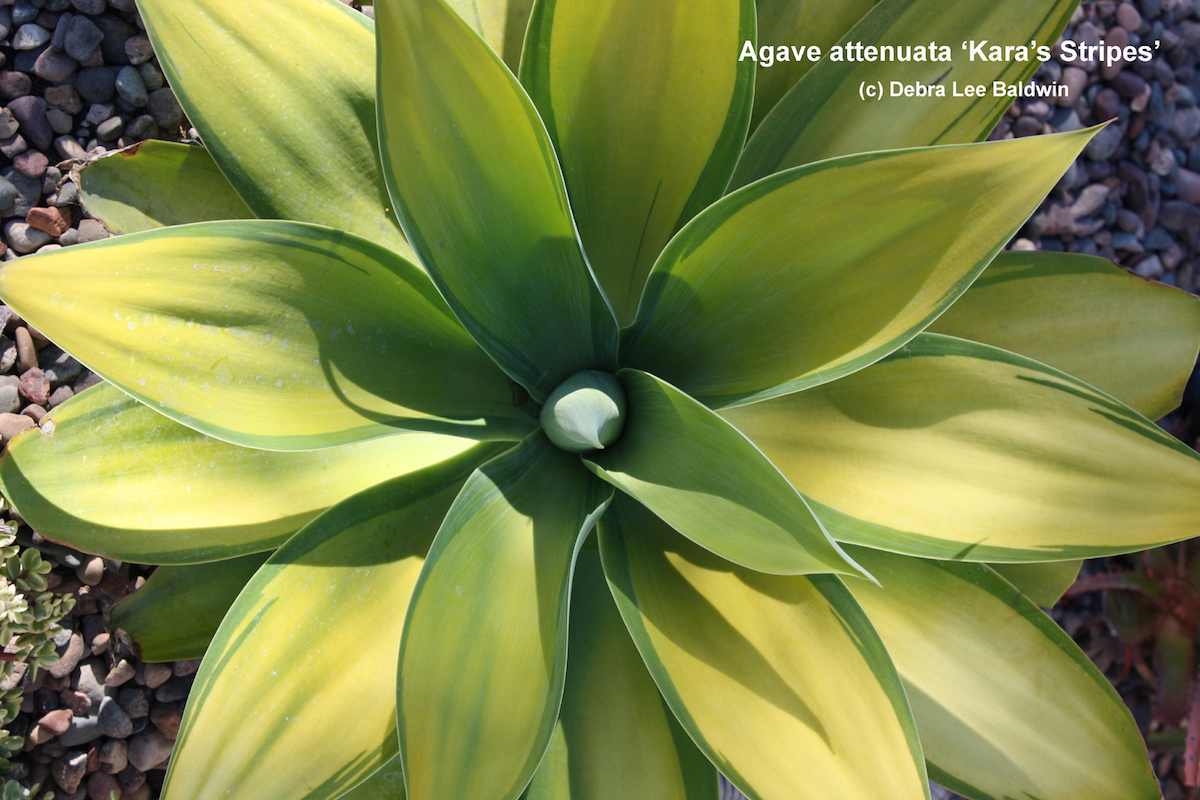
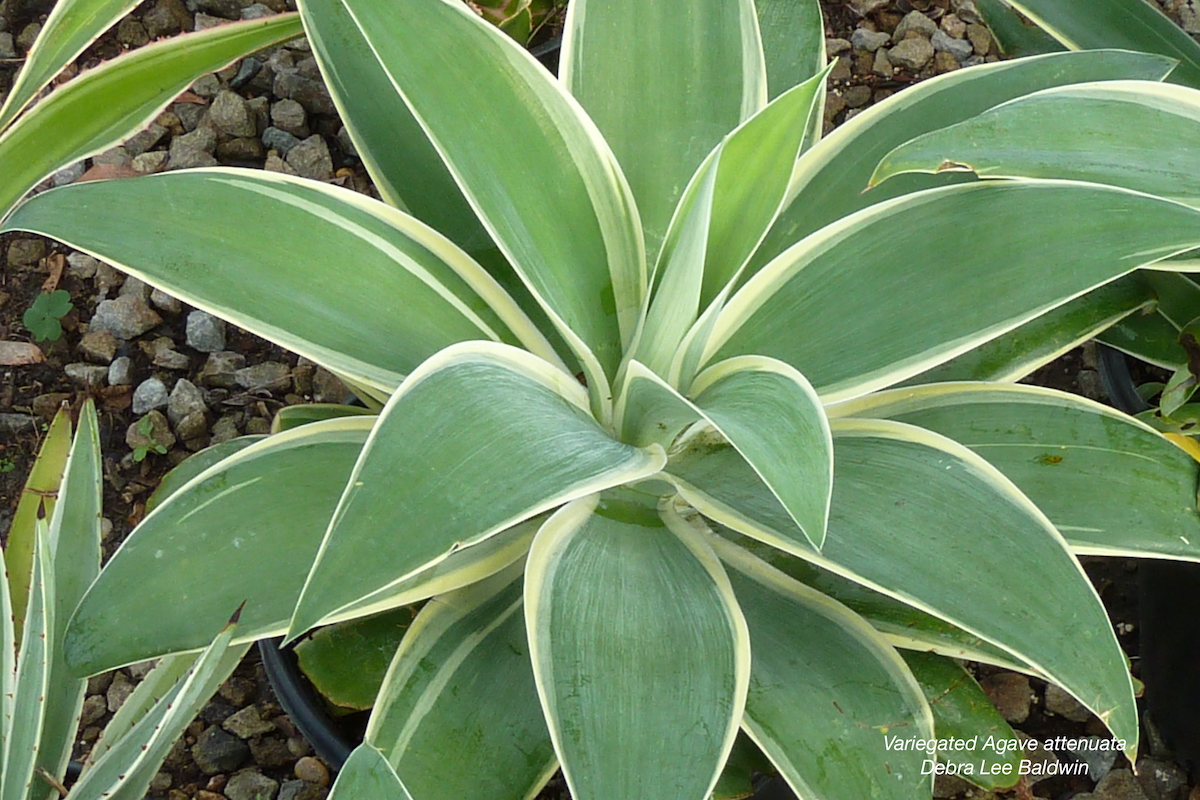
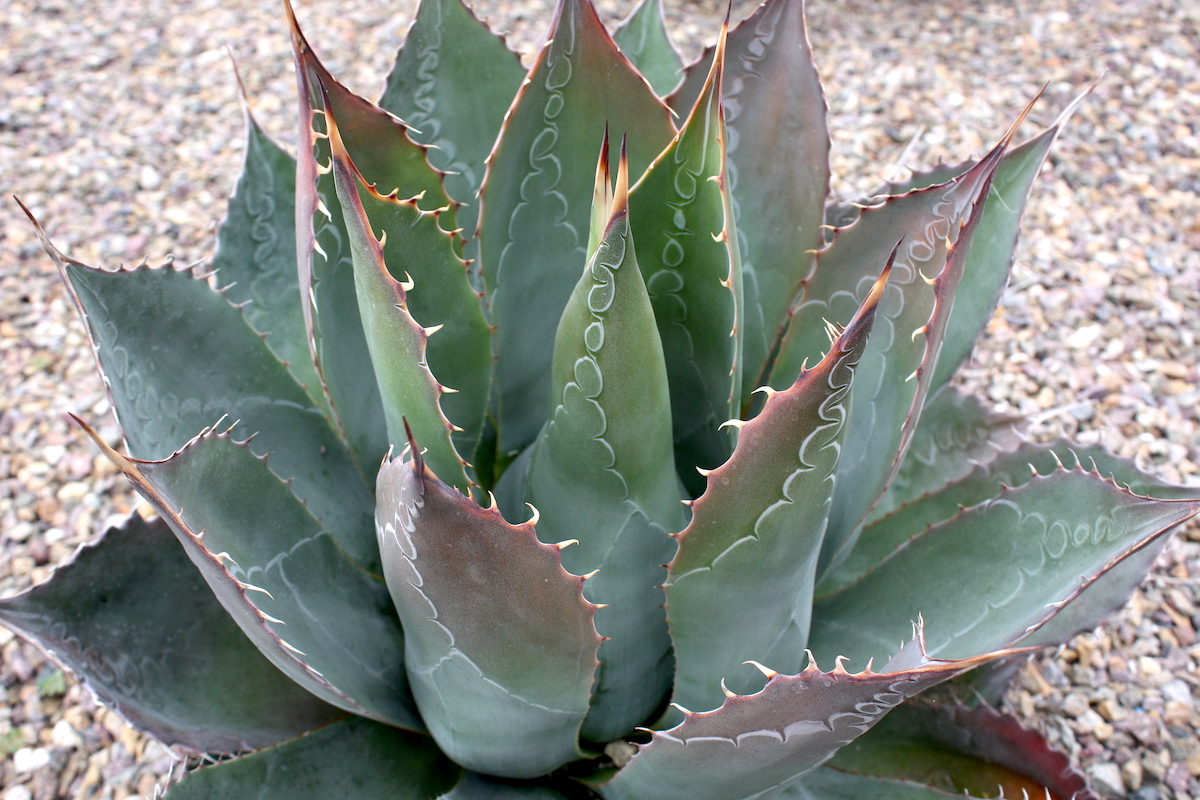
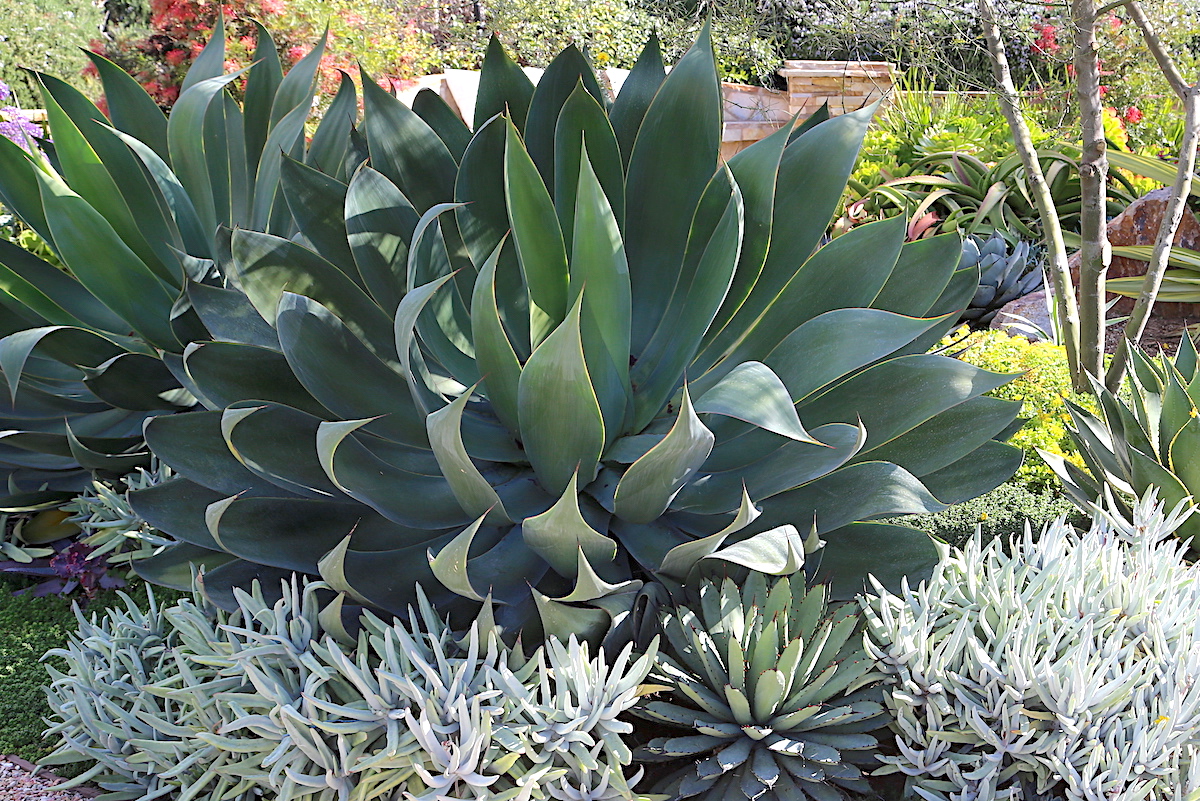
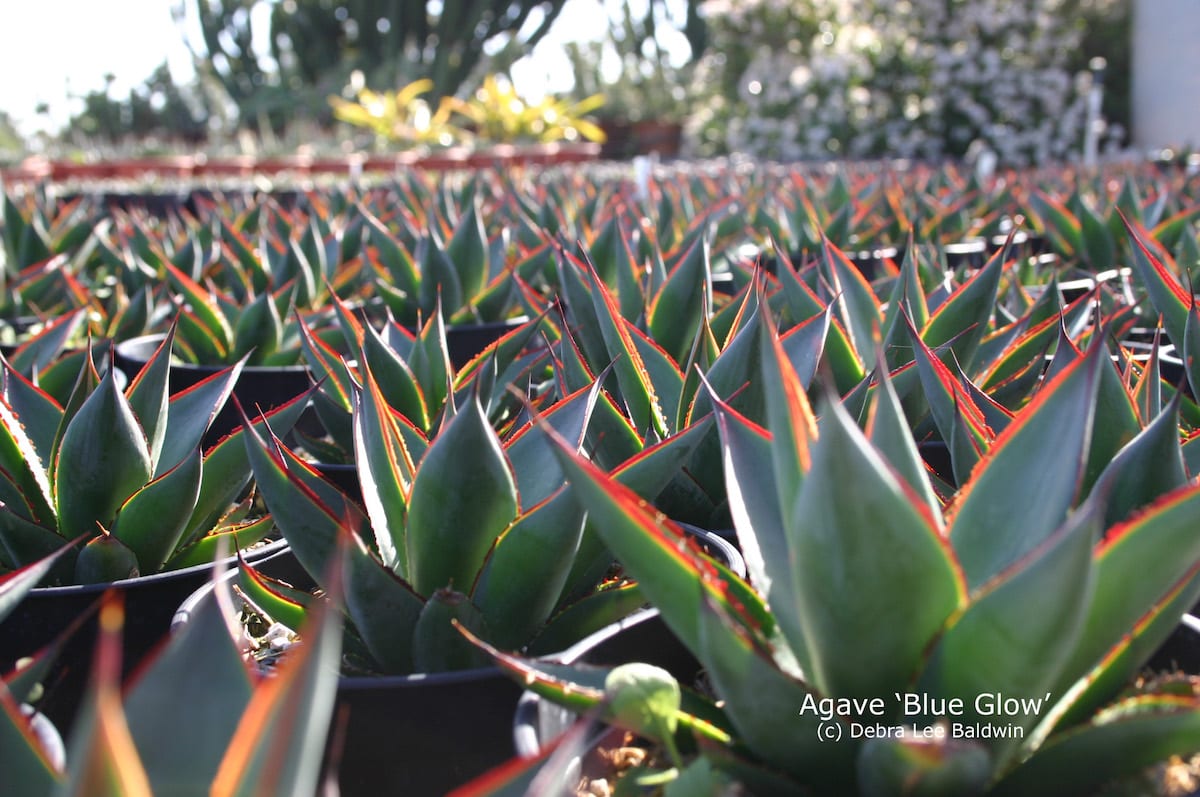
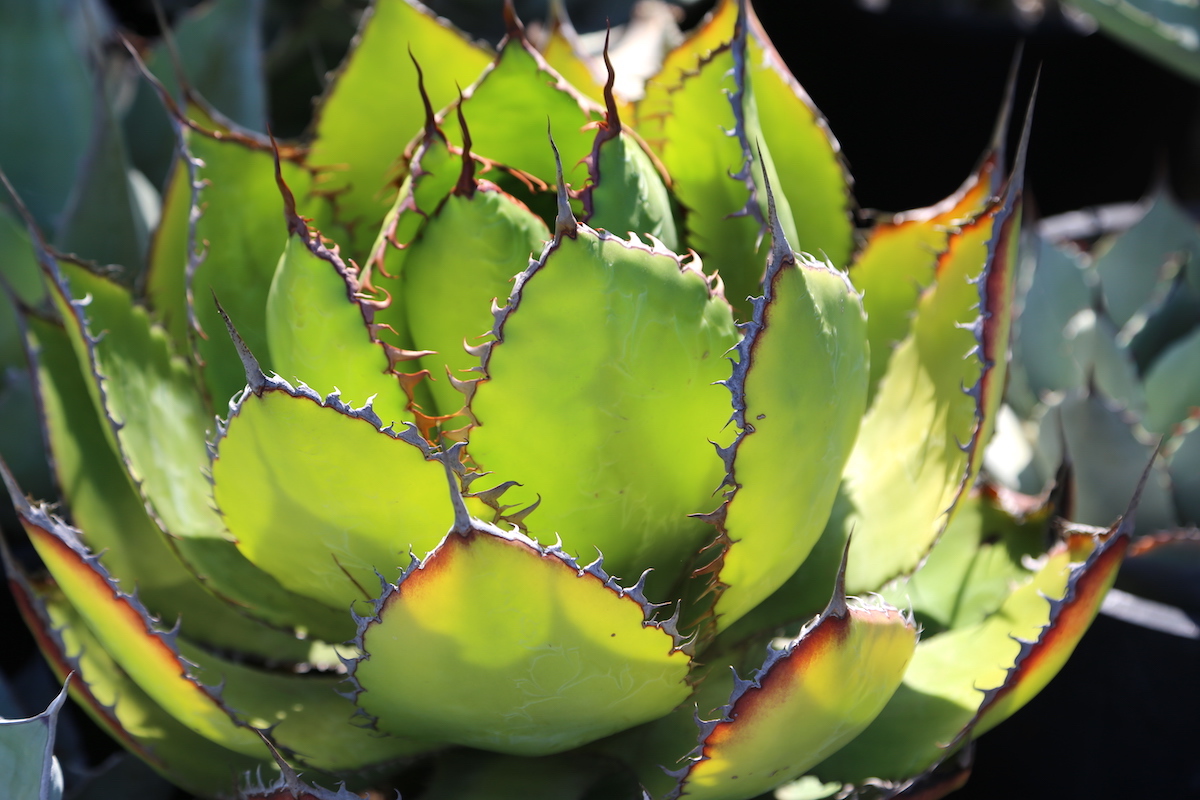
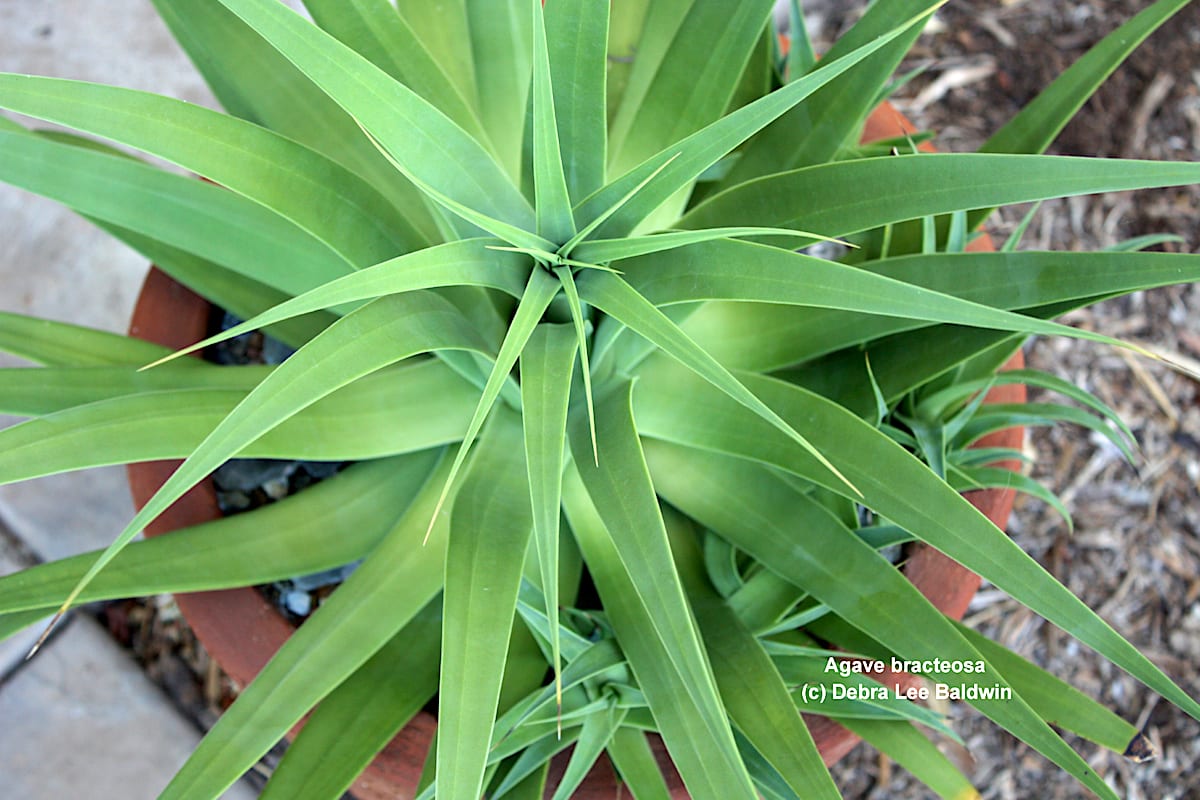
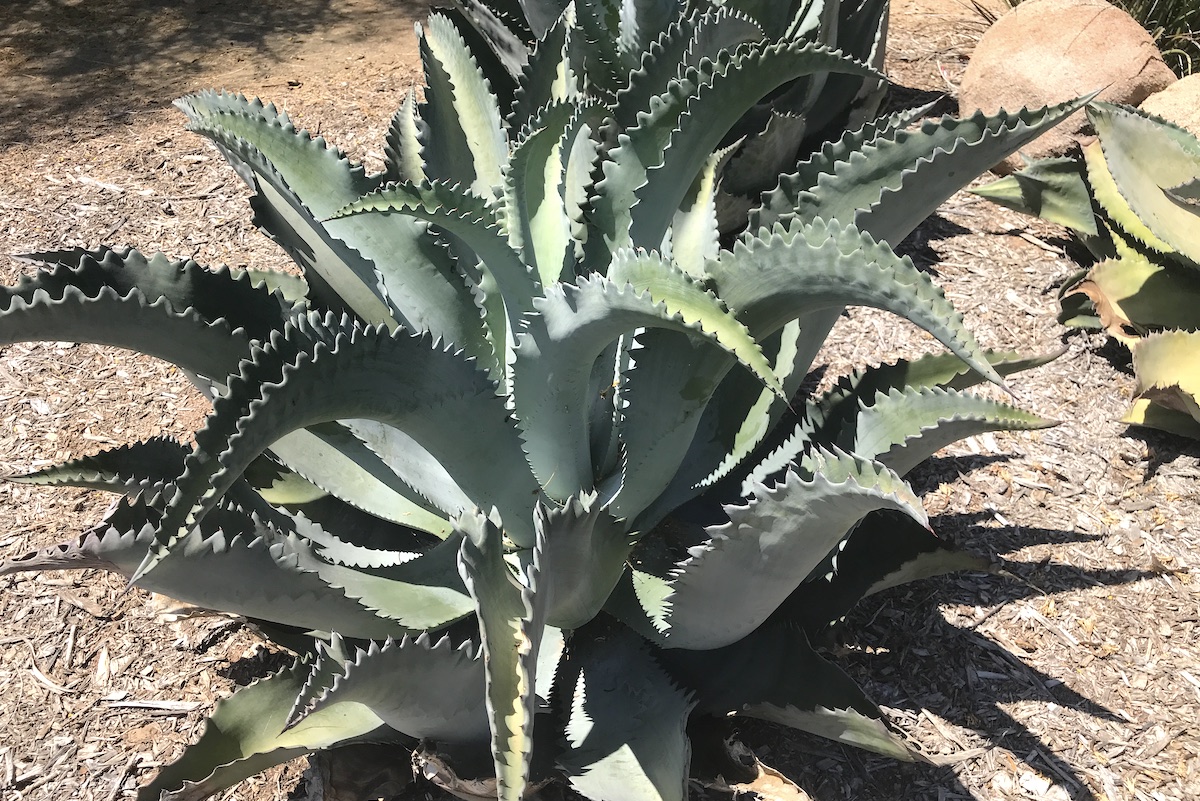
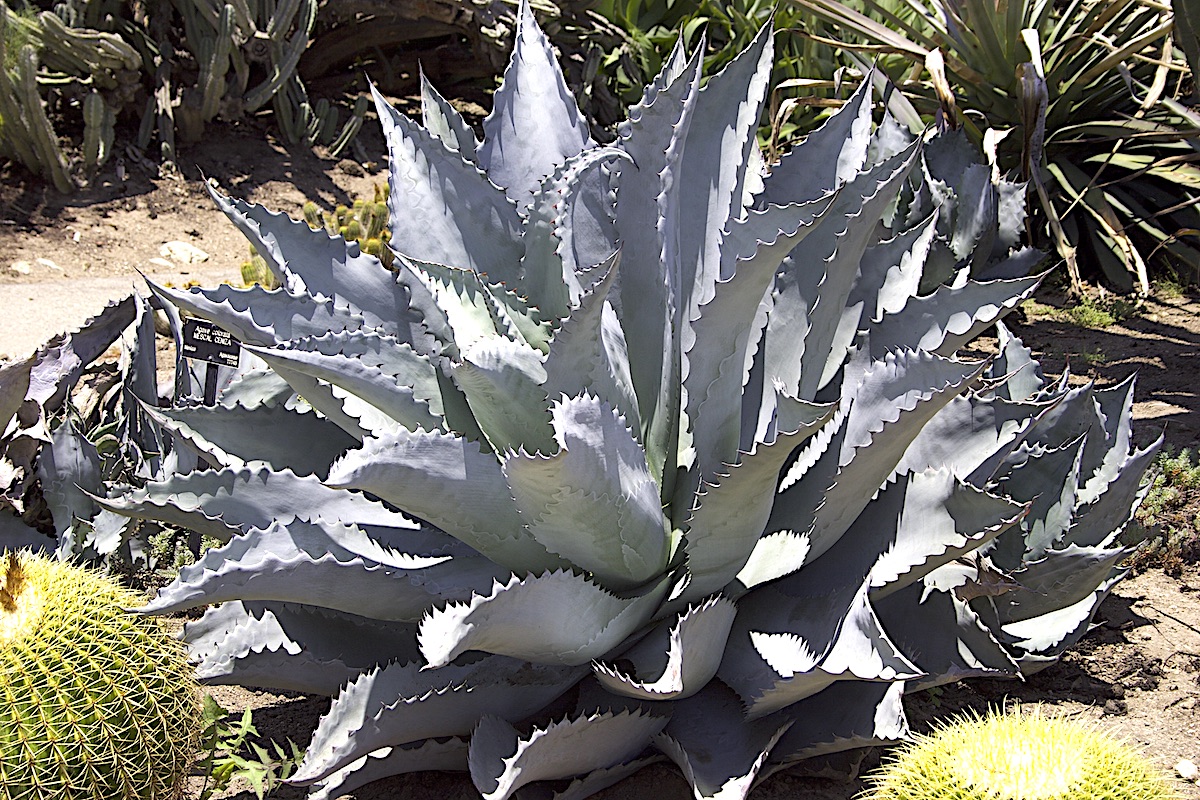
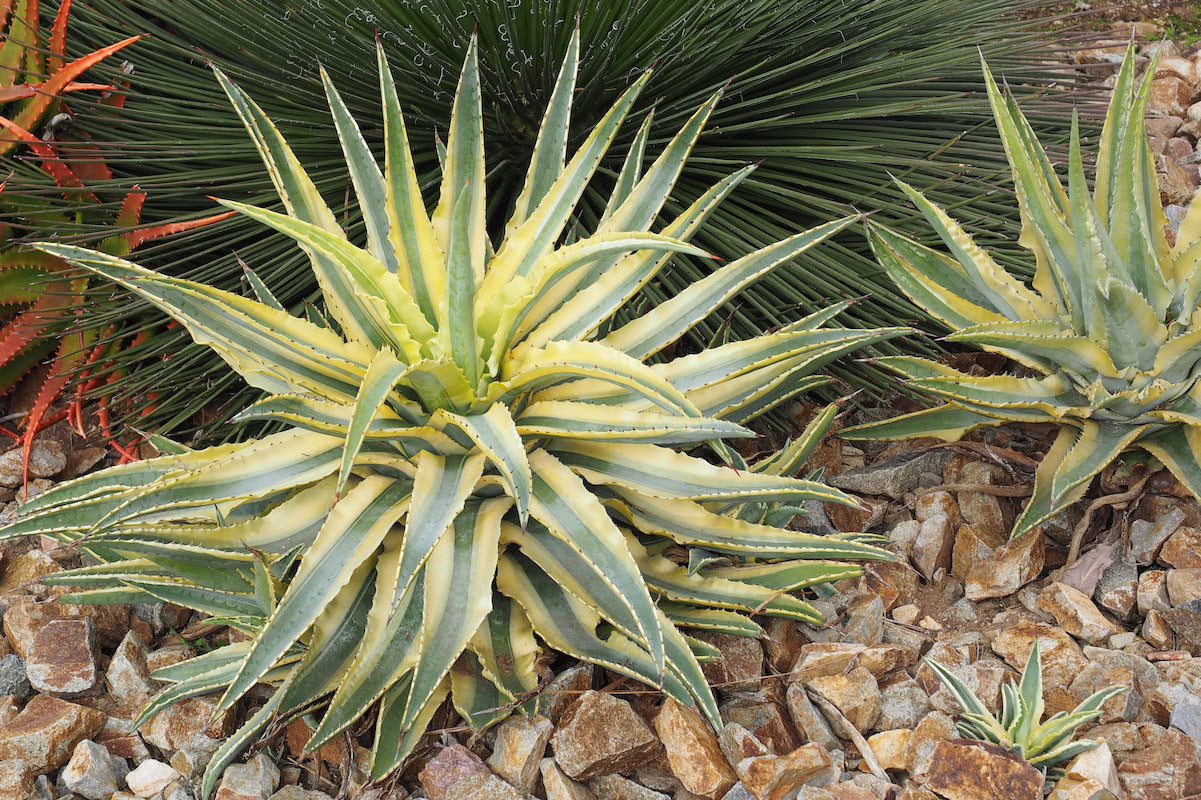
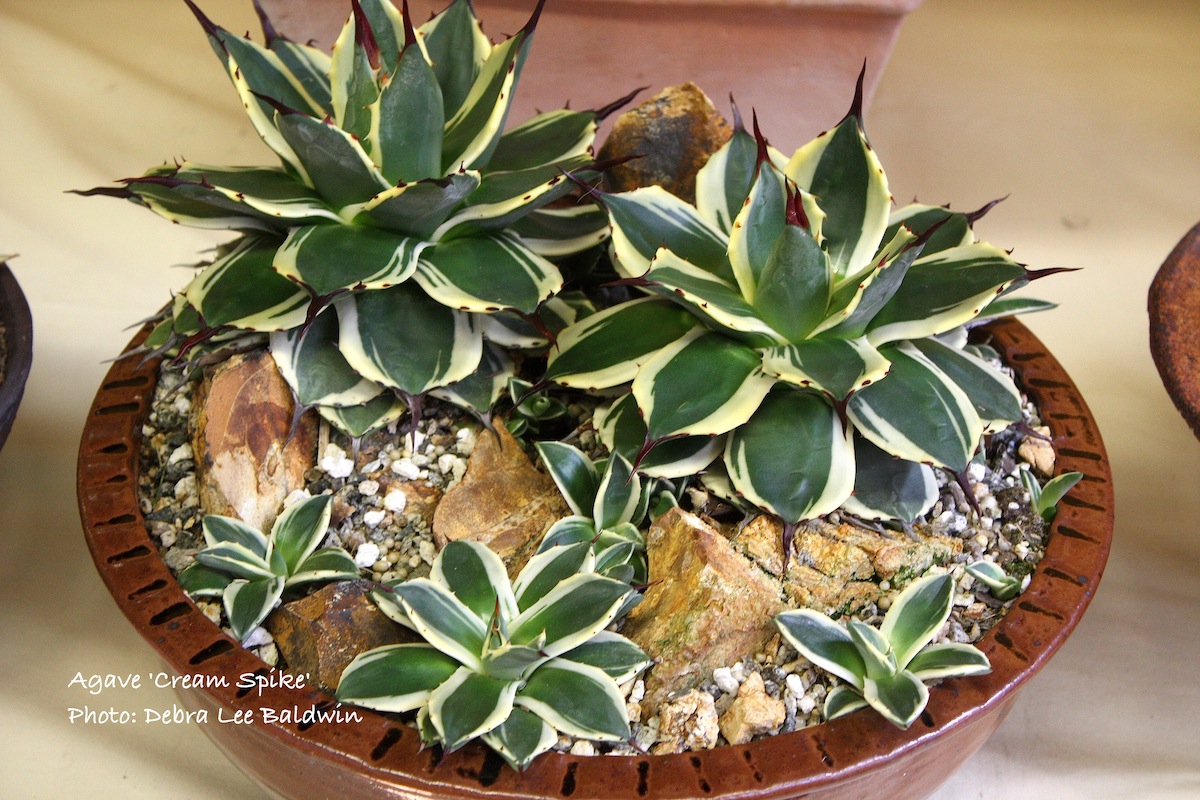
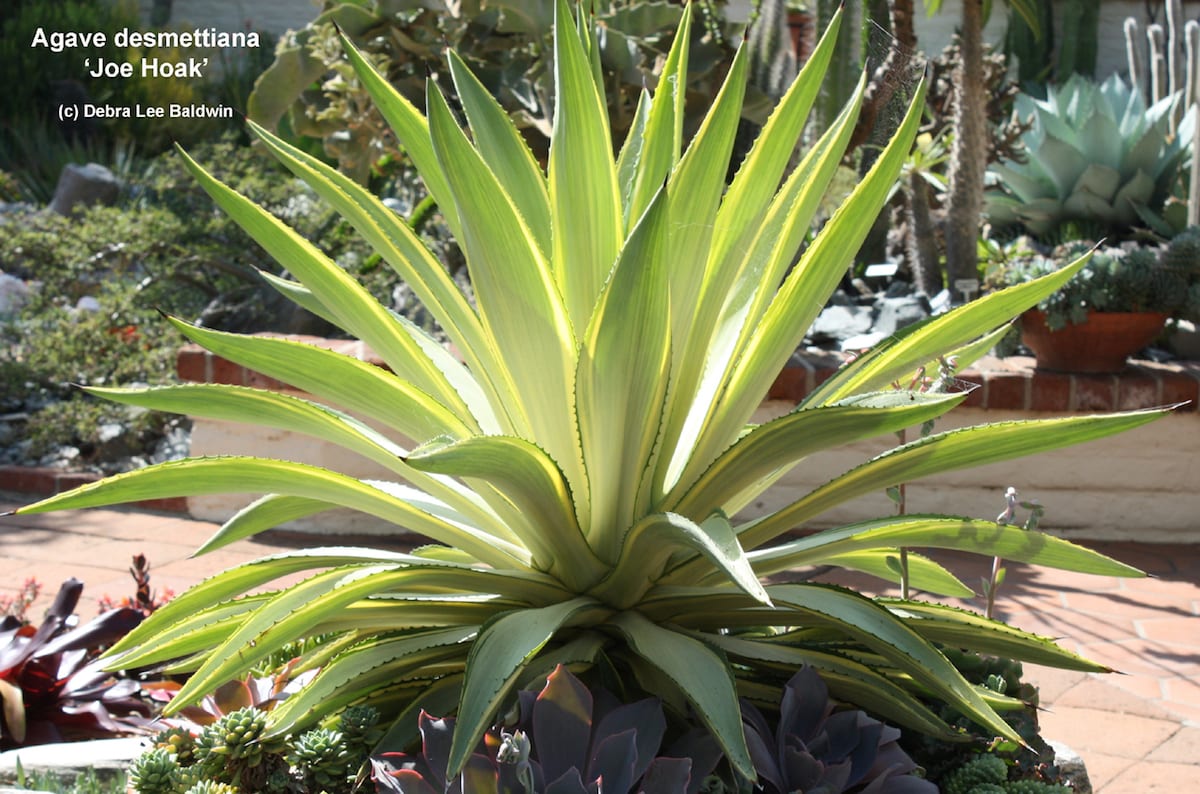
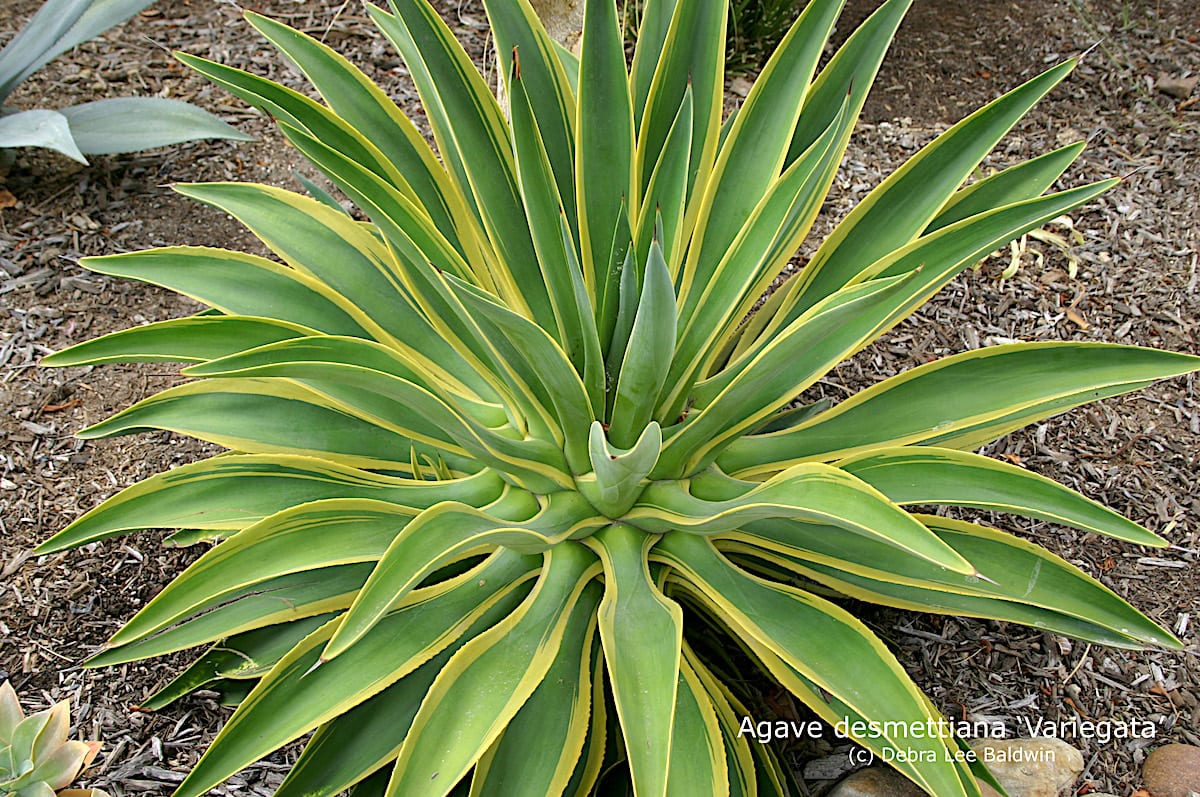
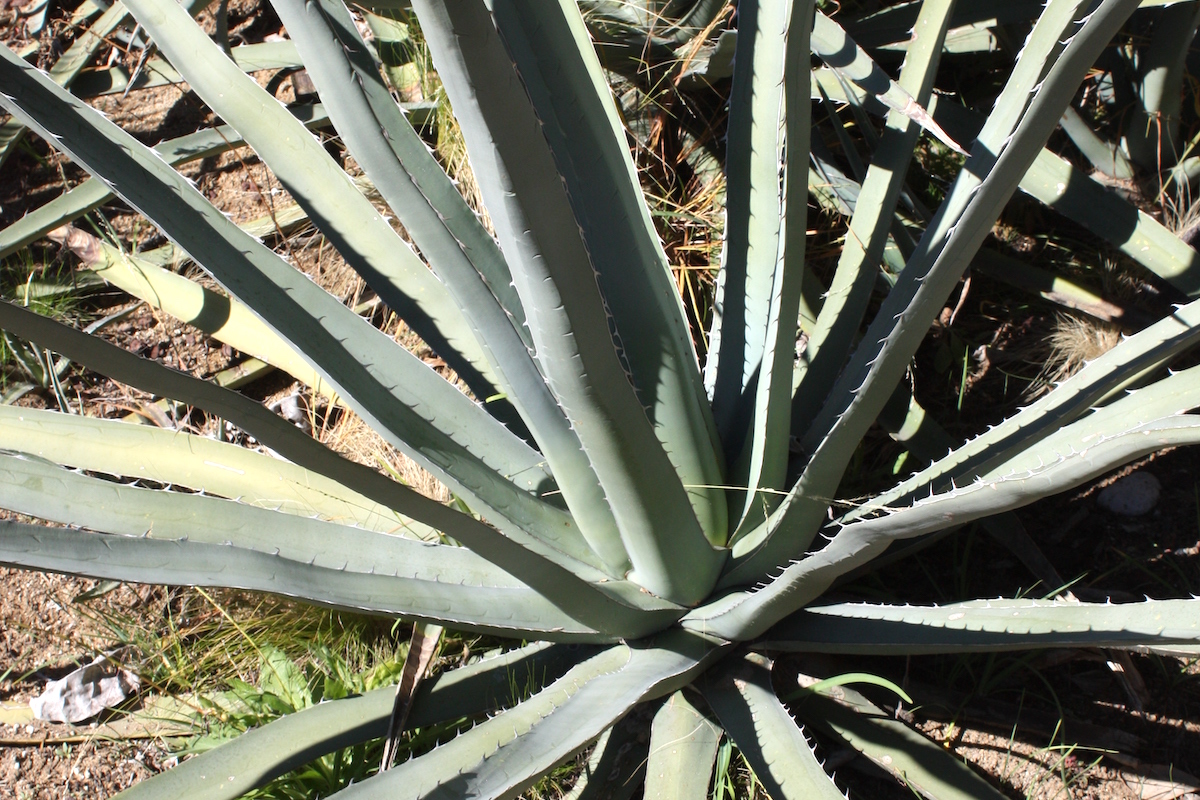
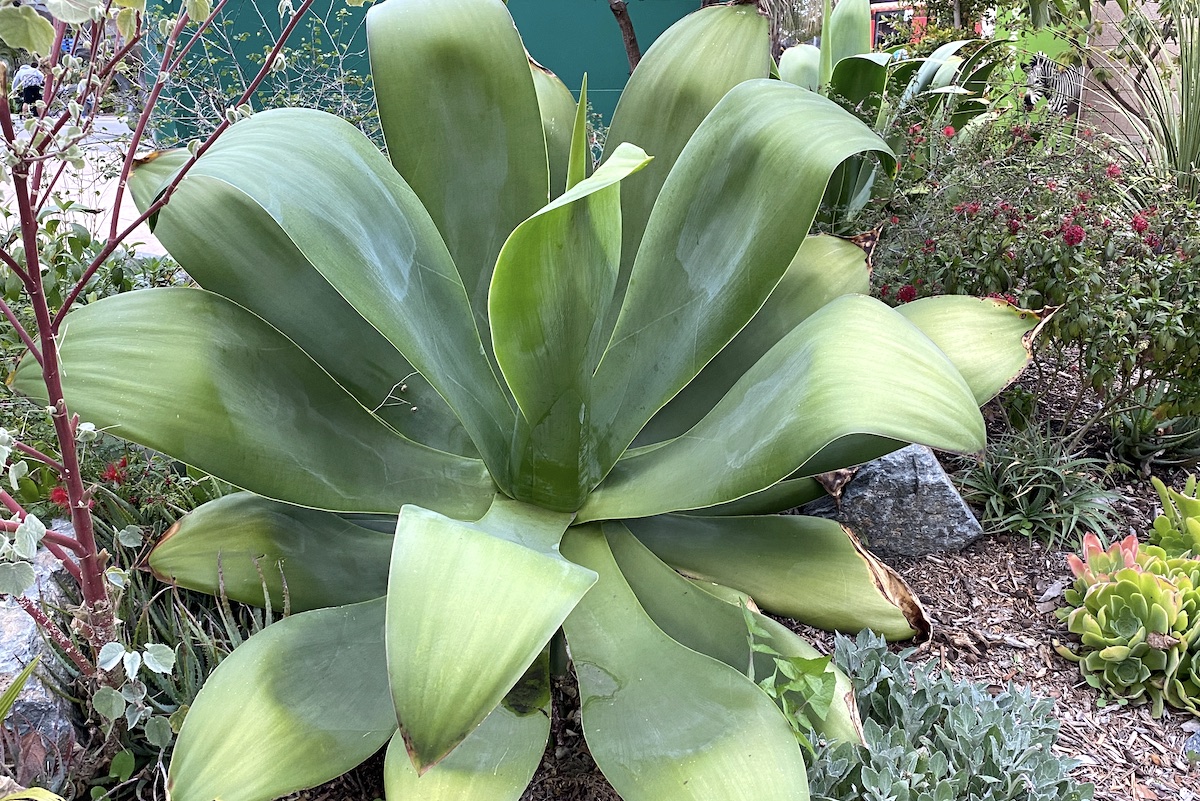
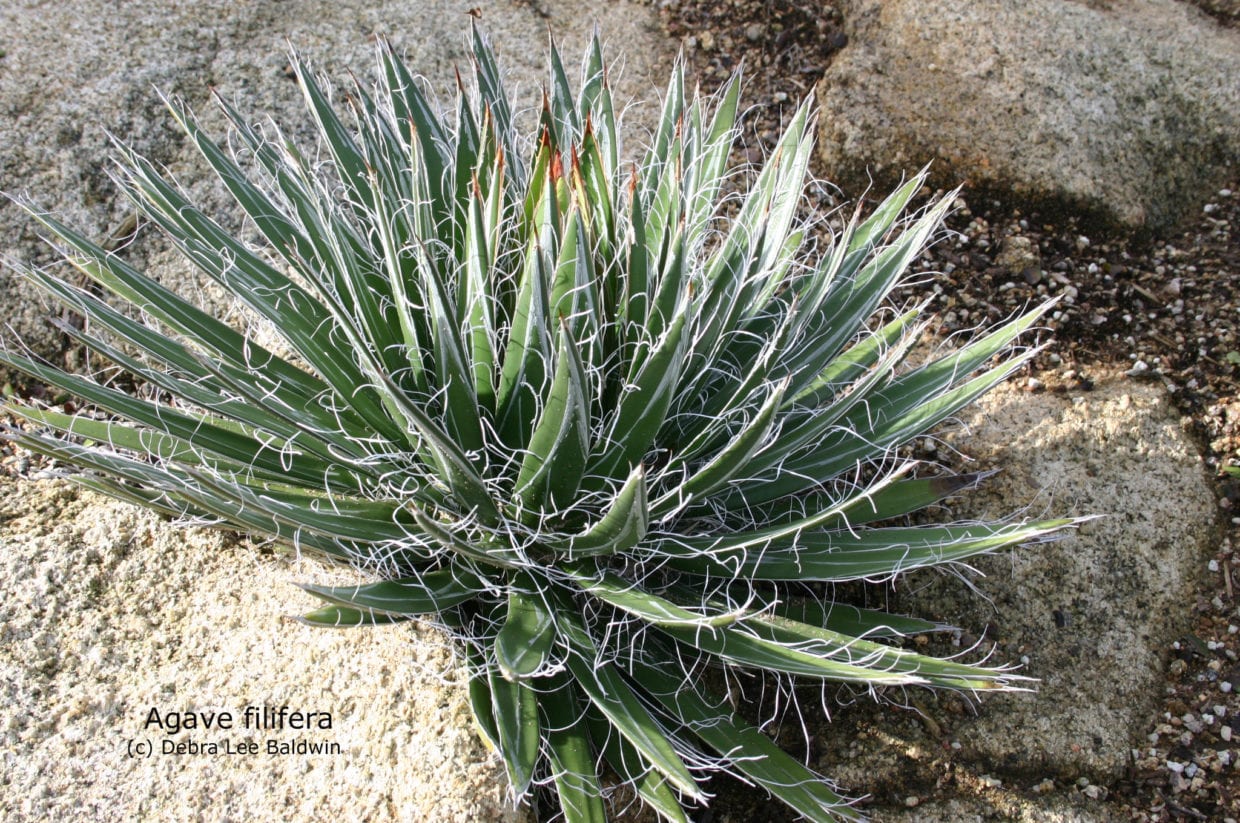
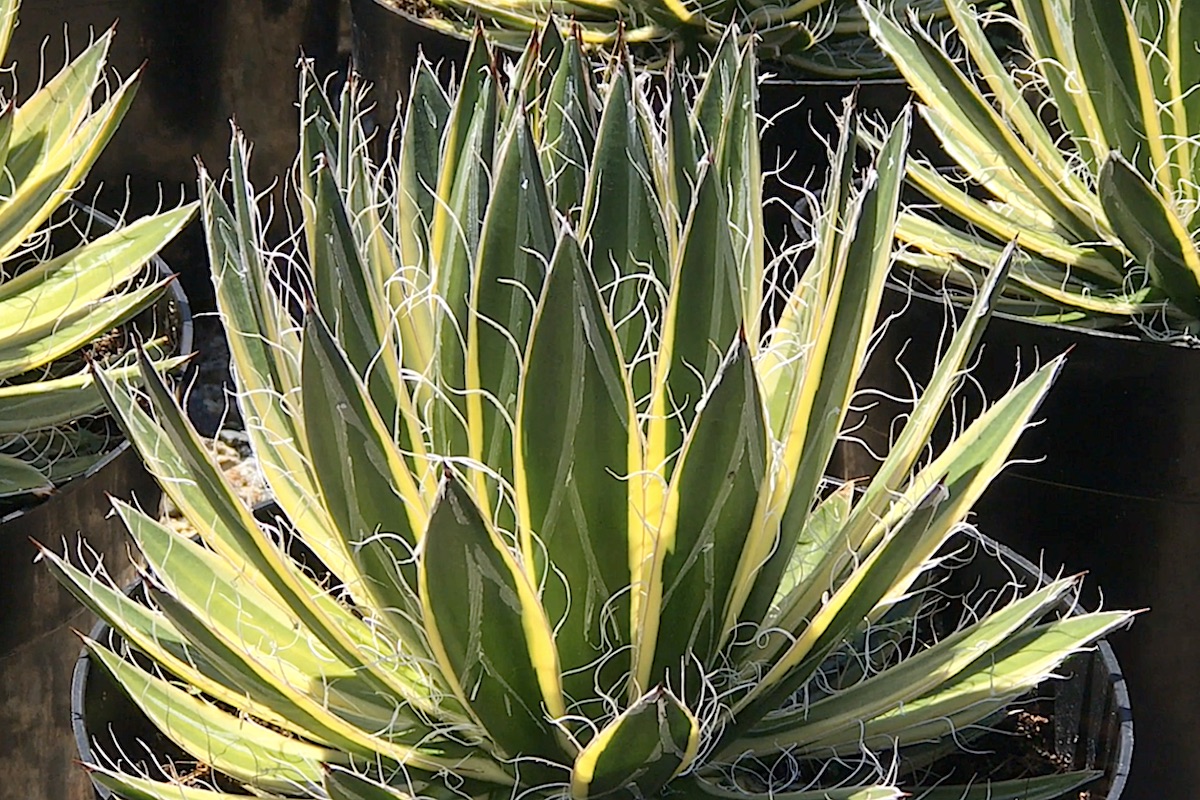
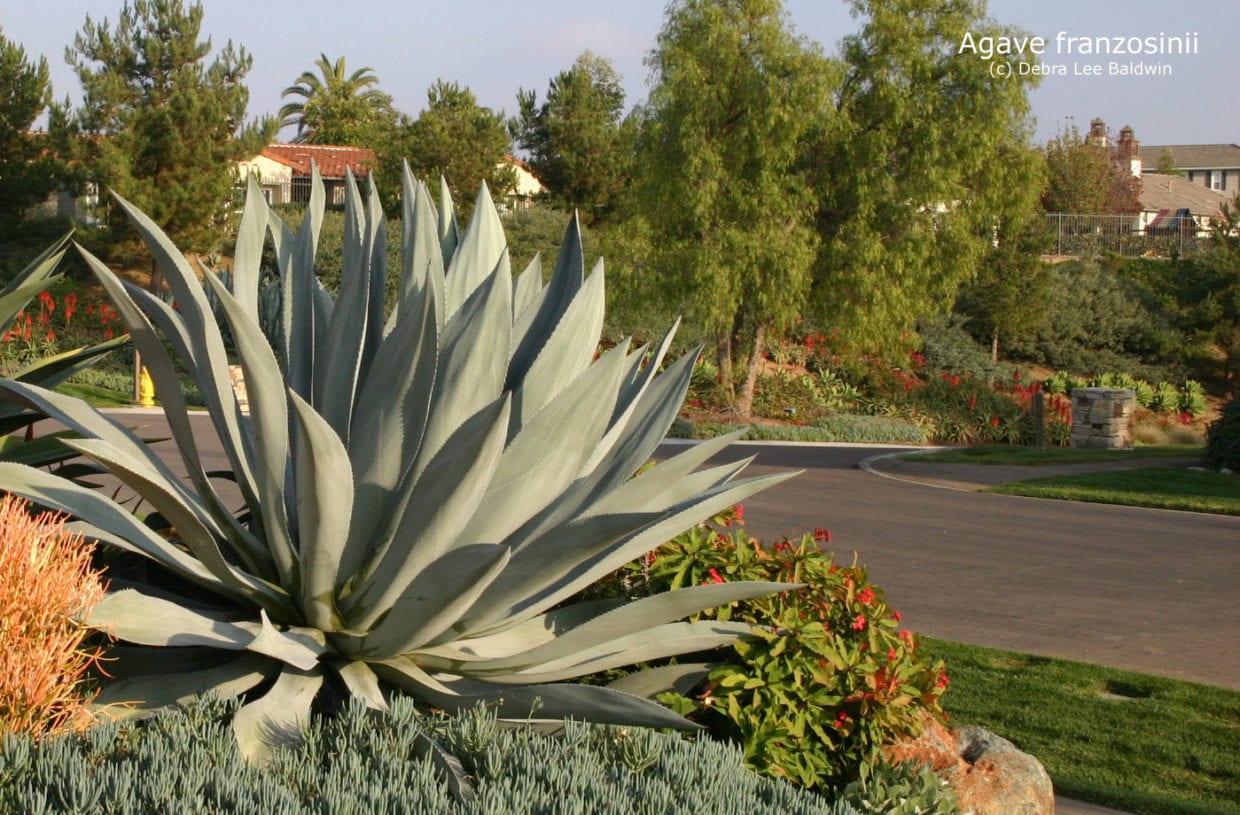
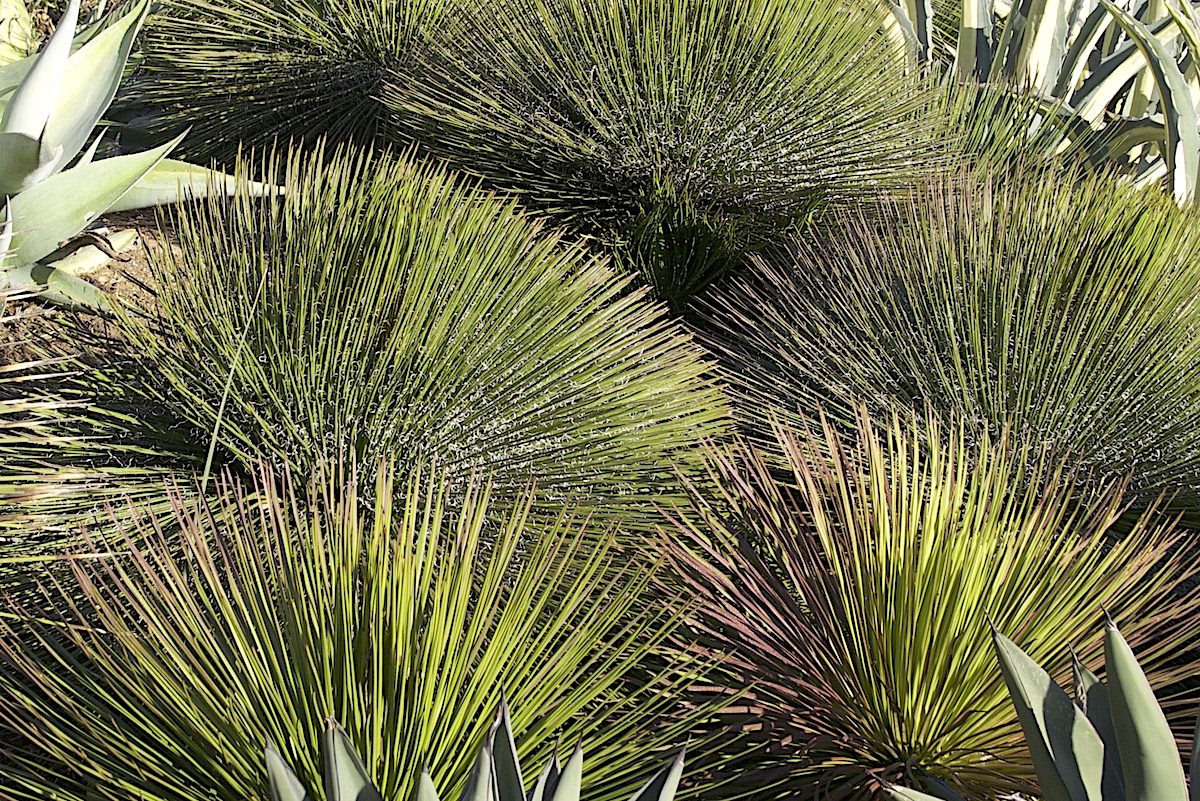
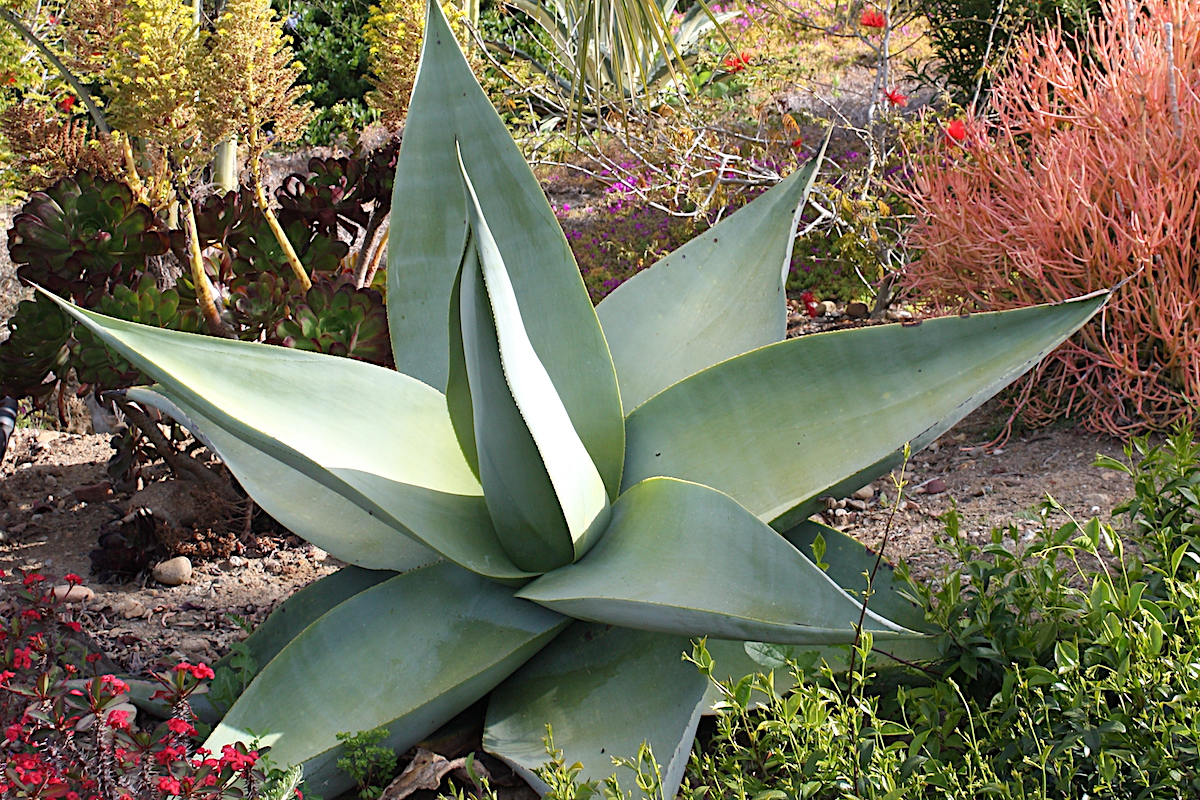
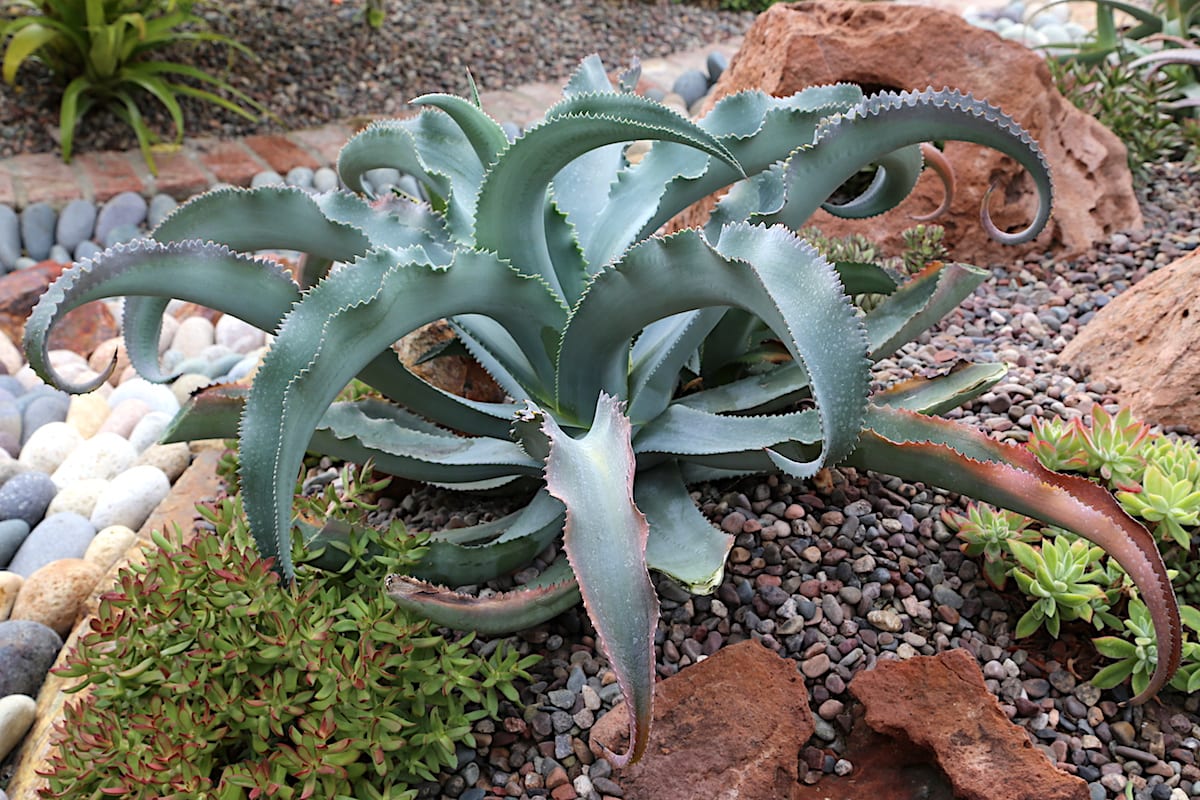
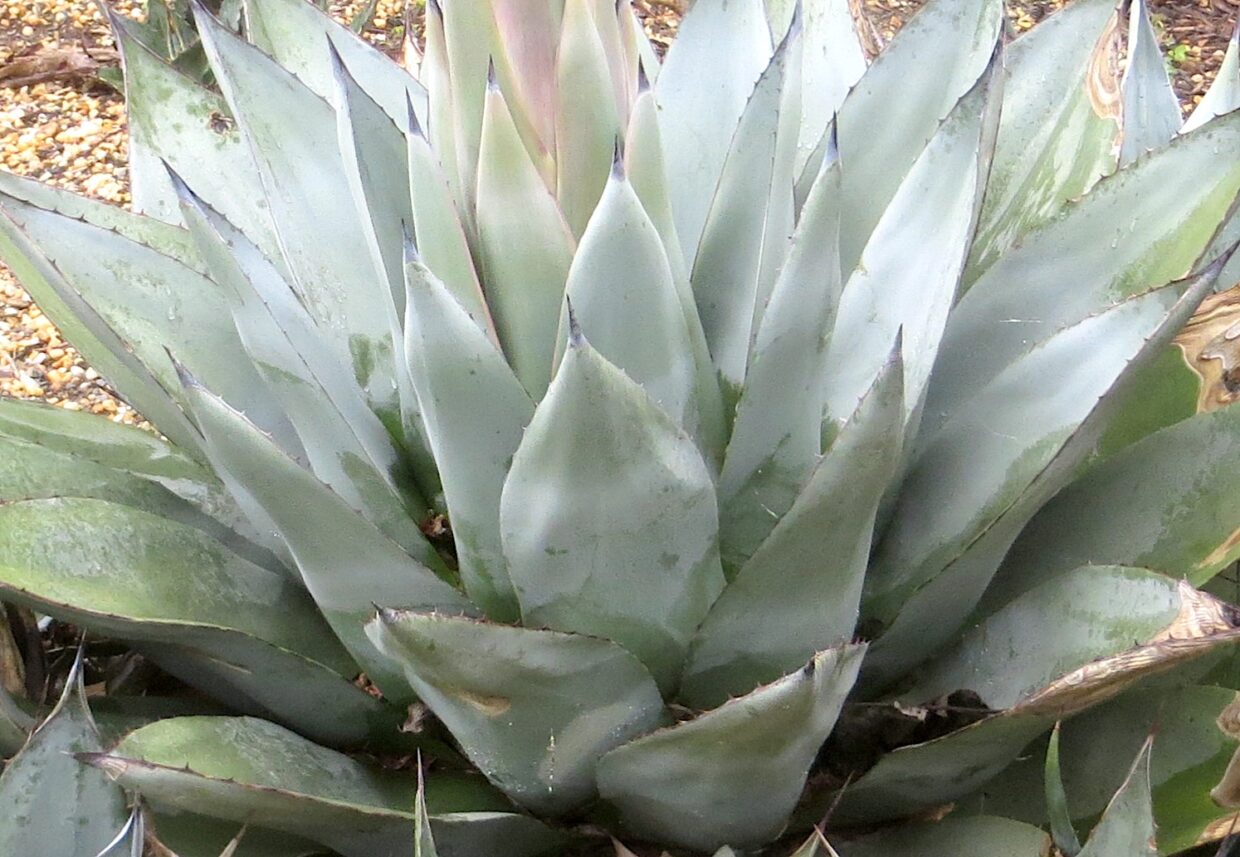
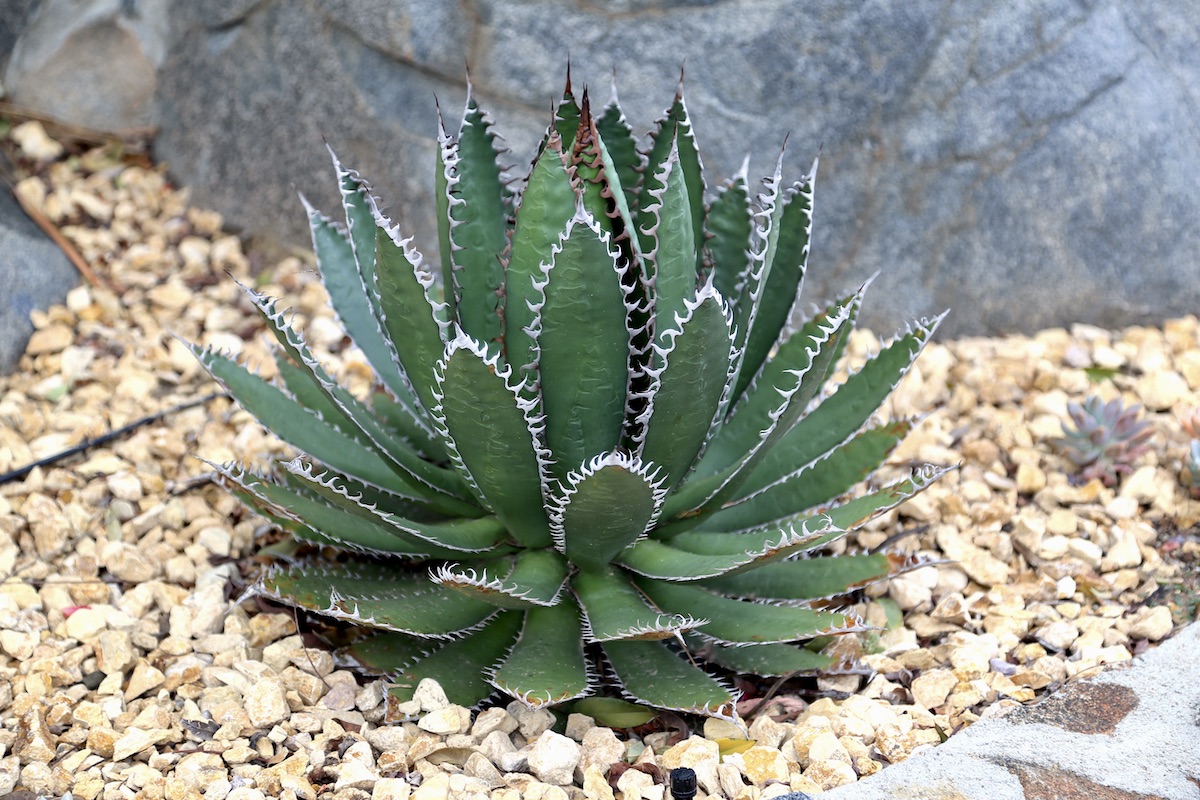
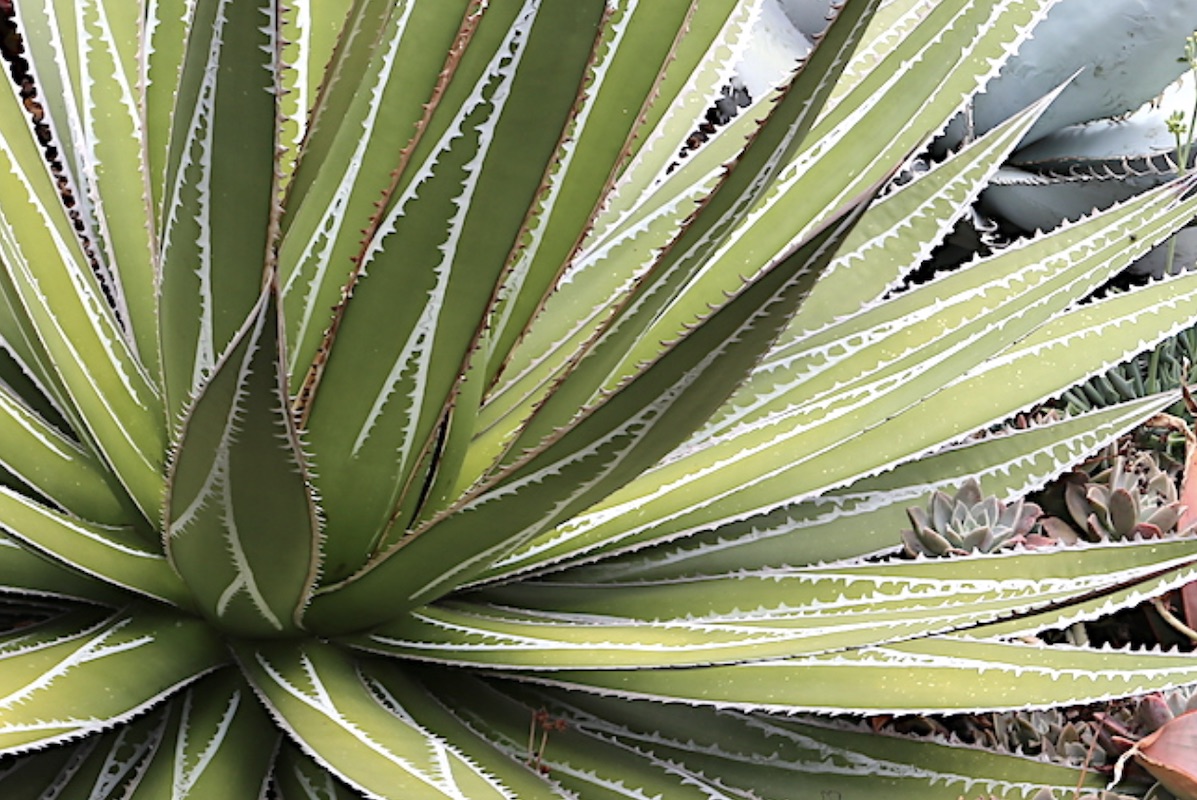
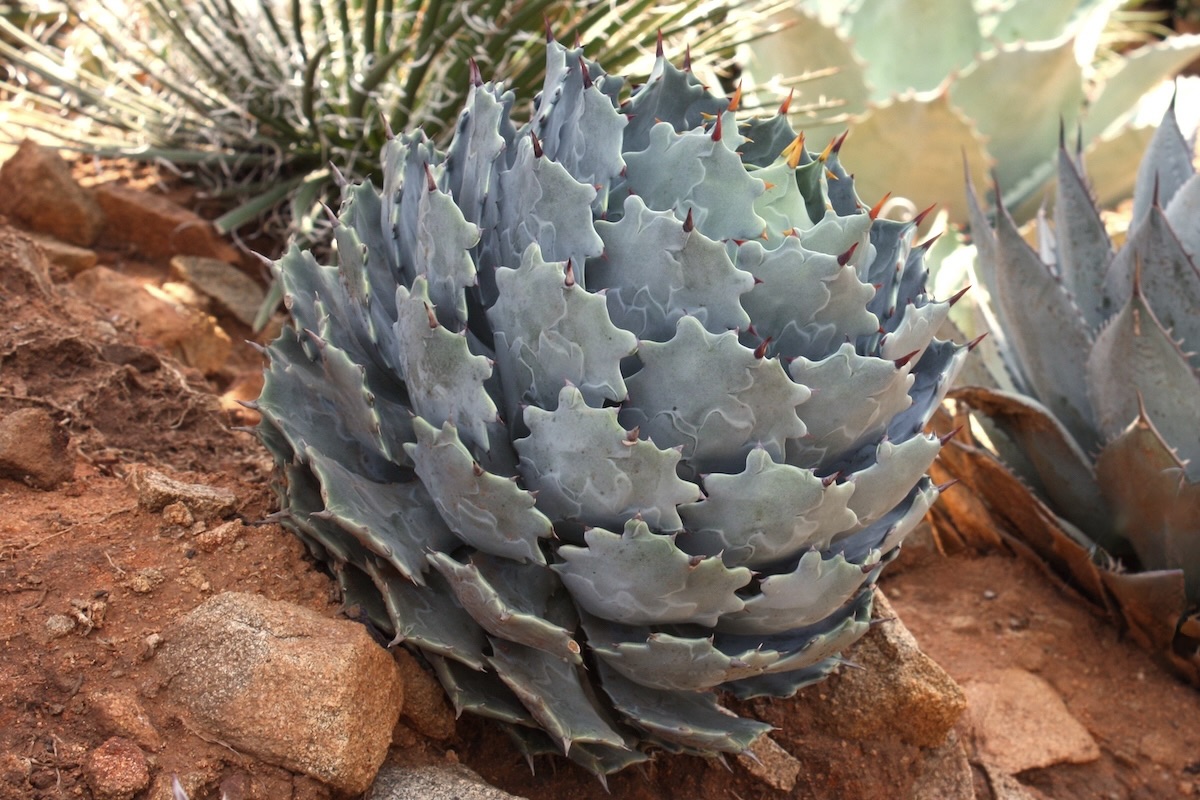
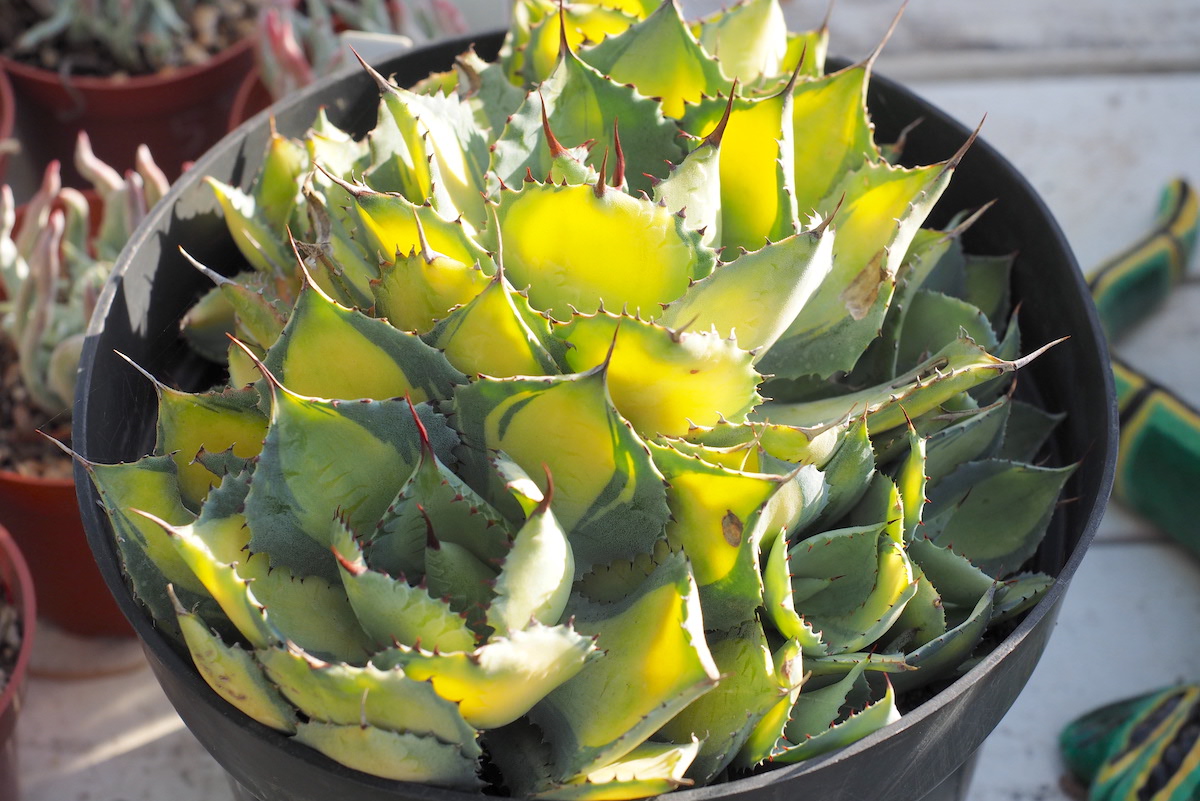
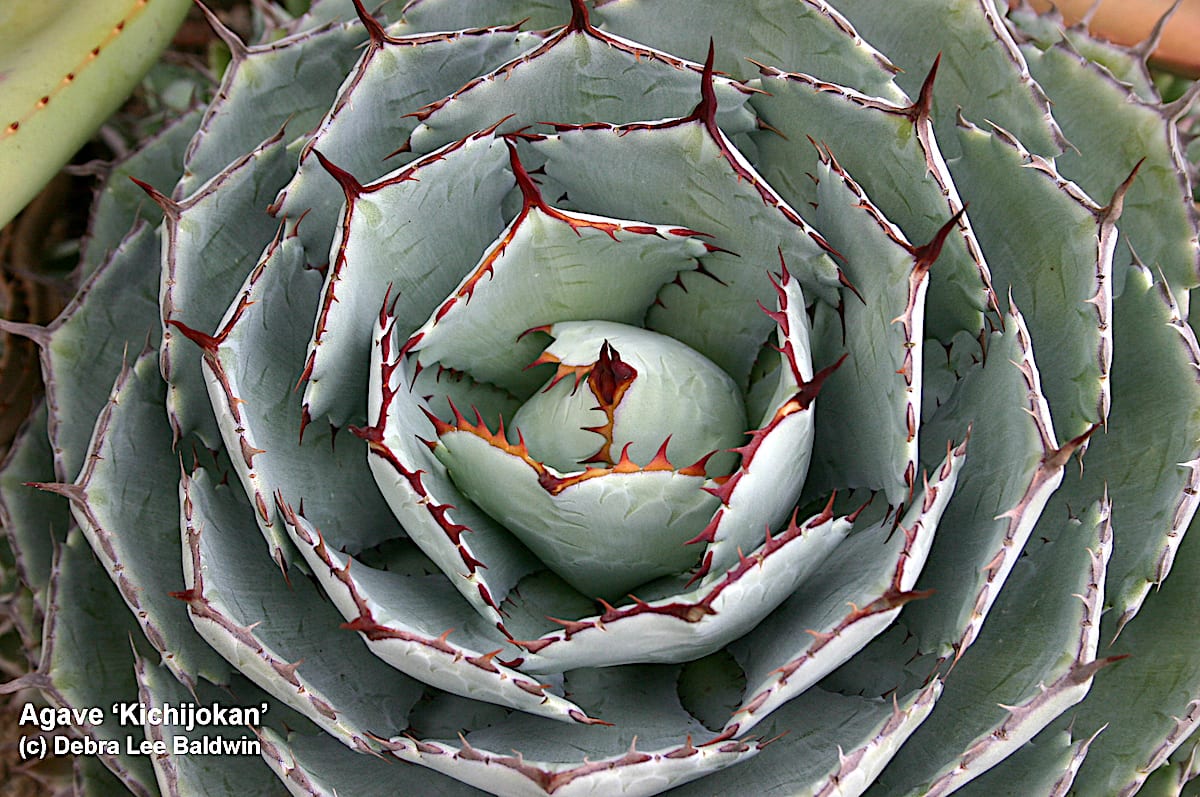
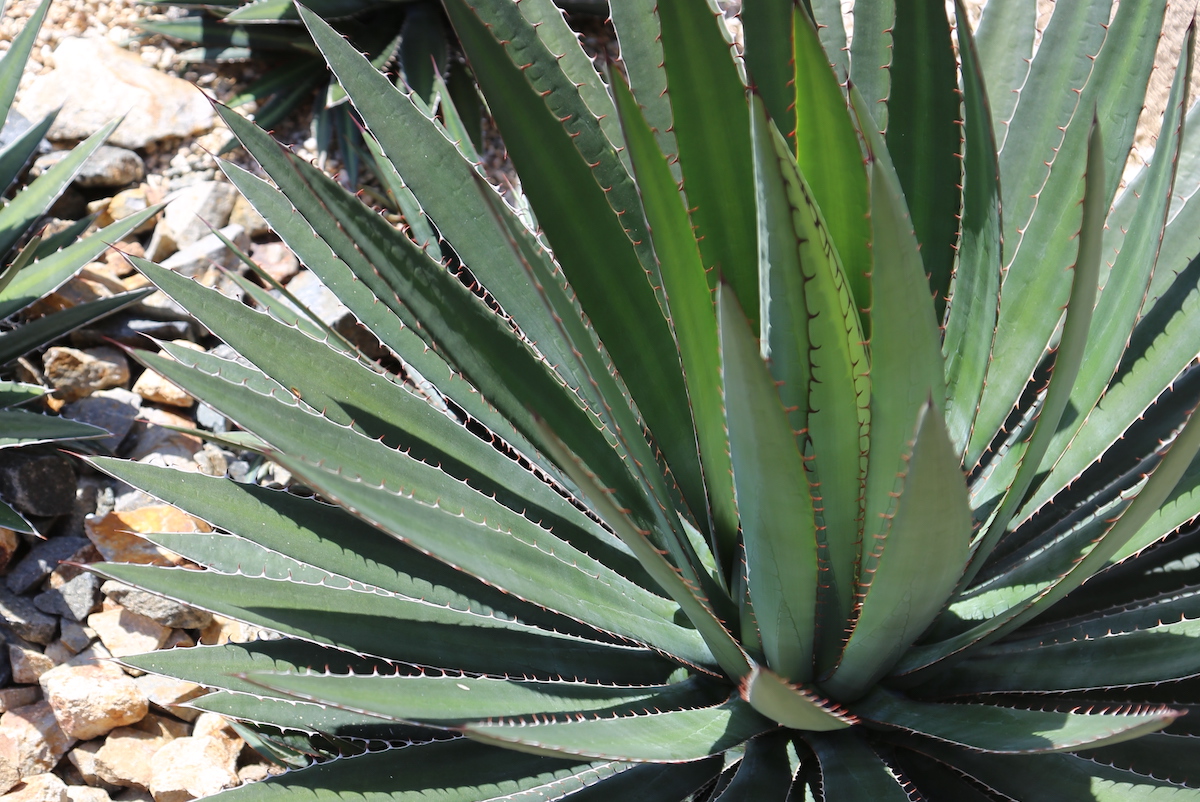
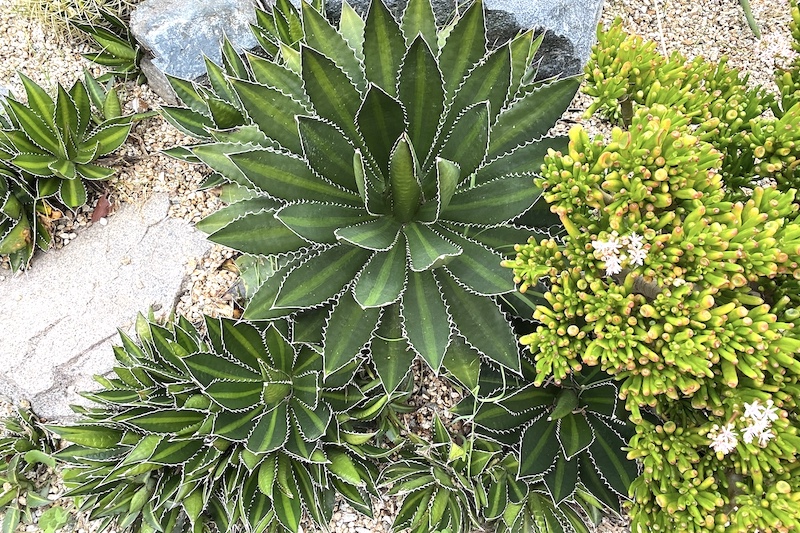
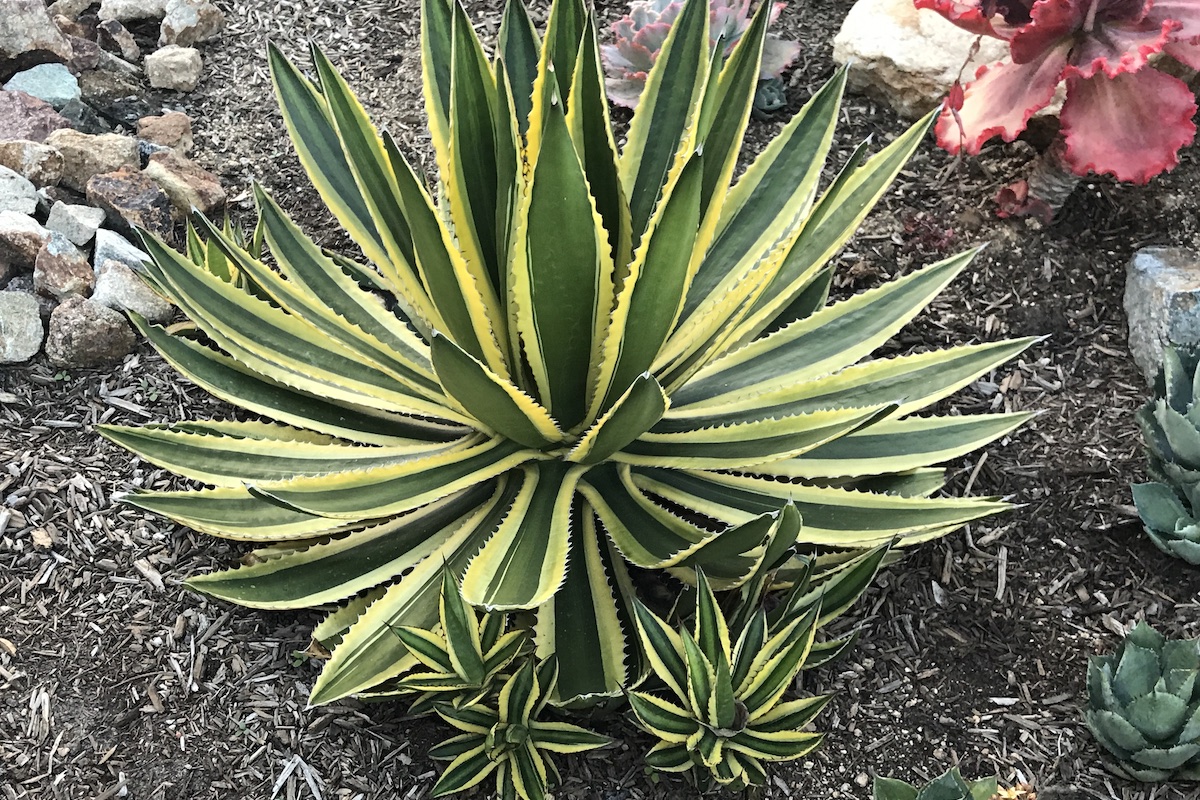
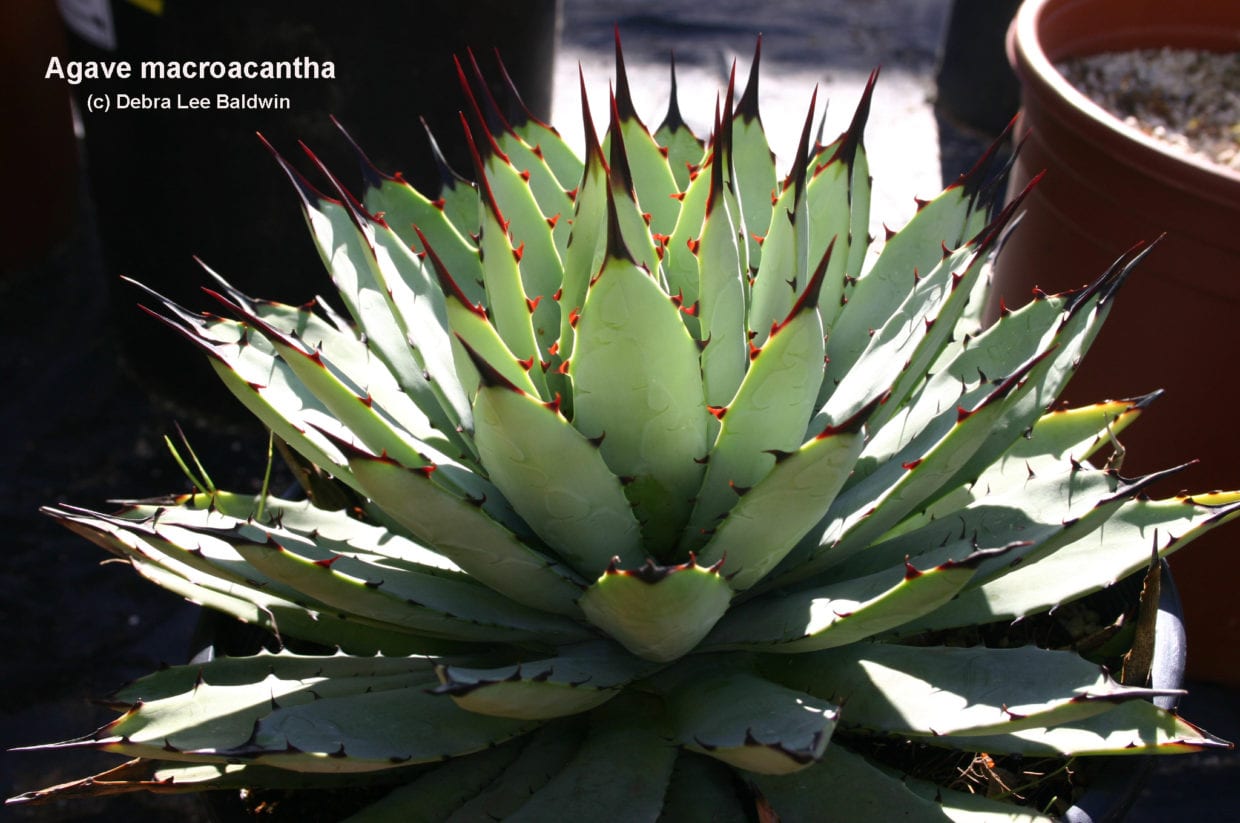
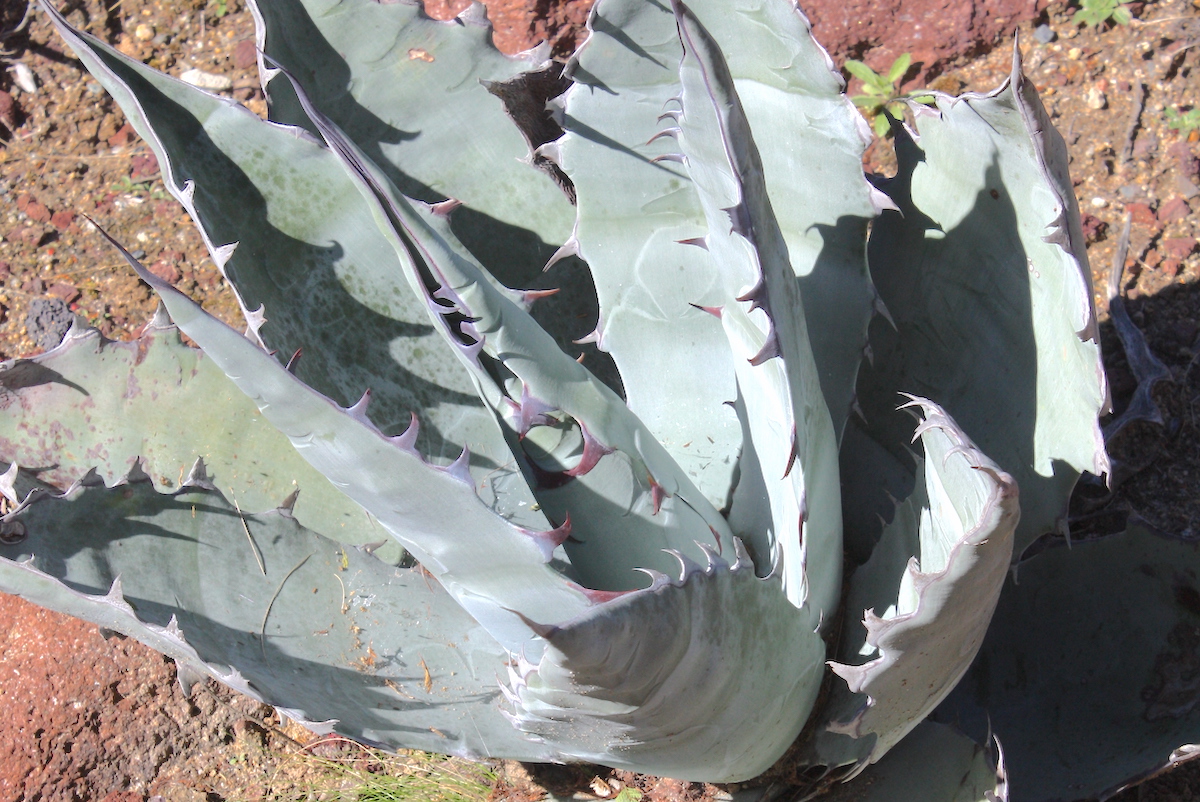
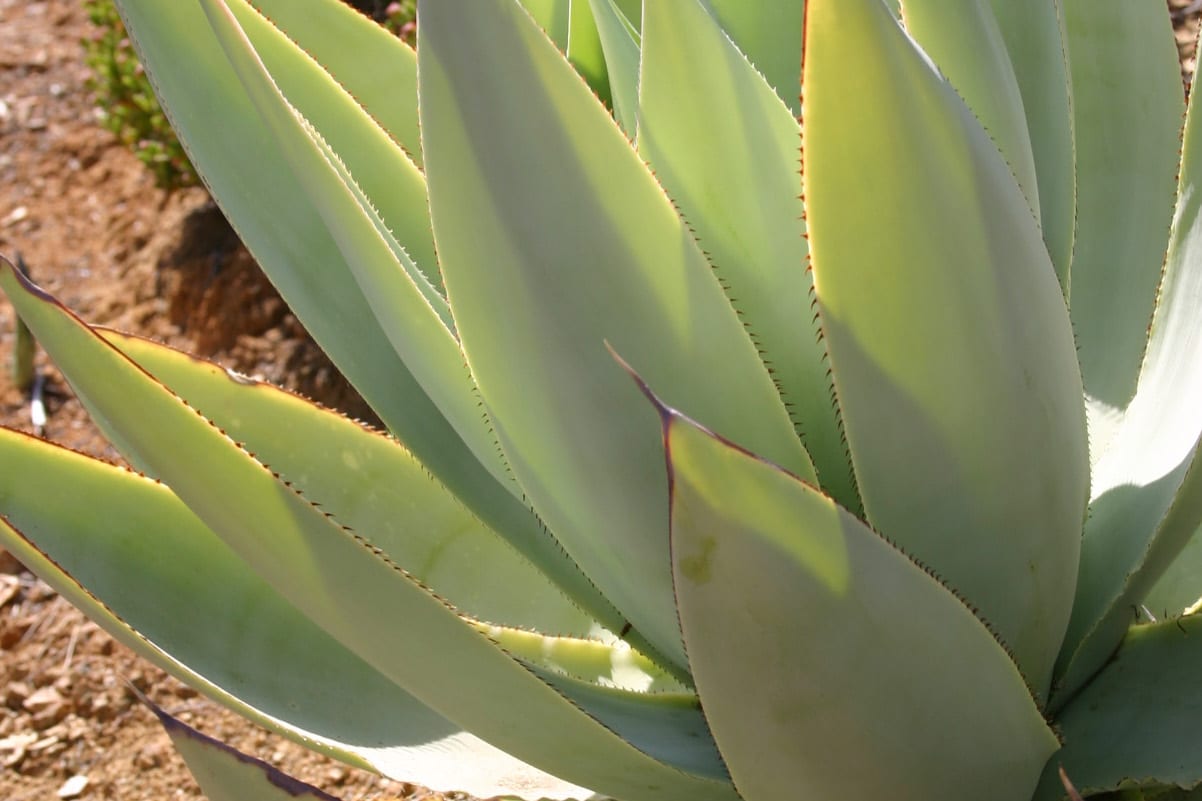
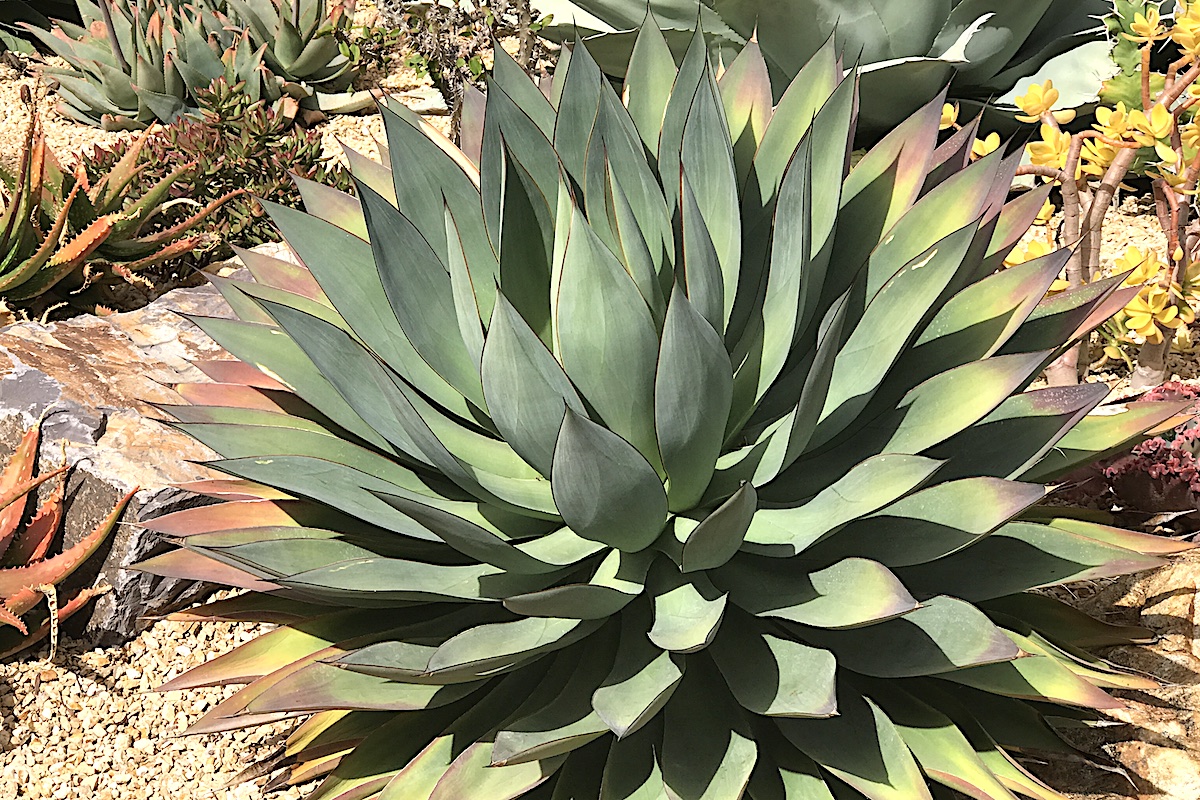
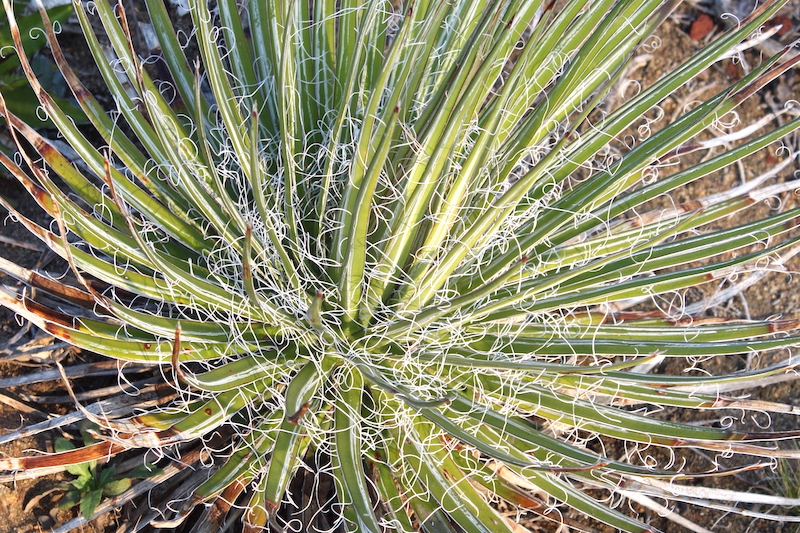
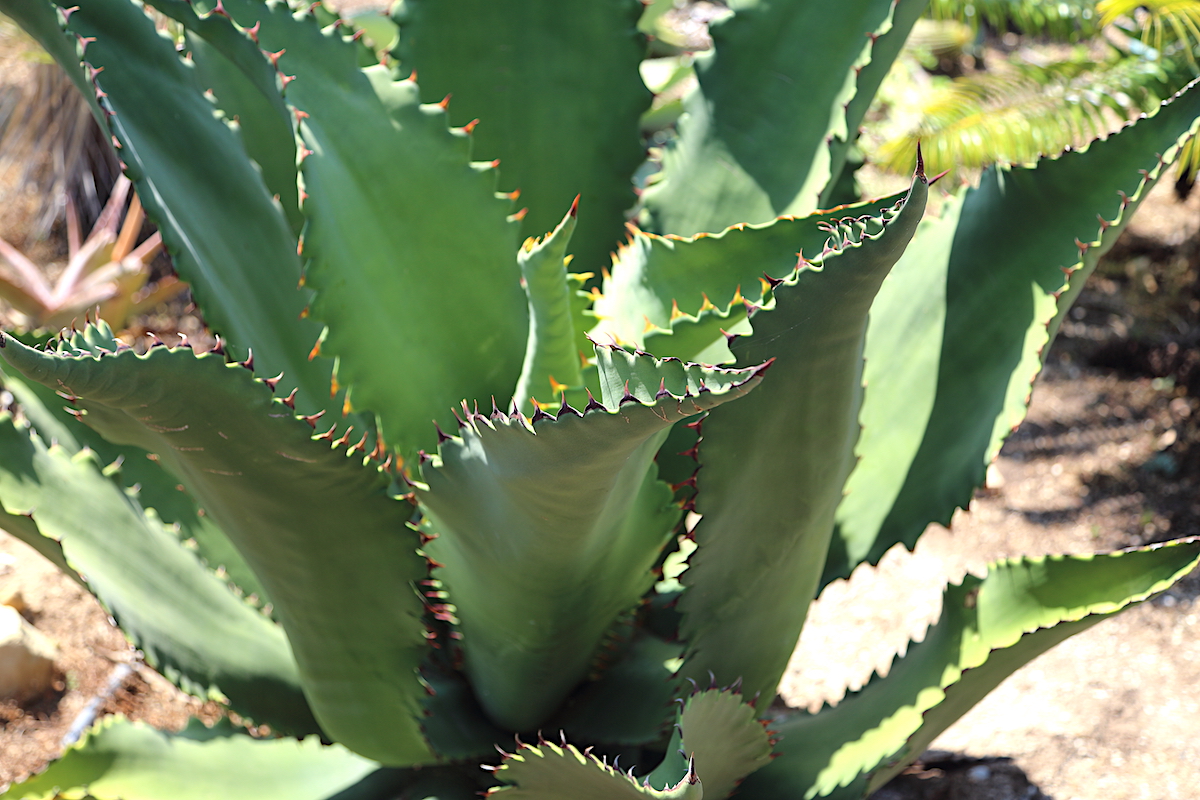

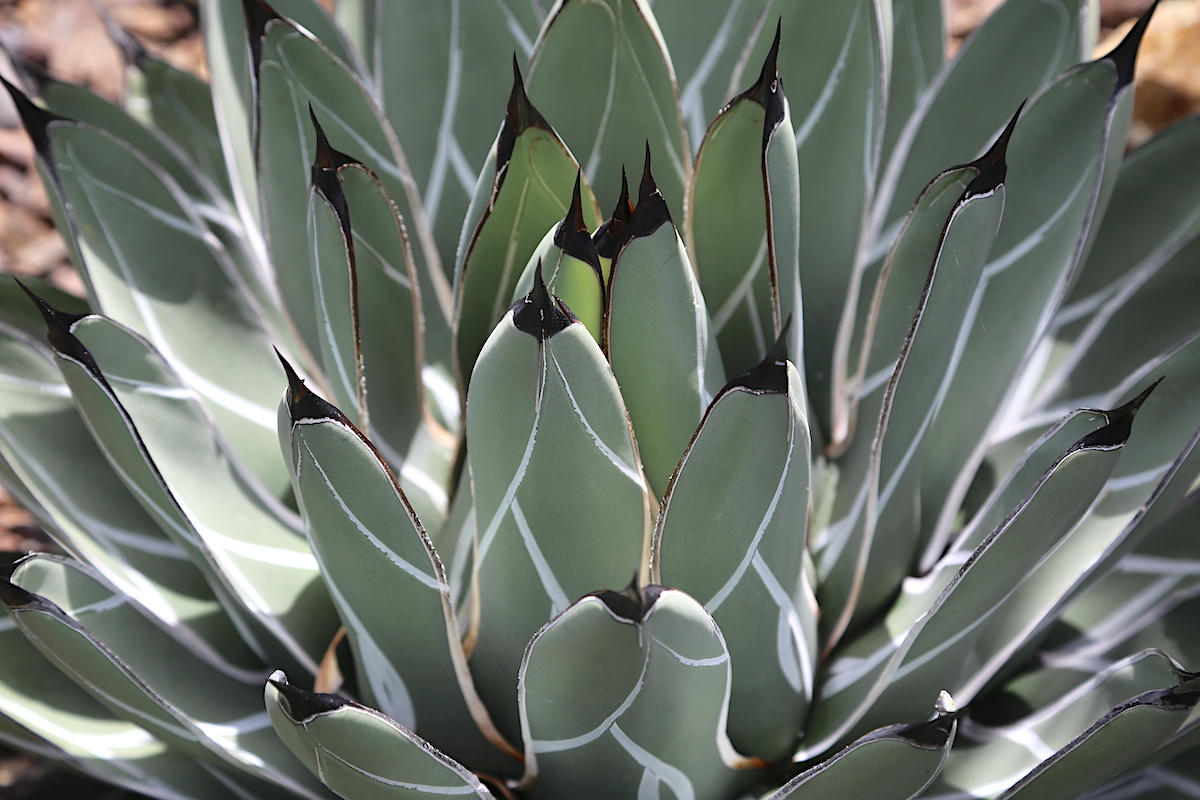
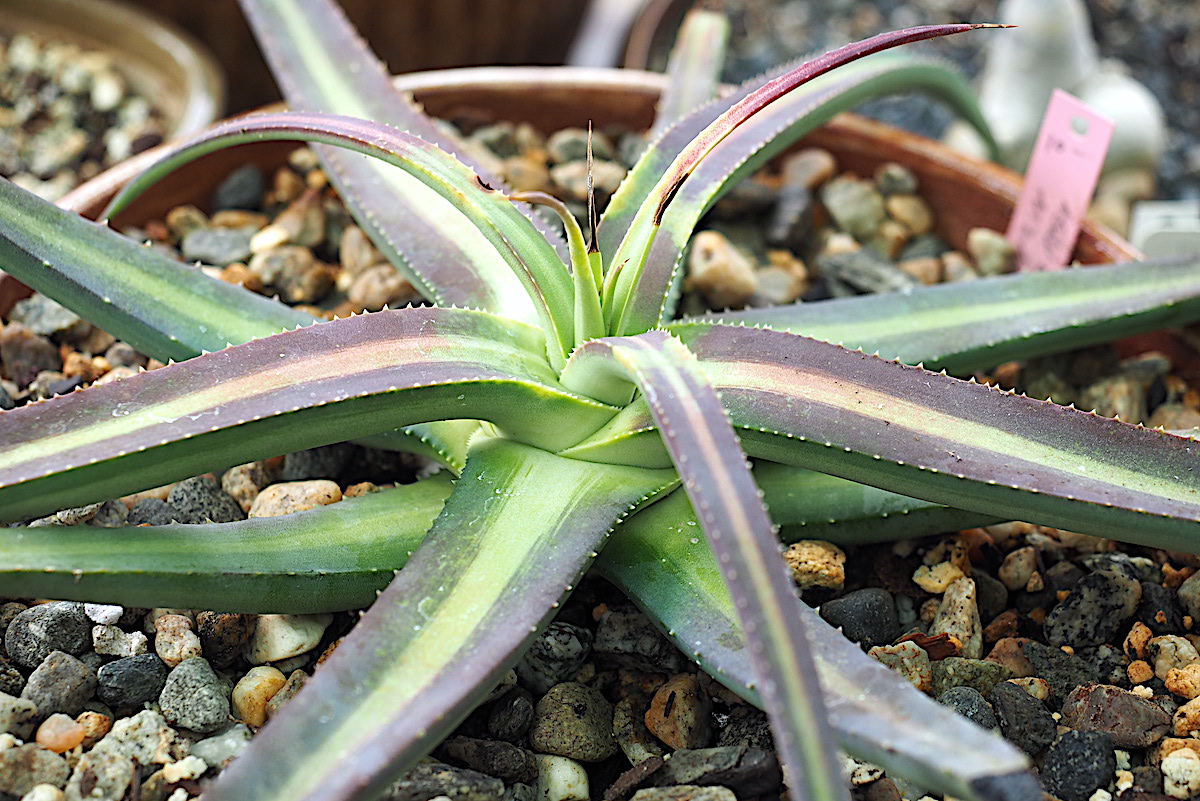
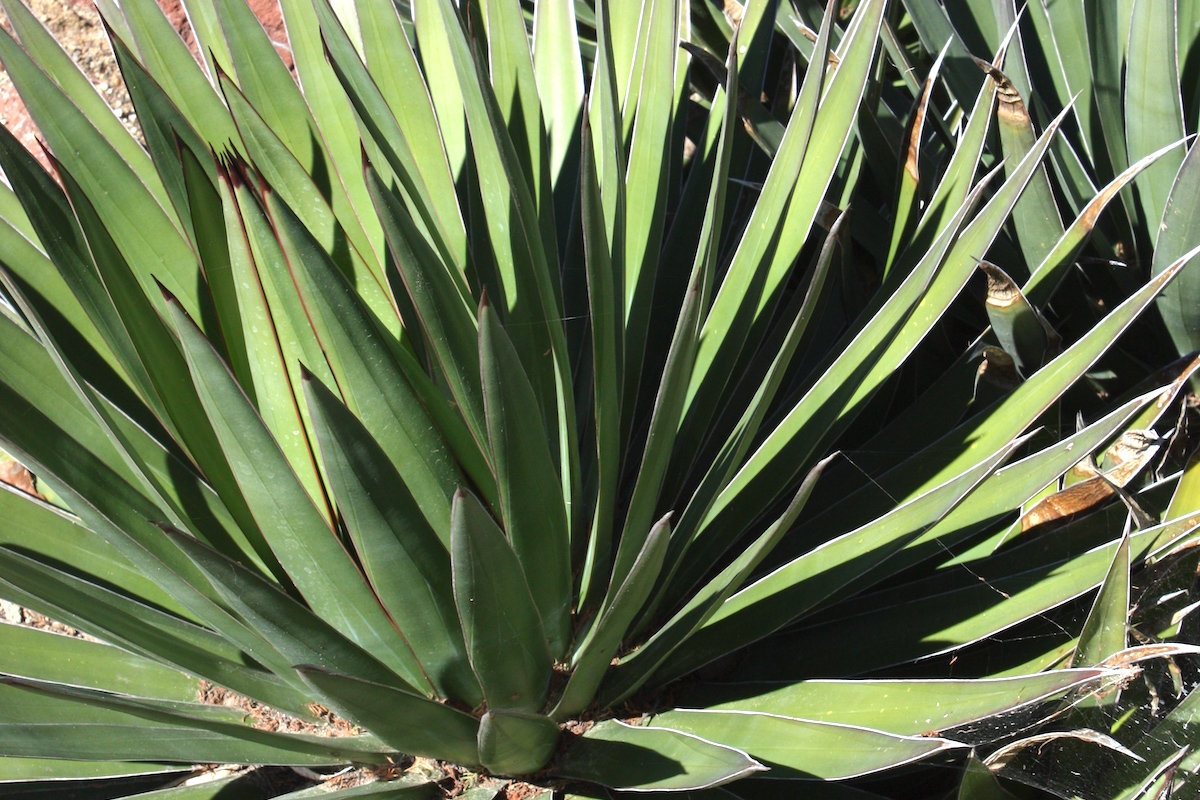
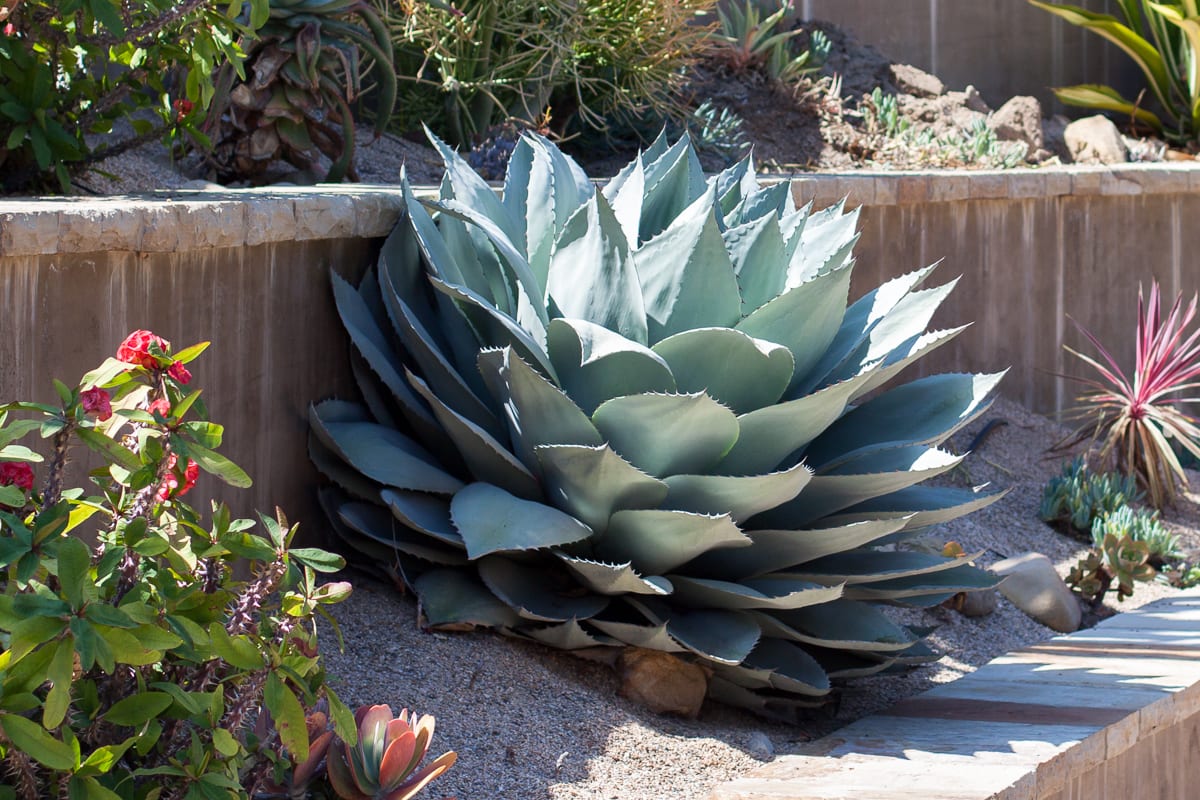
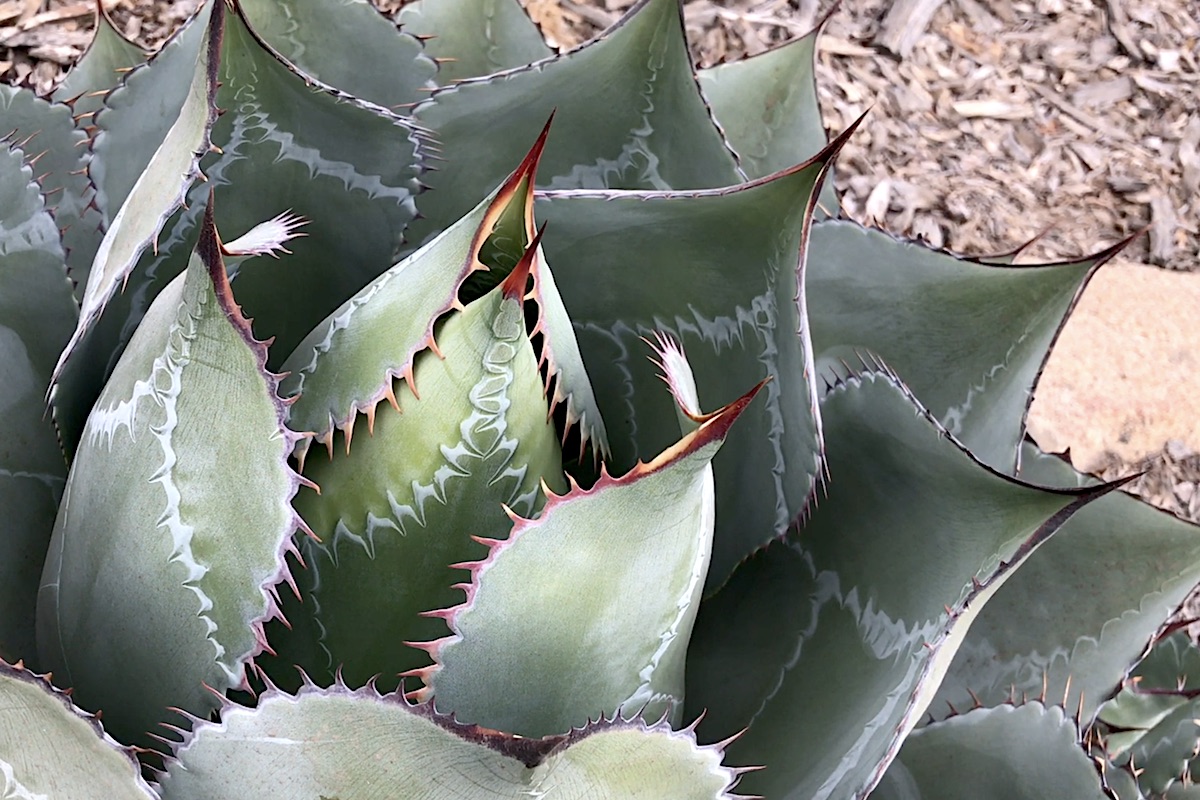
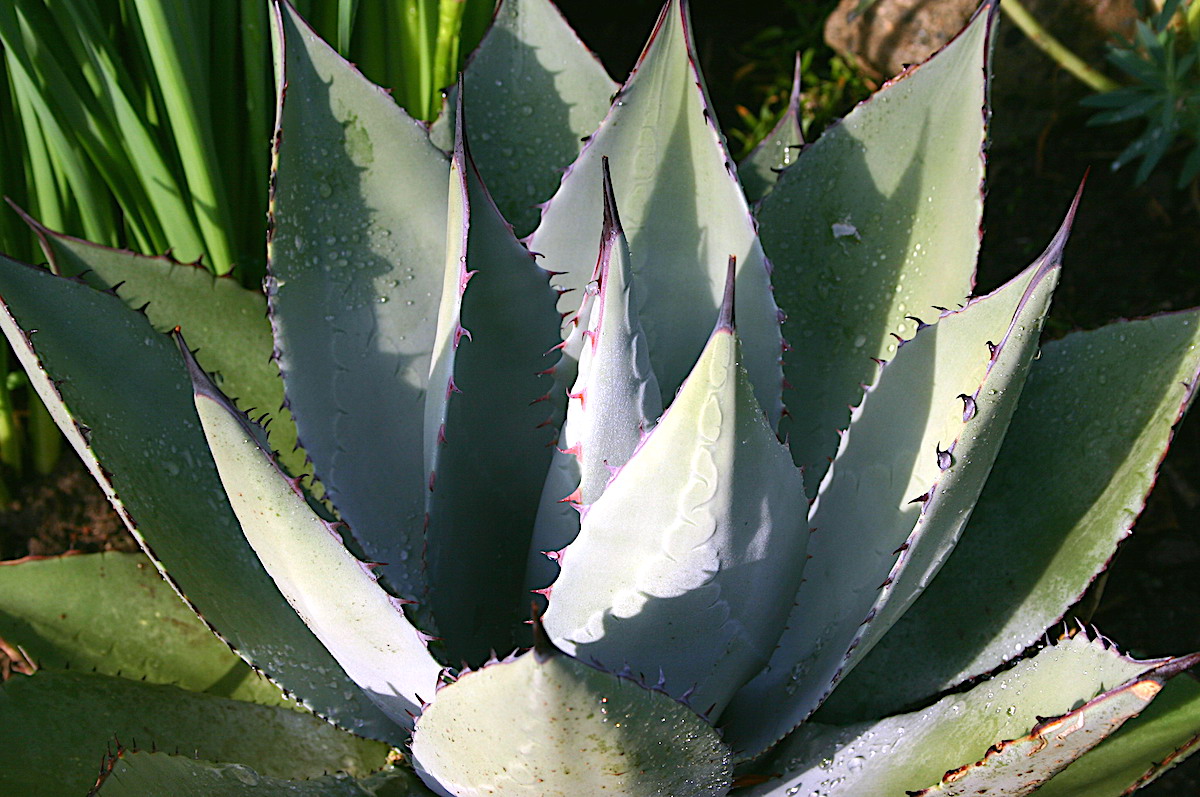
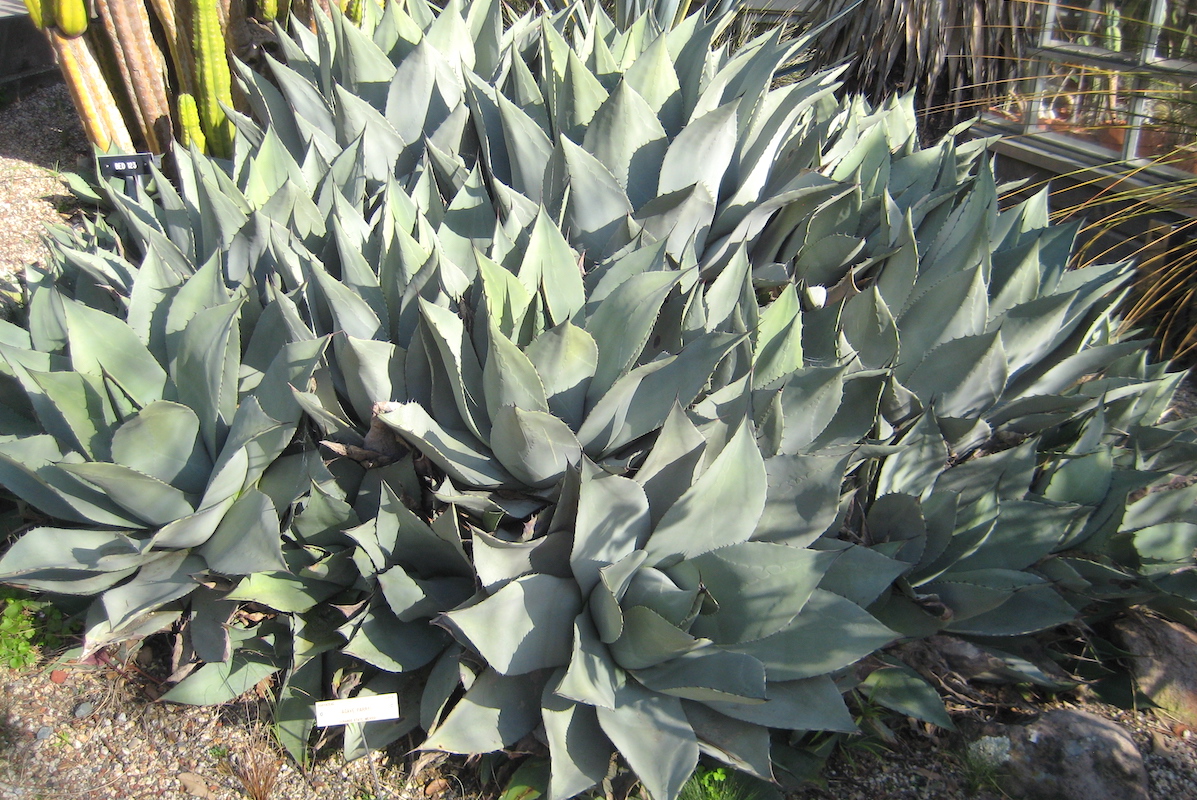
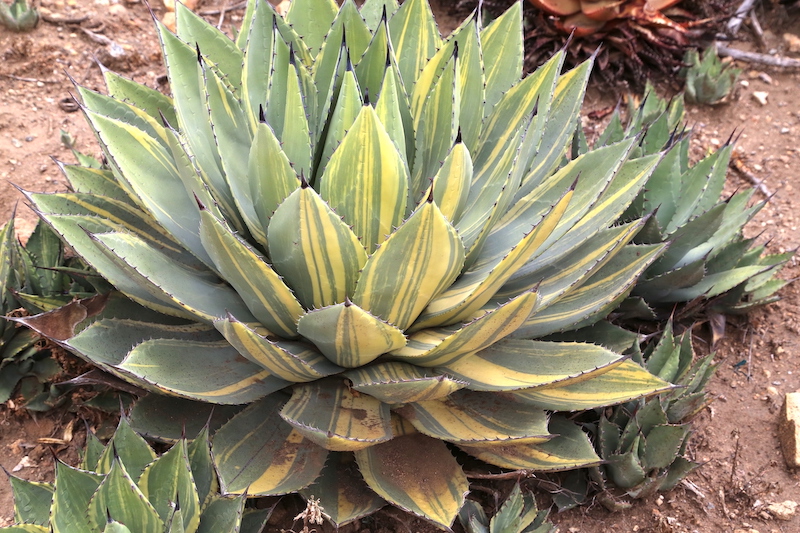
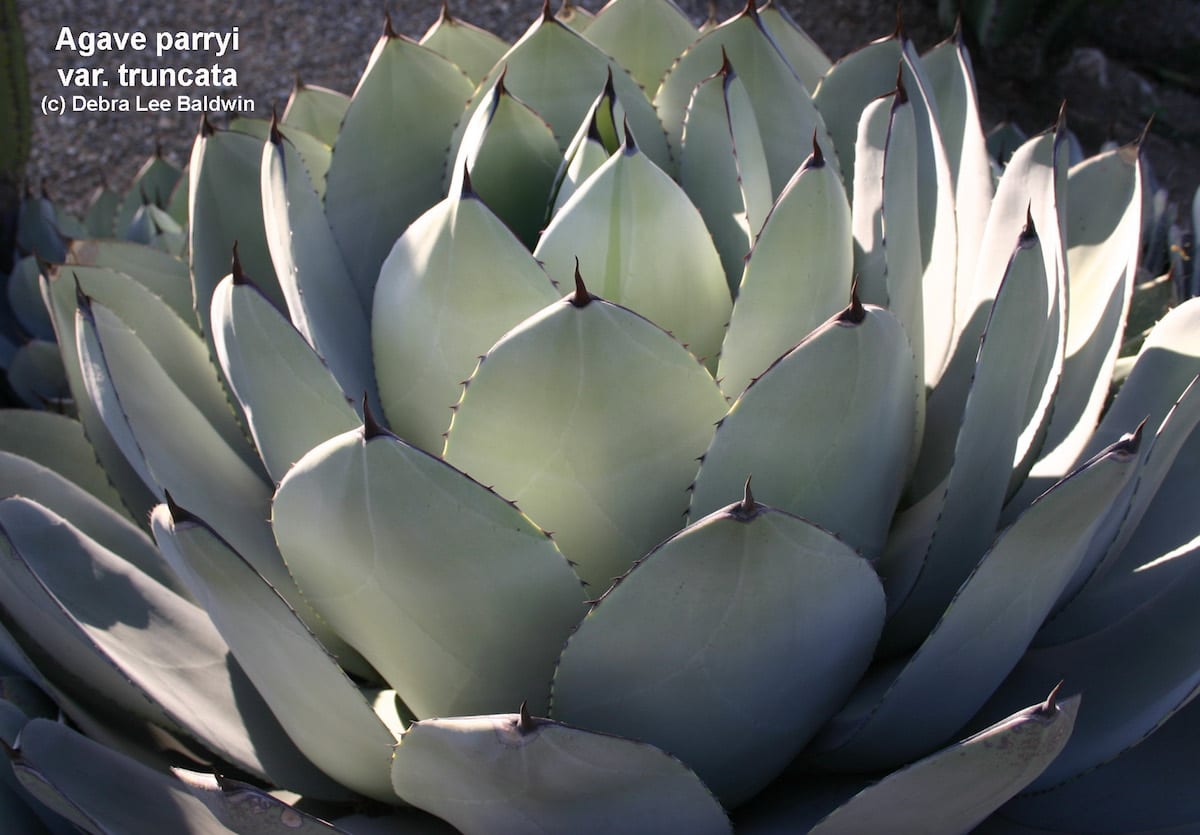
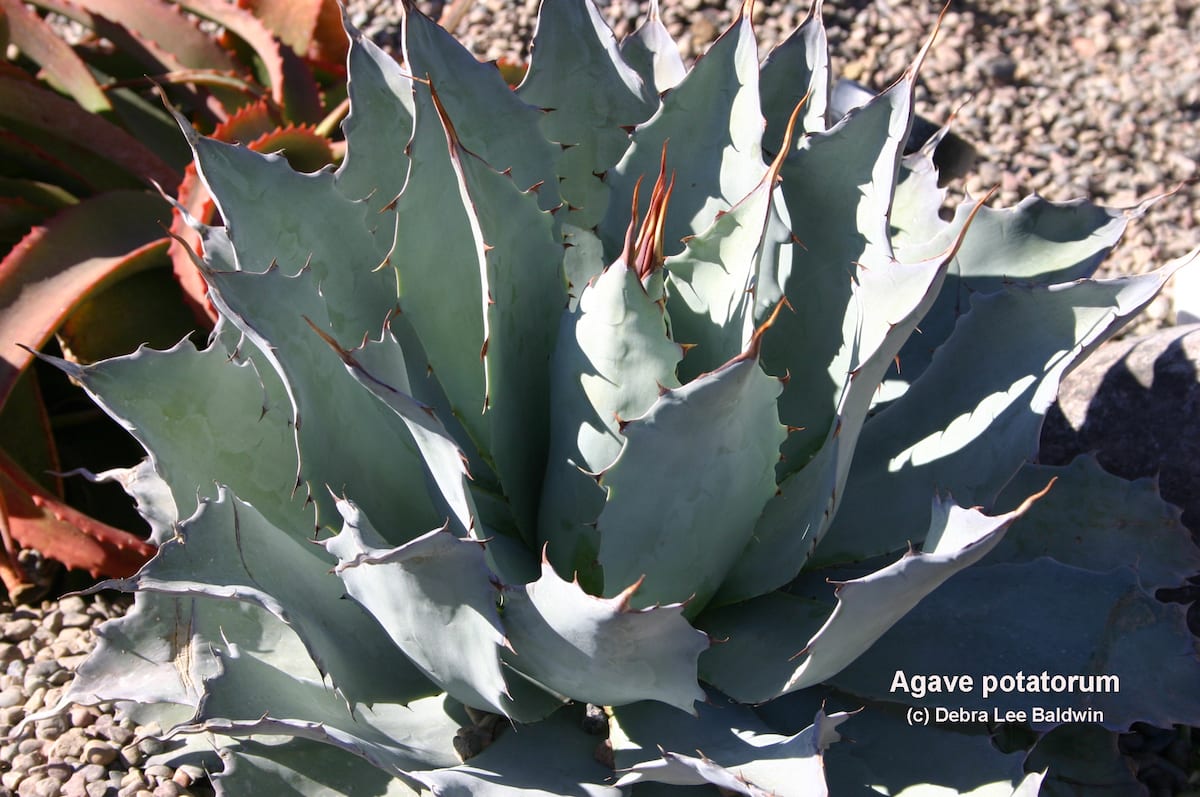
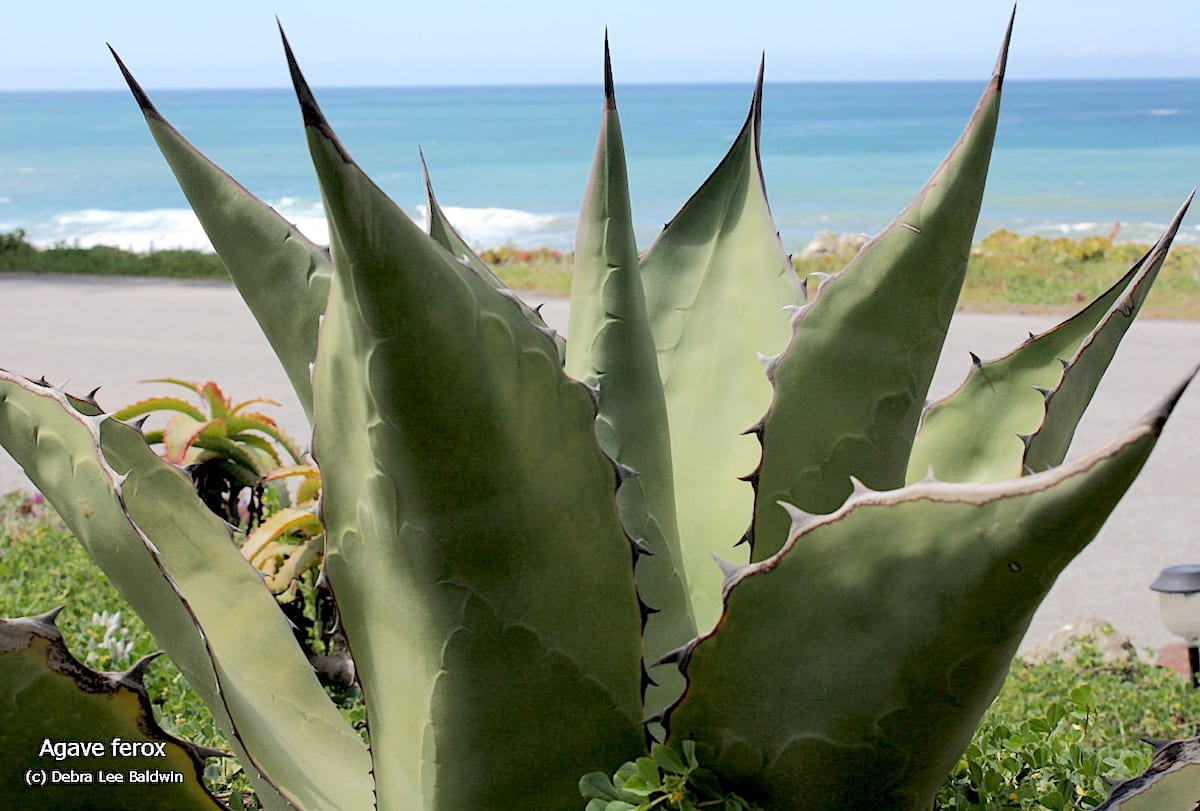
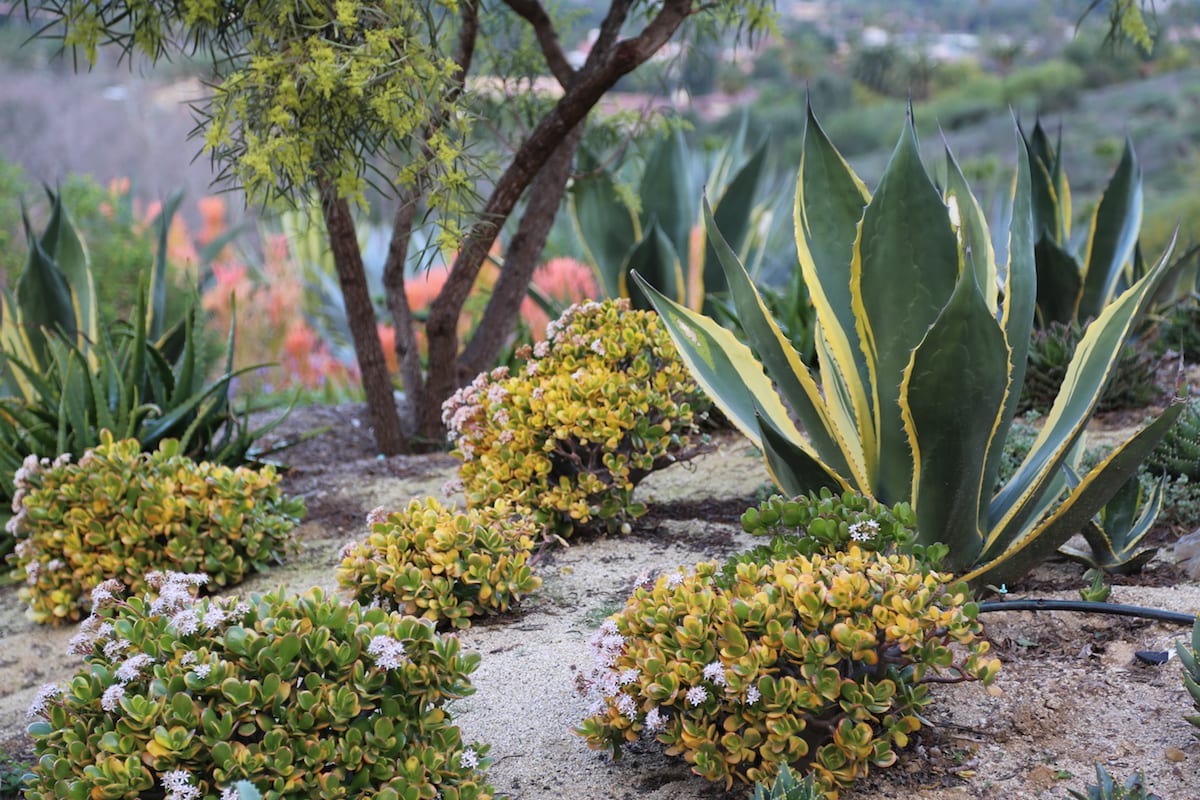
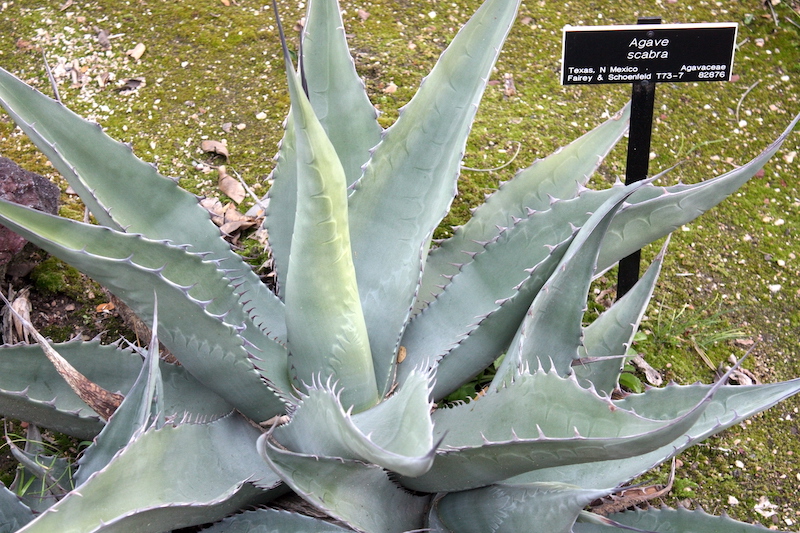
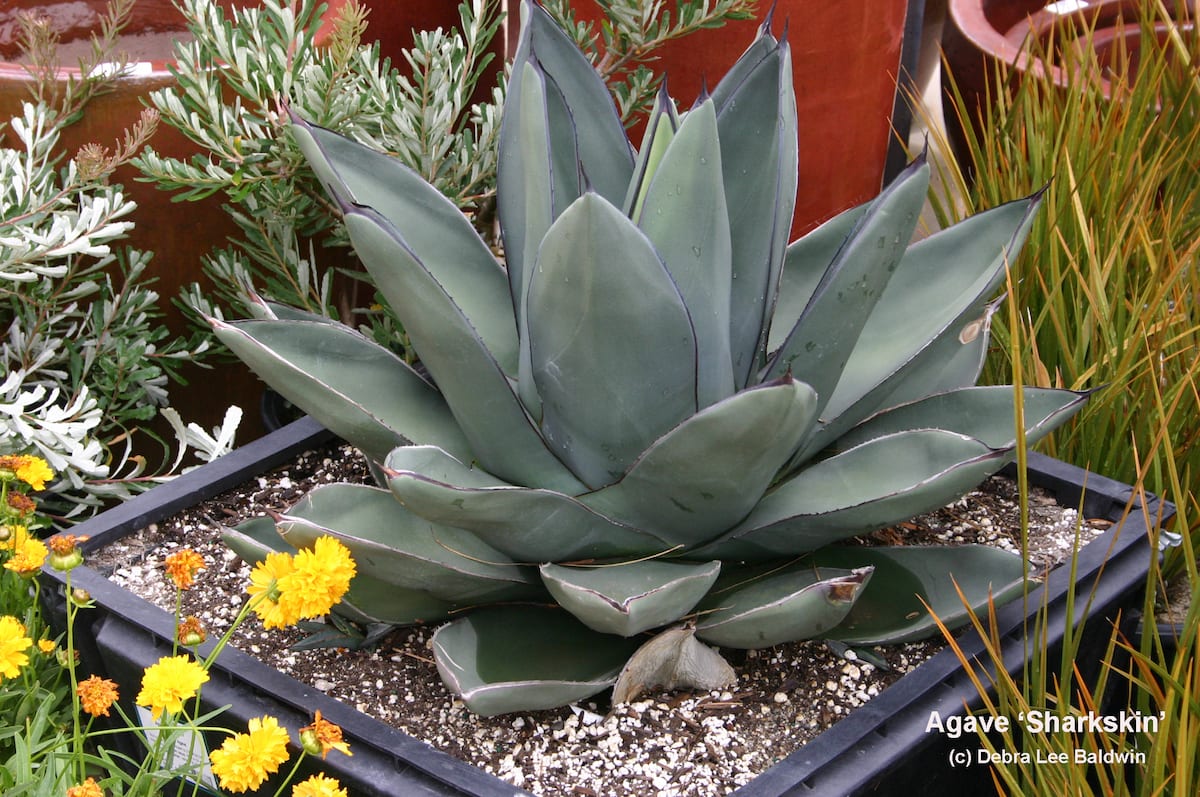
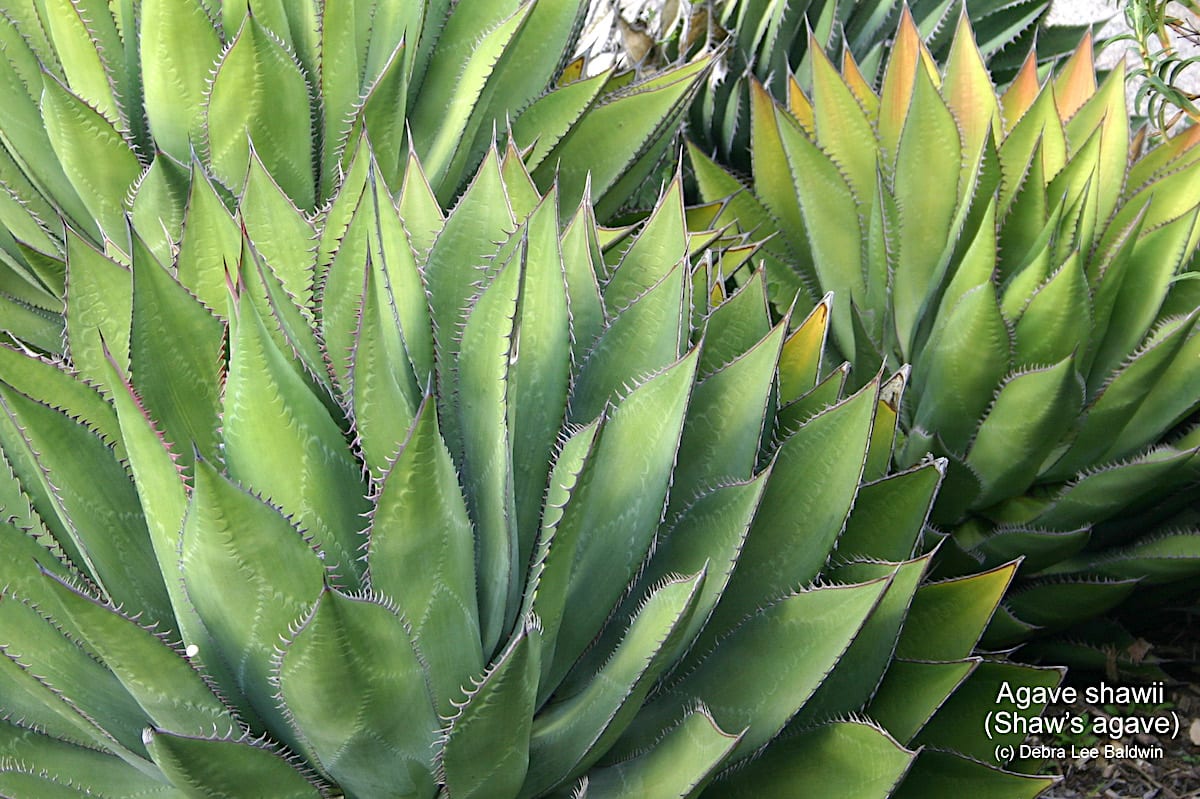
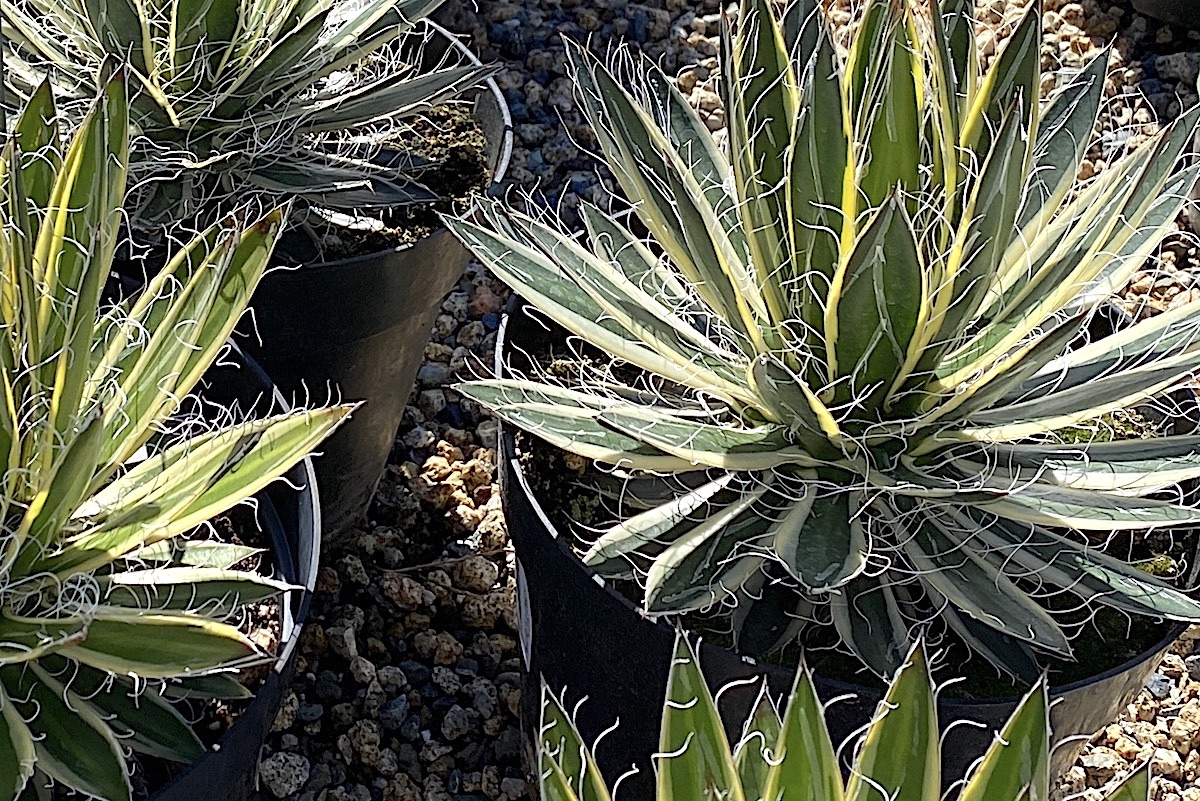
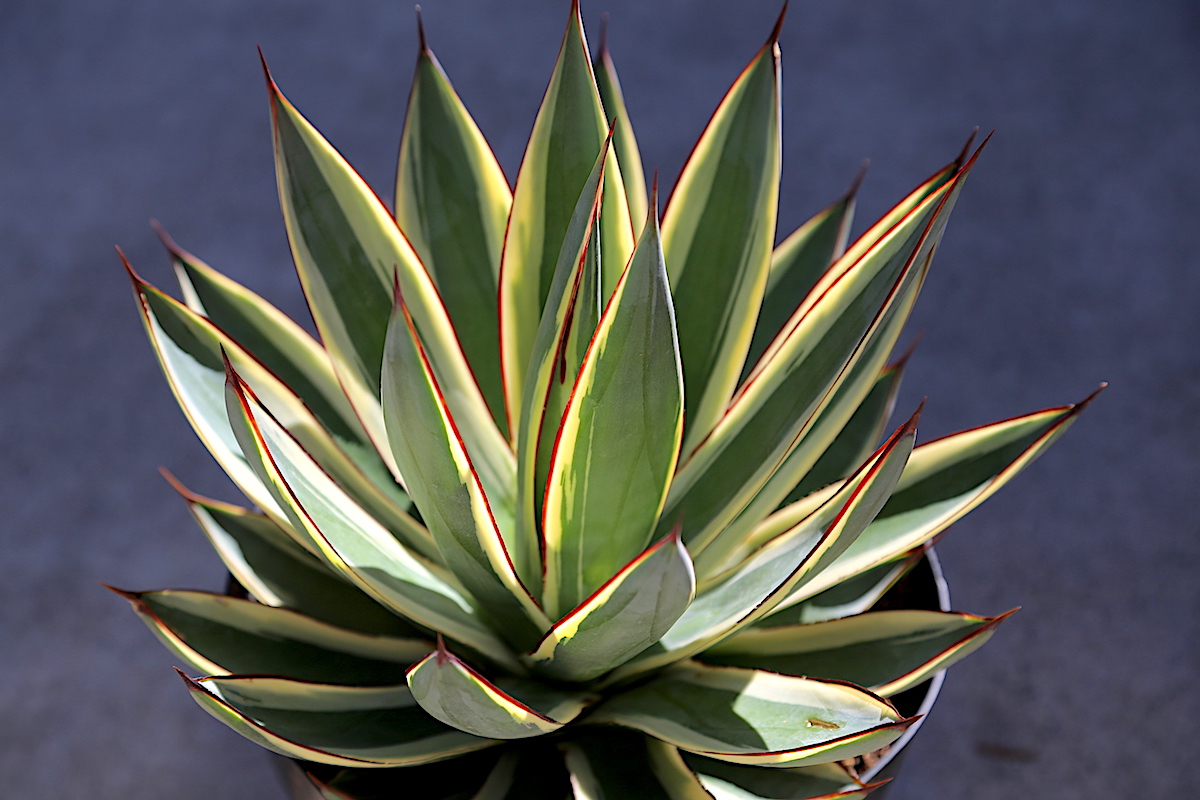
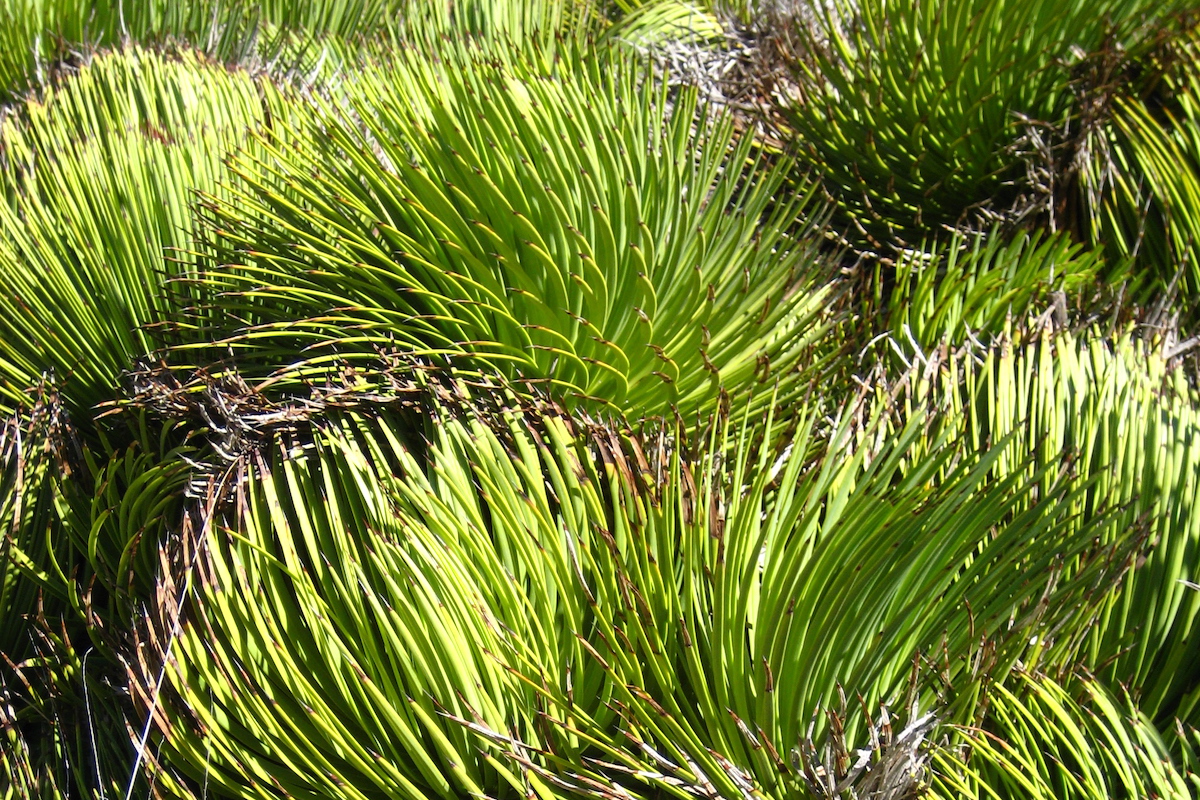
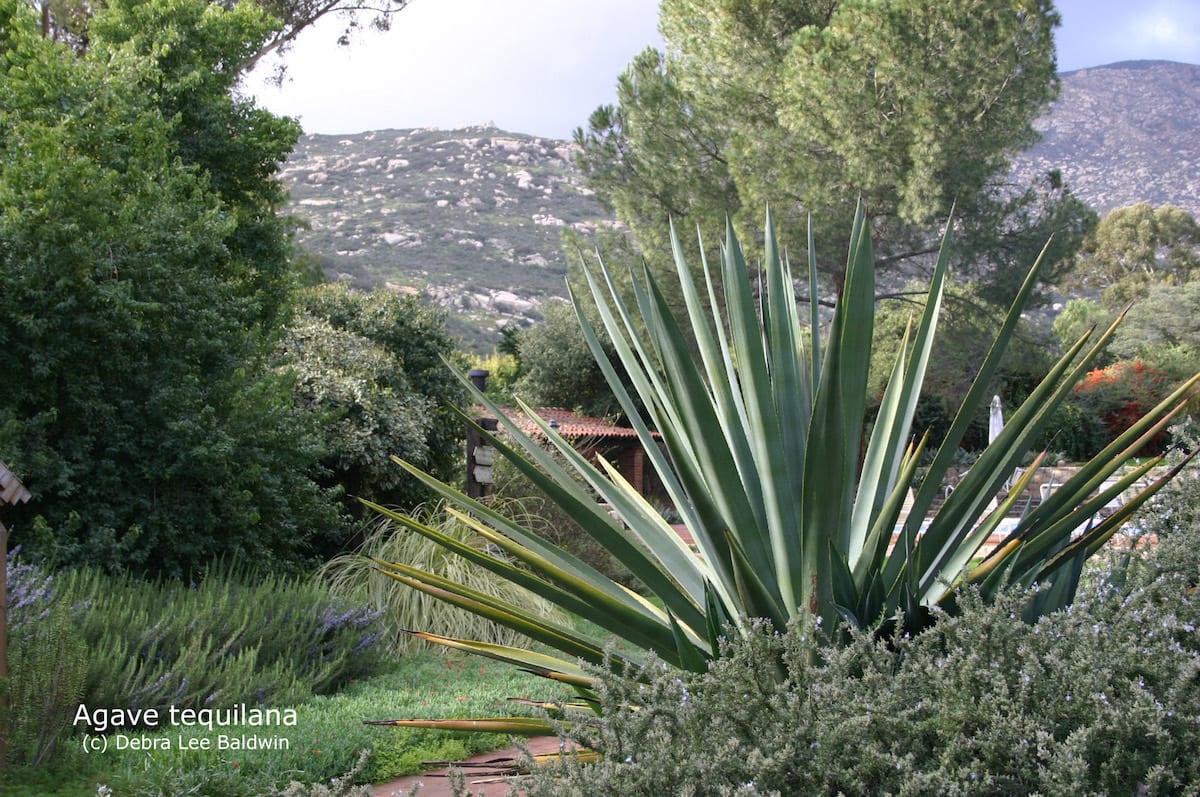
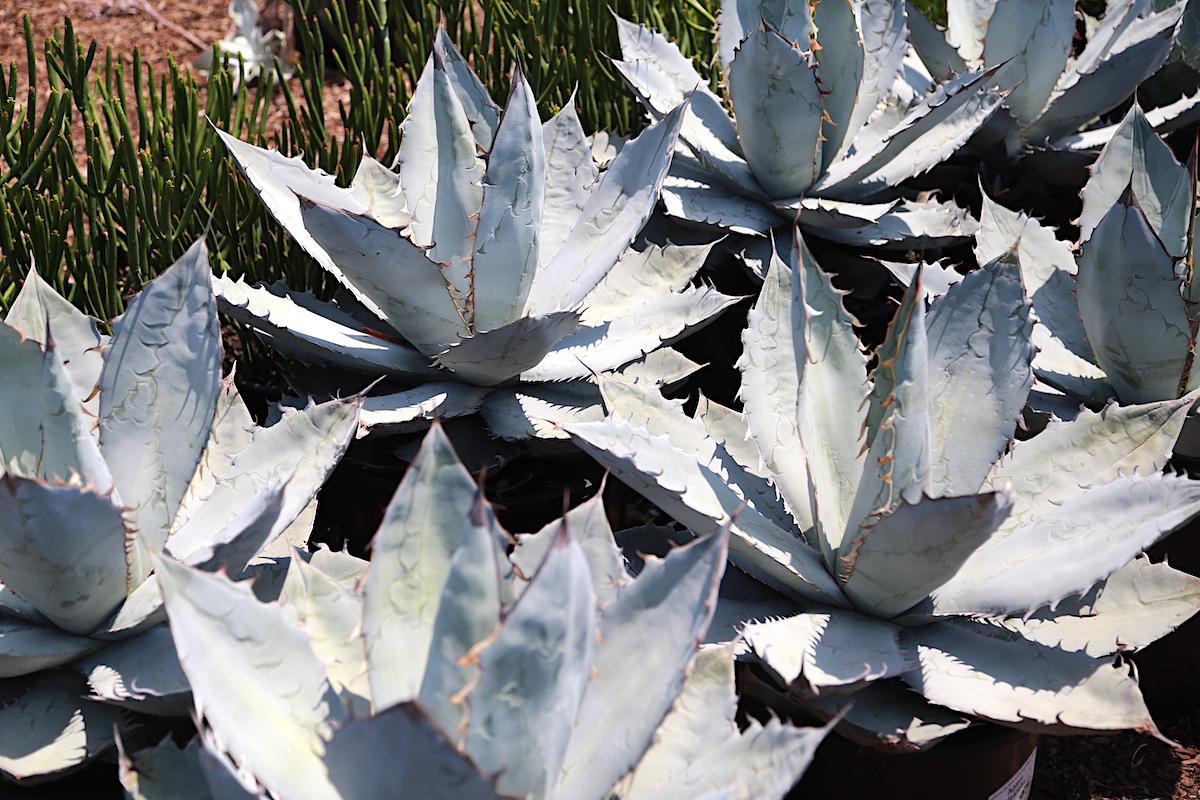
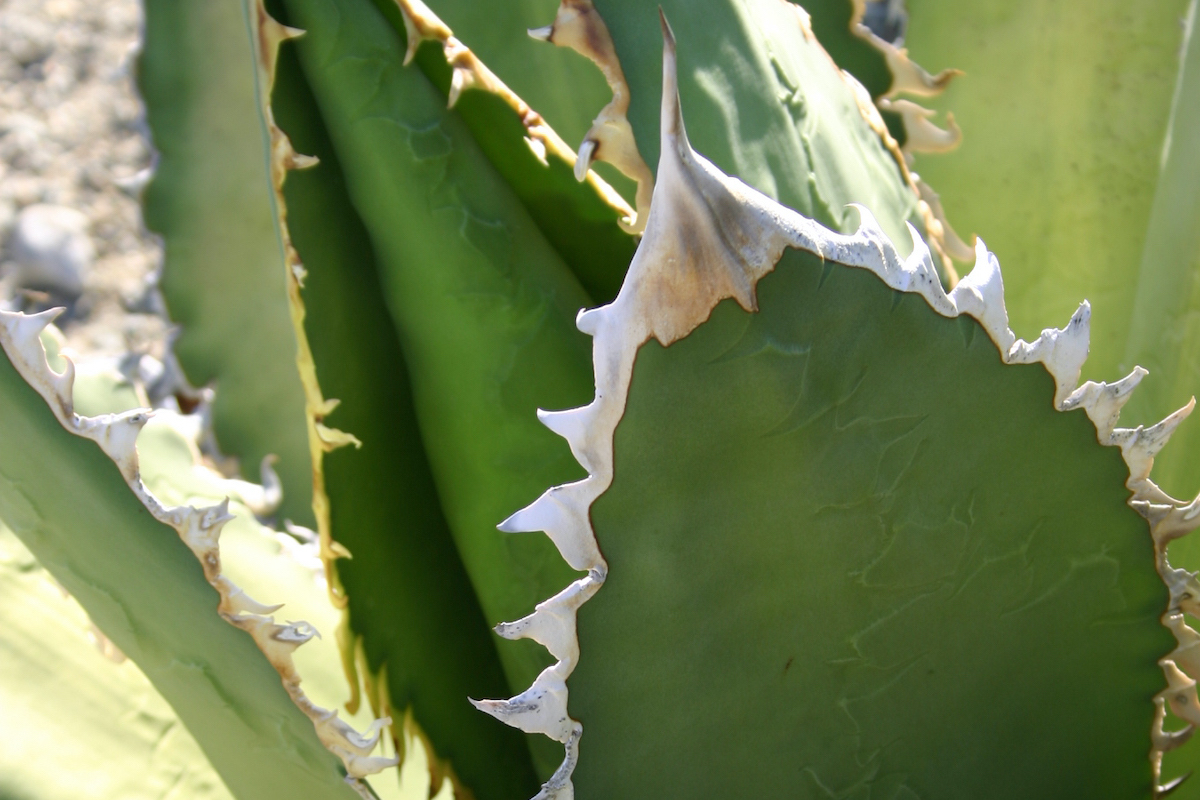
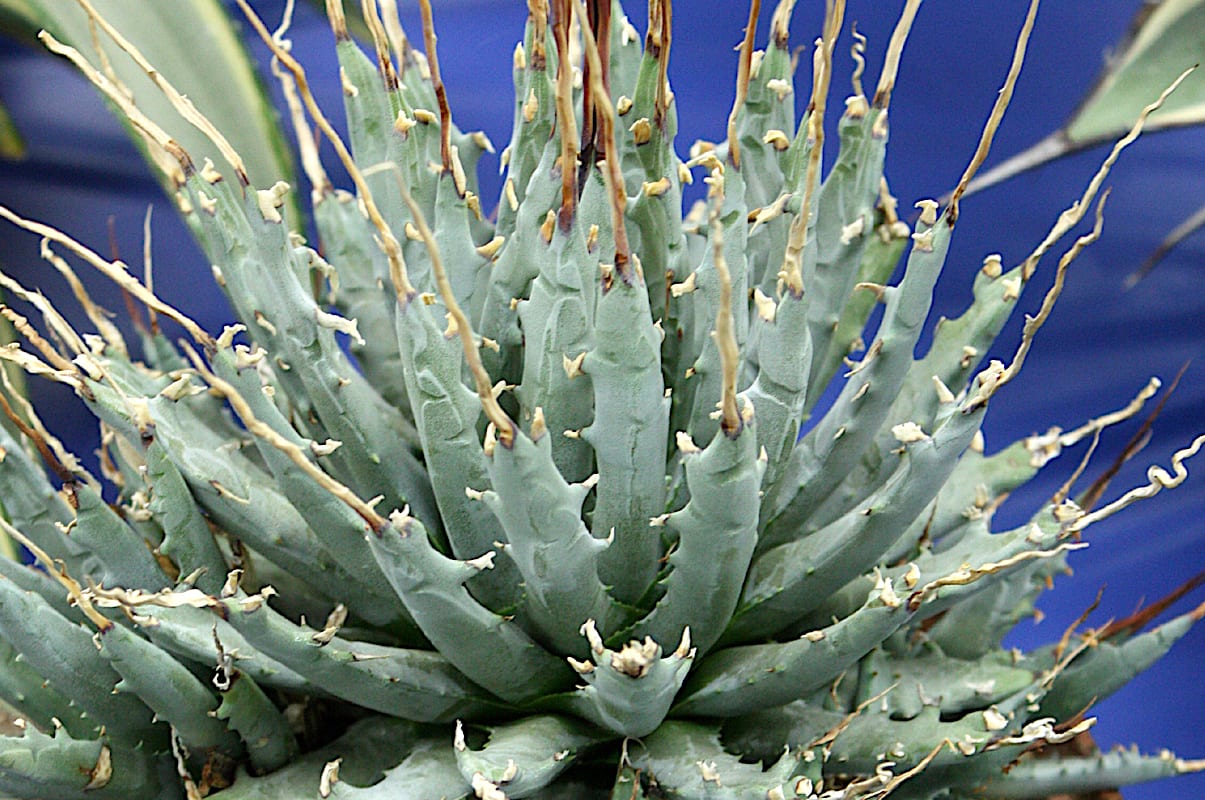
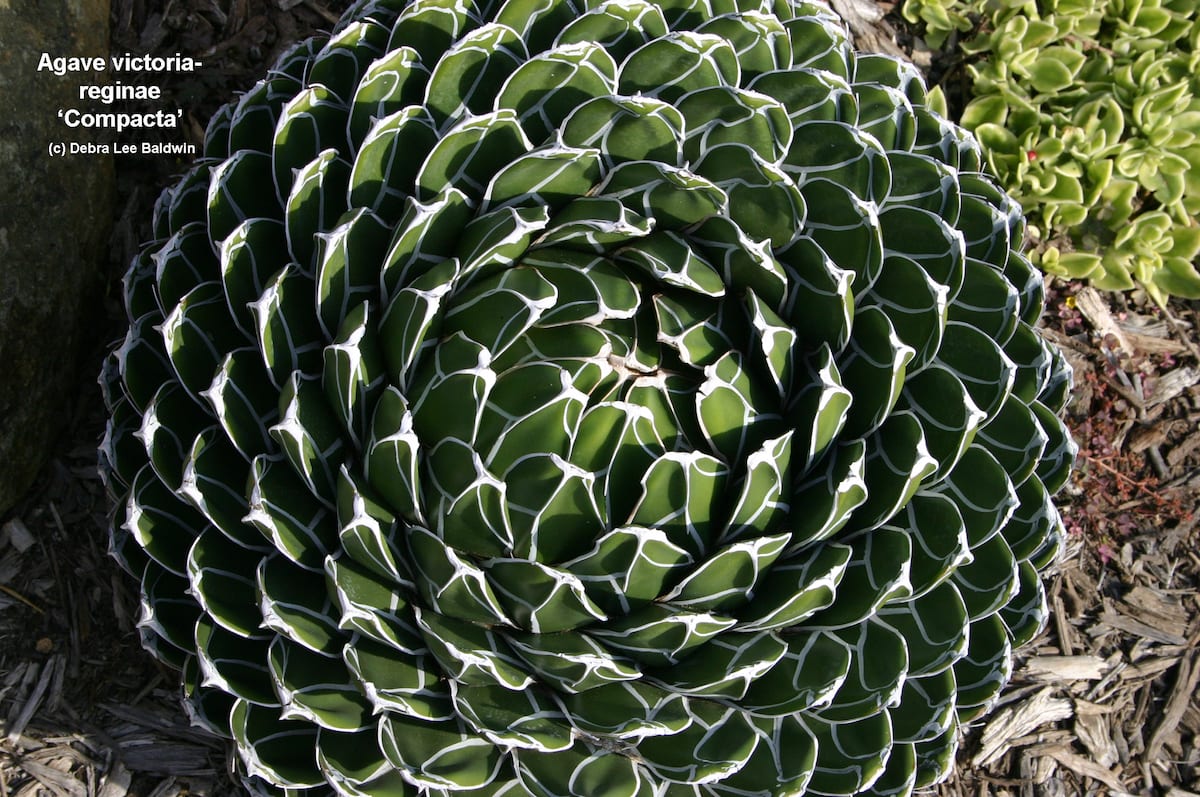
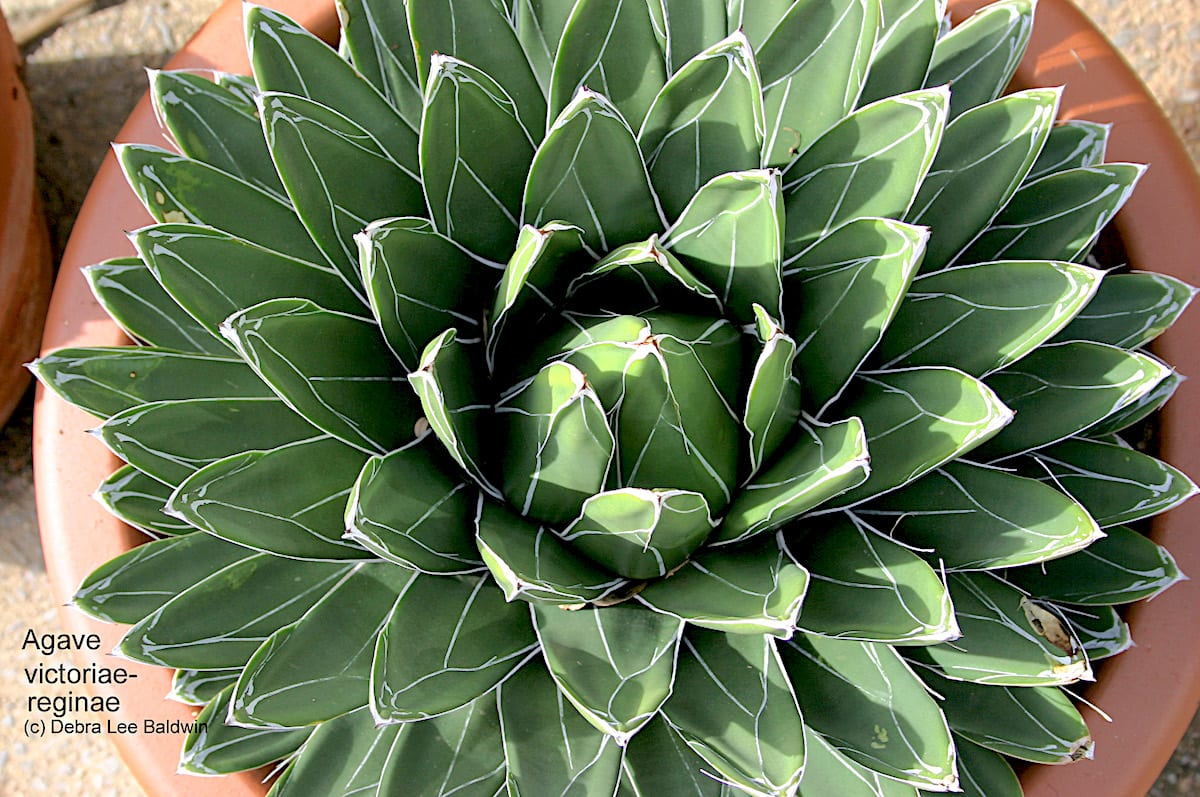
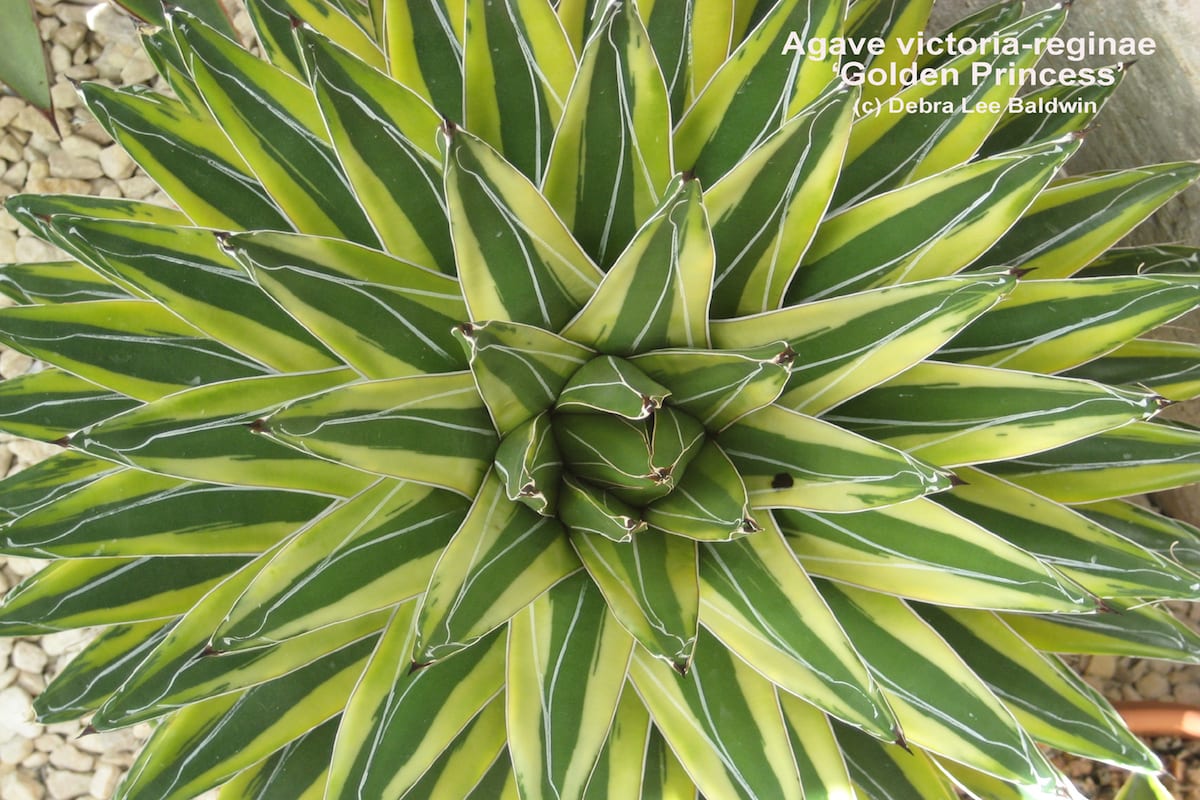
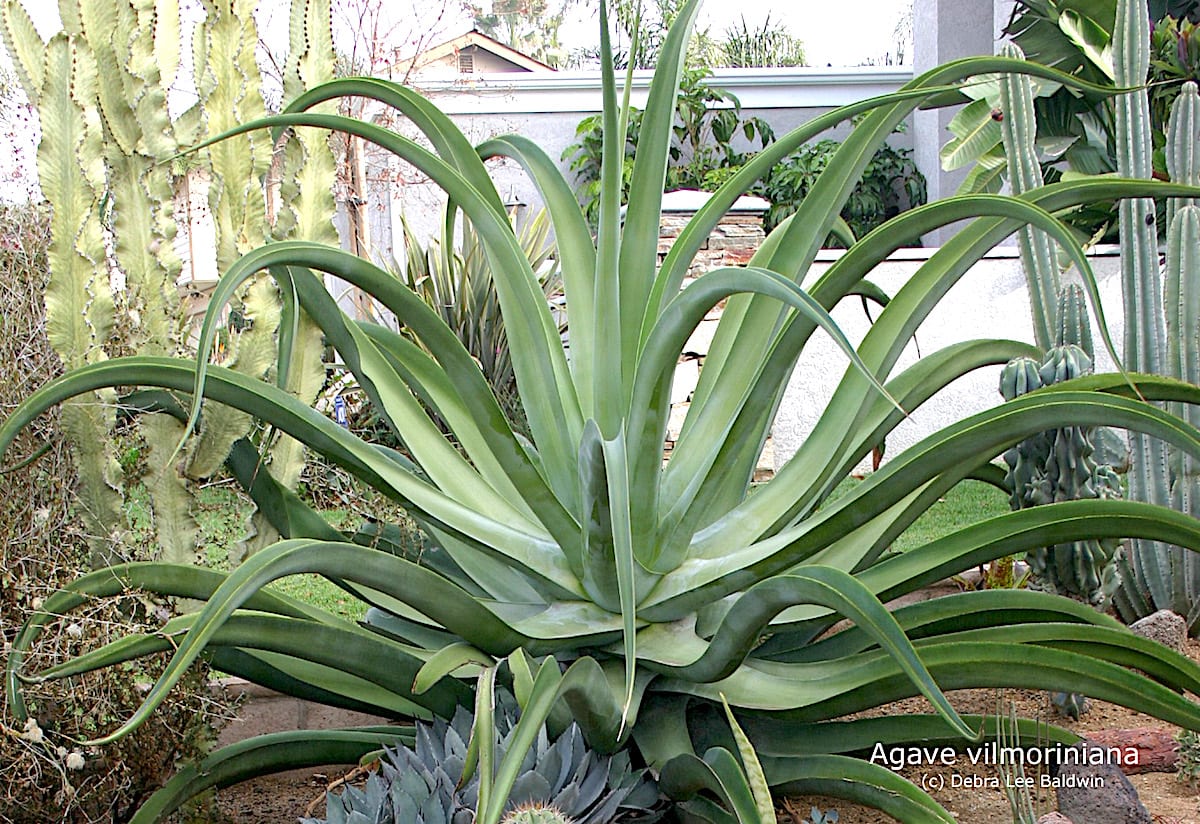
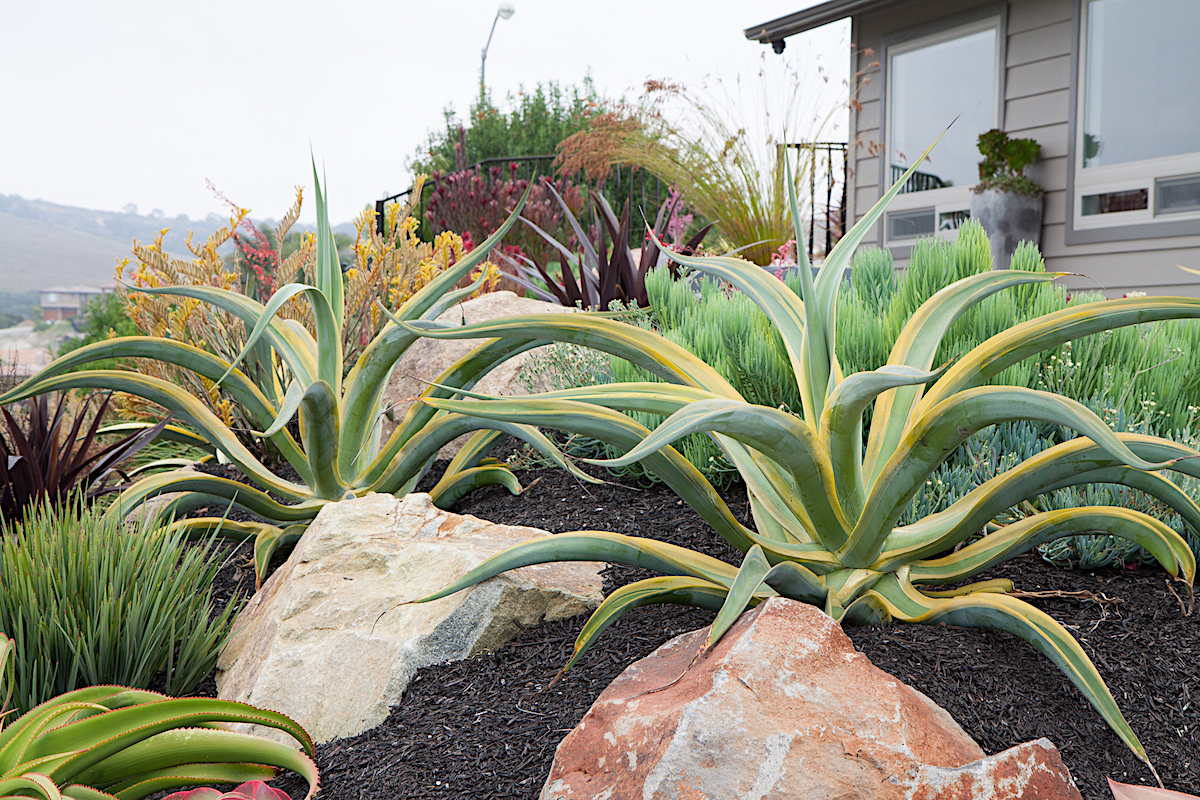
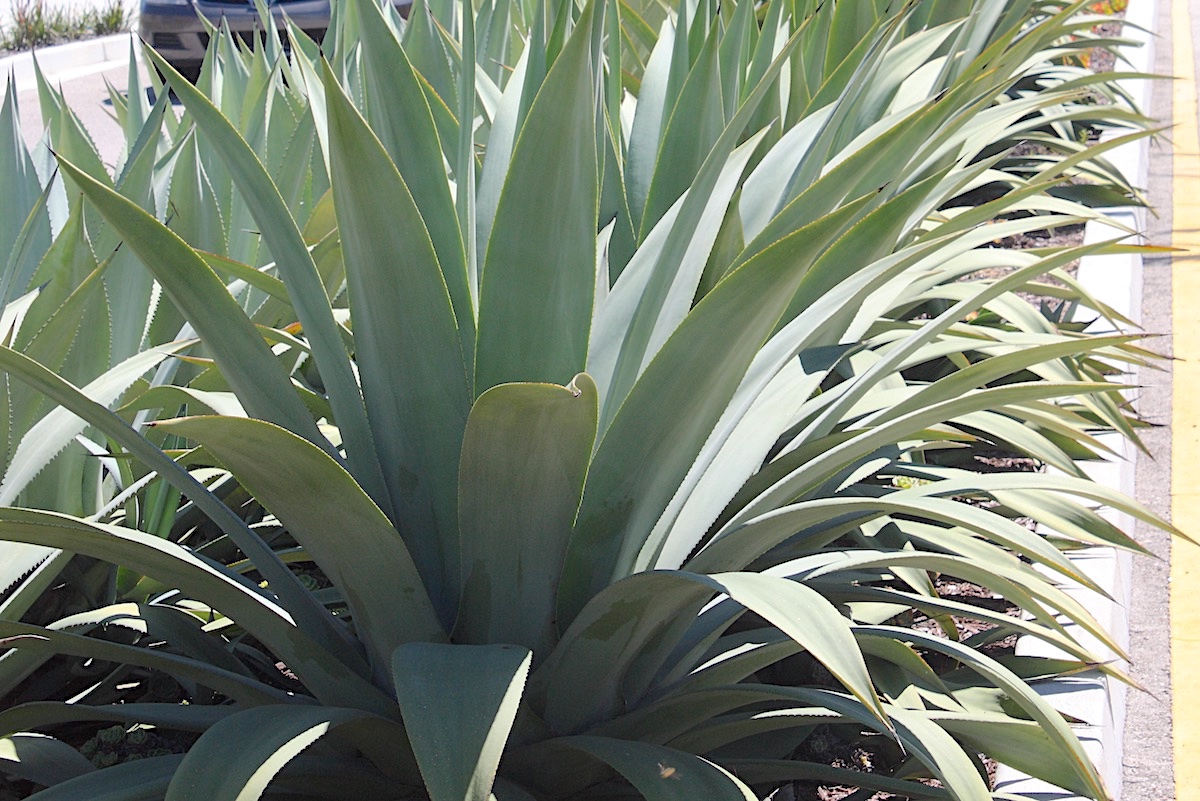
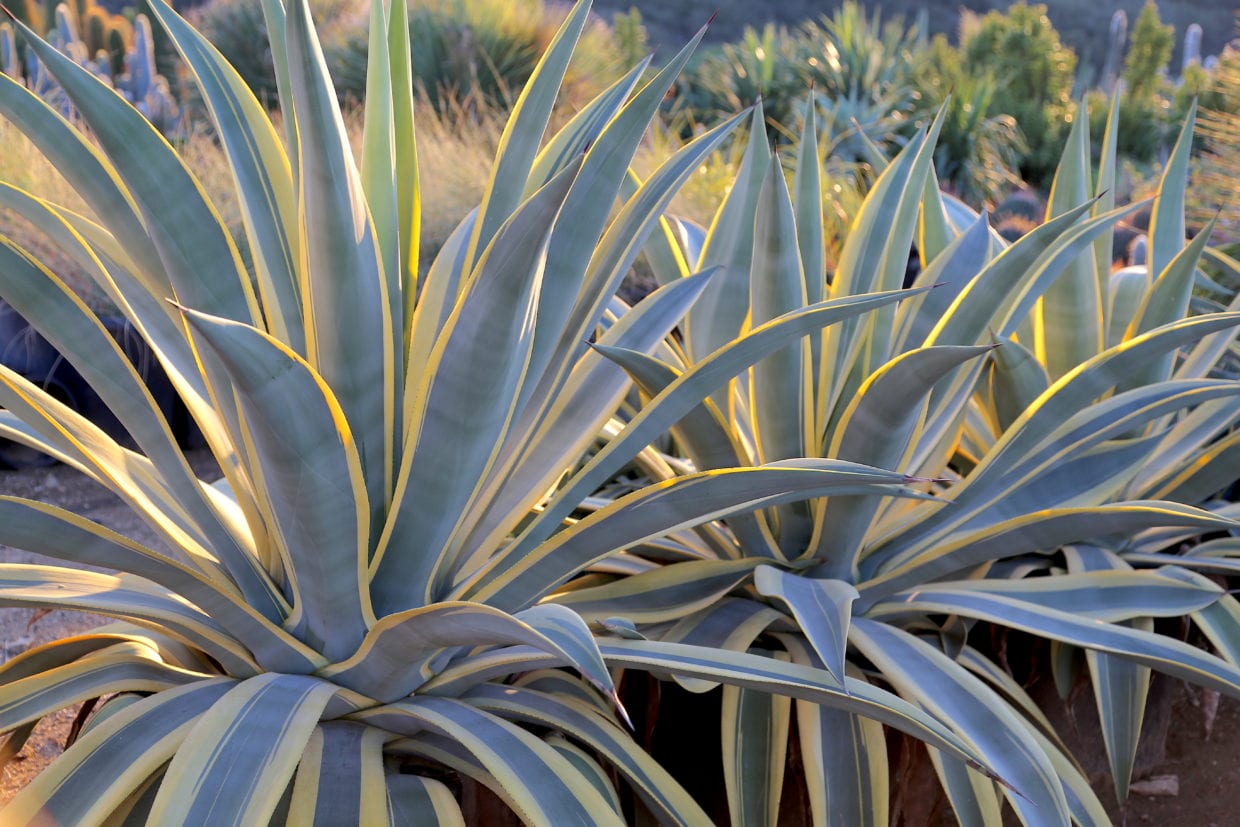
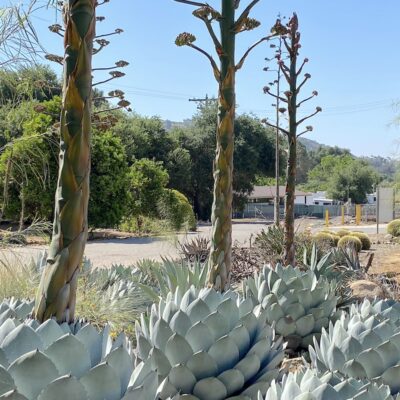
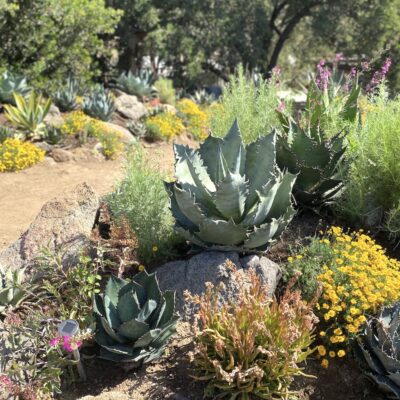
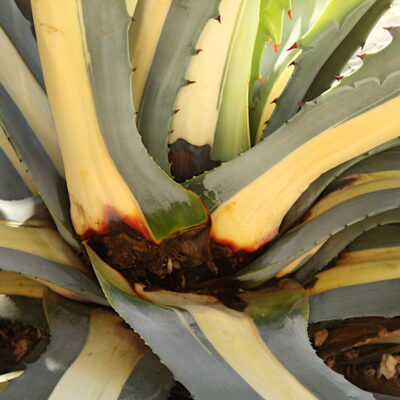
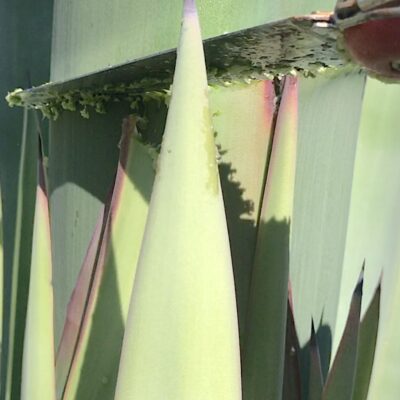
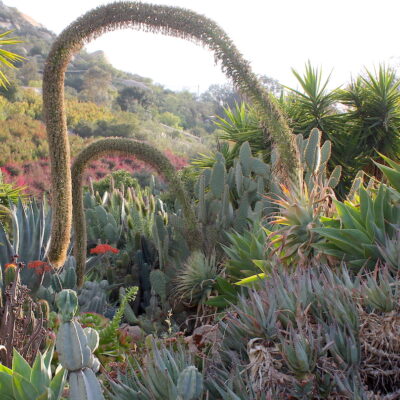
-custom_crop.jpg)